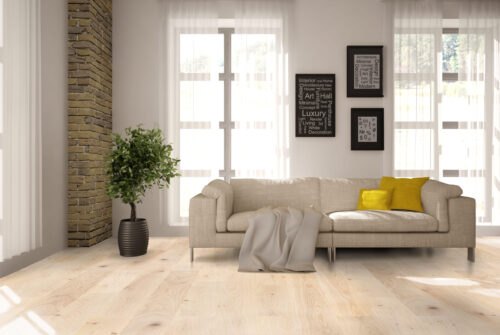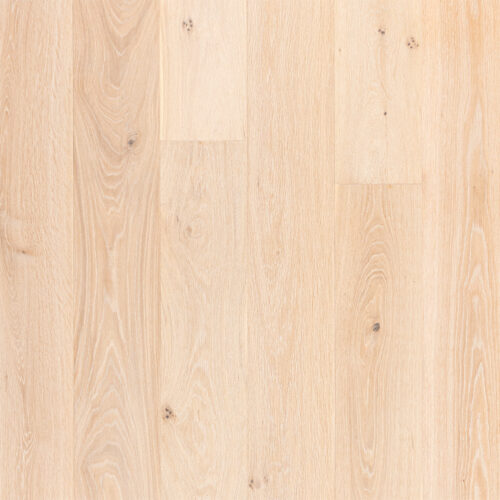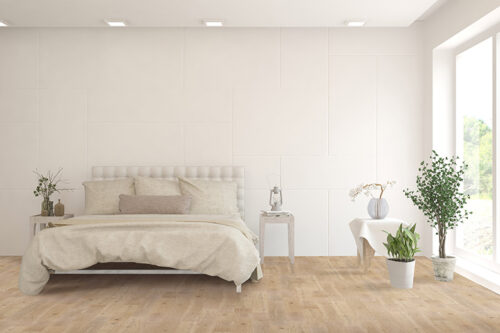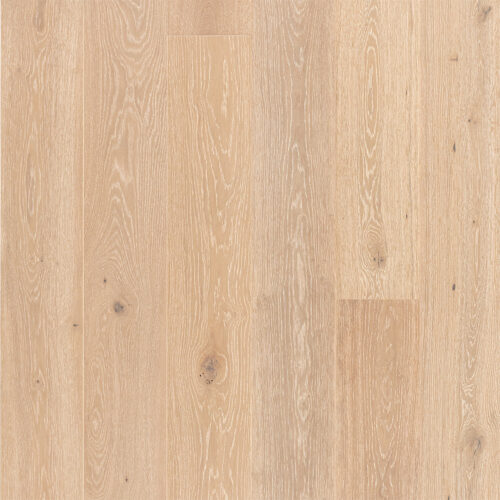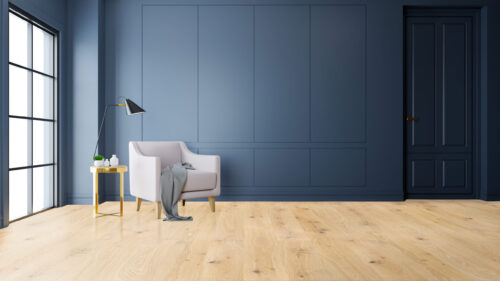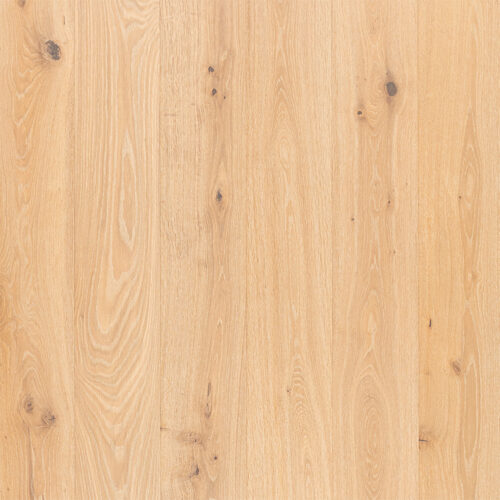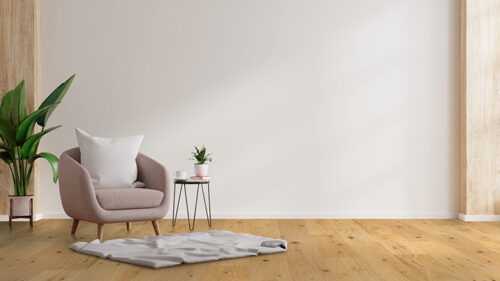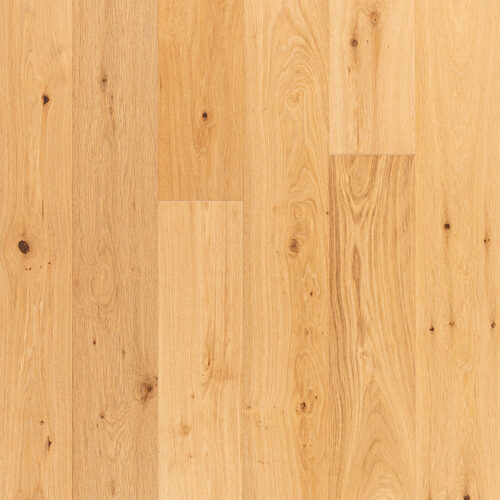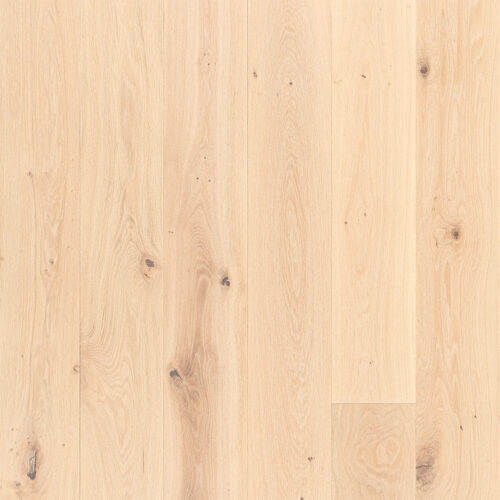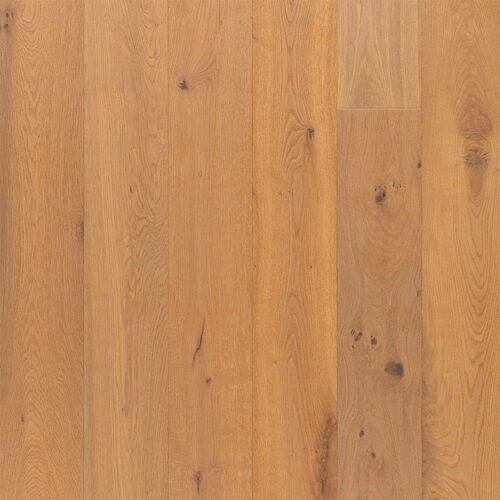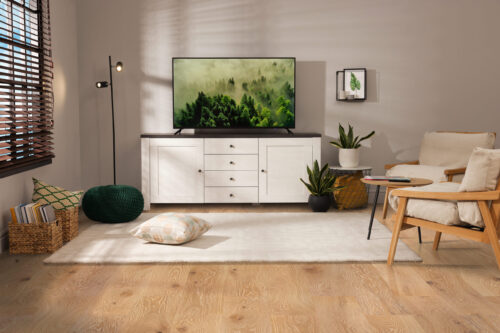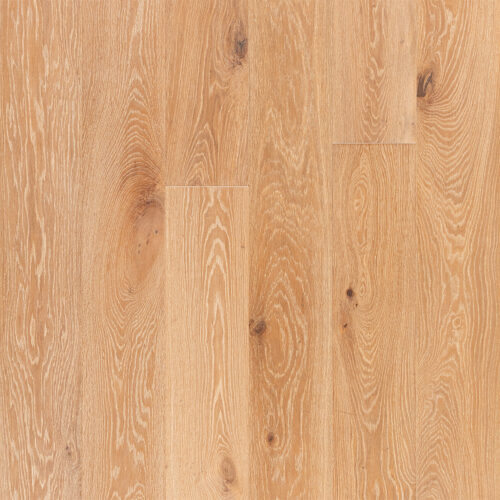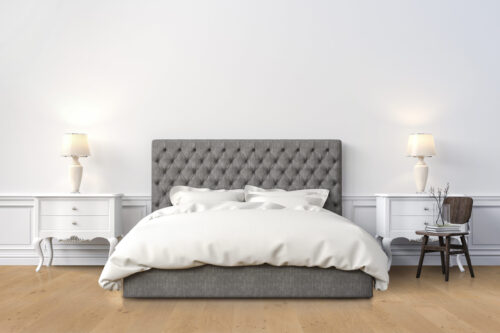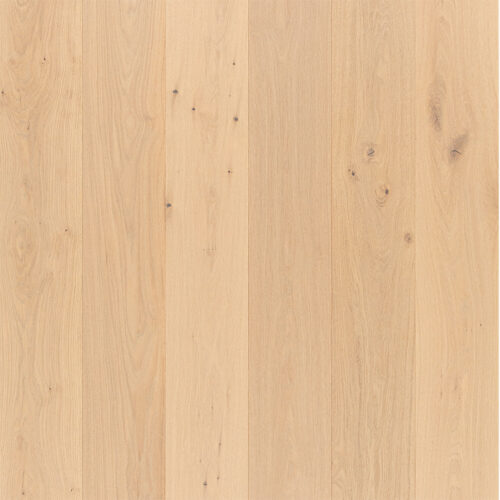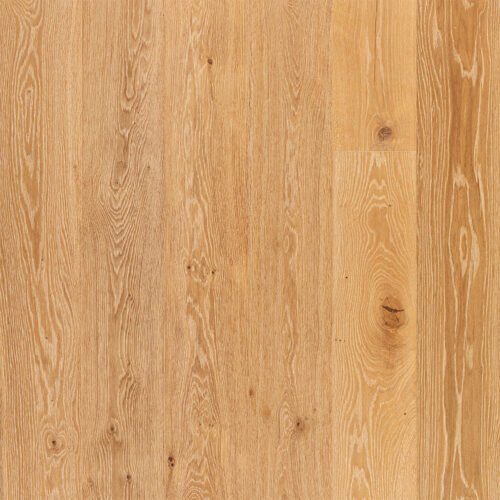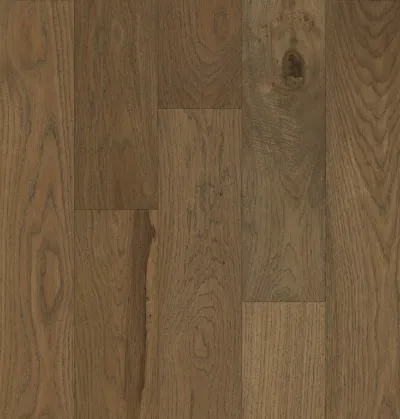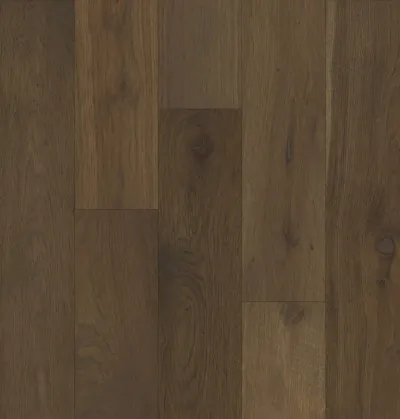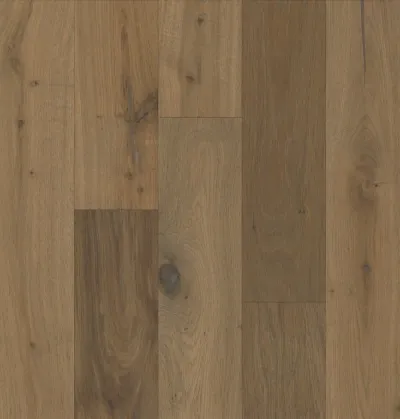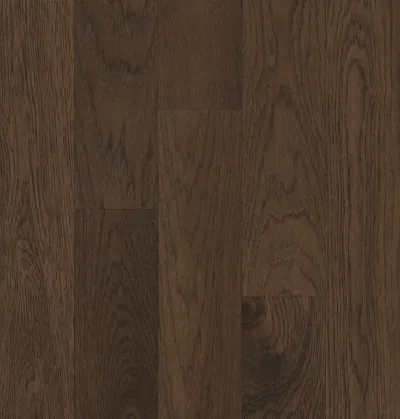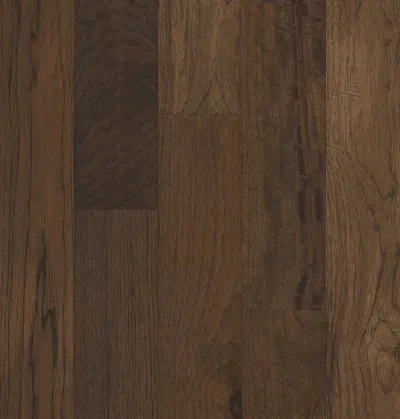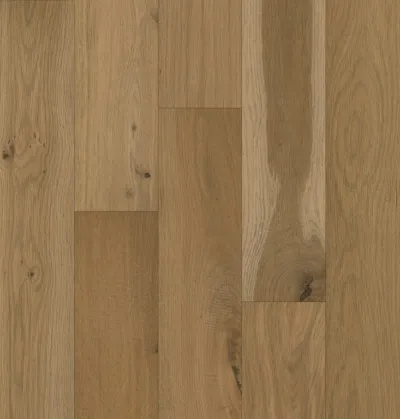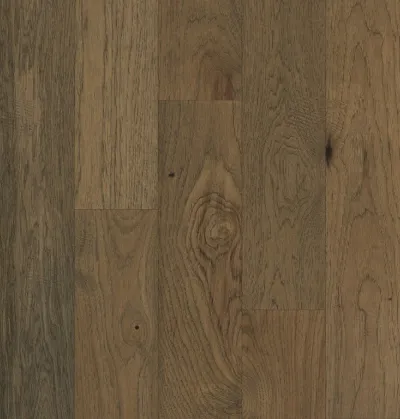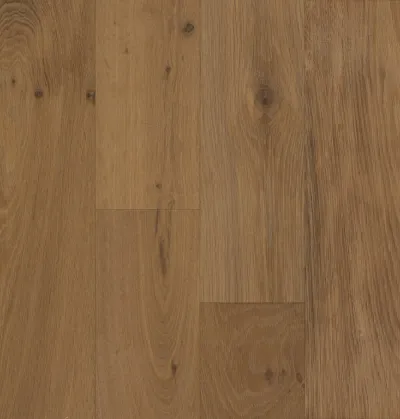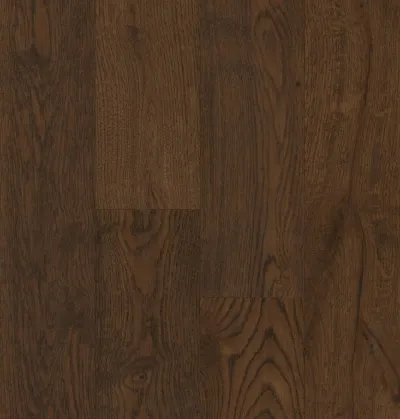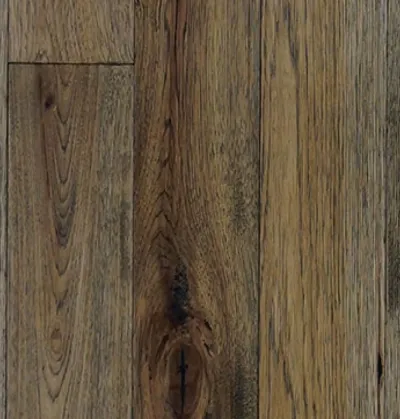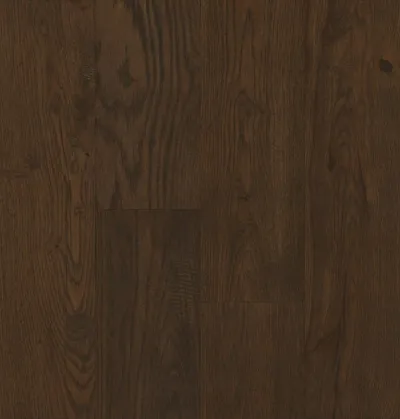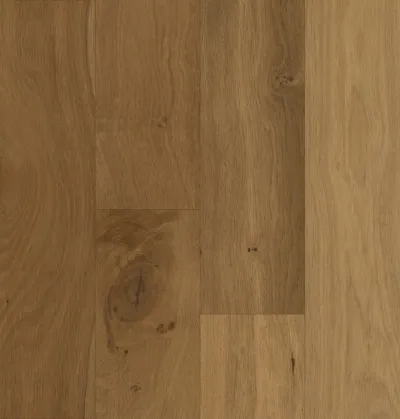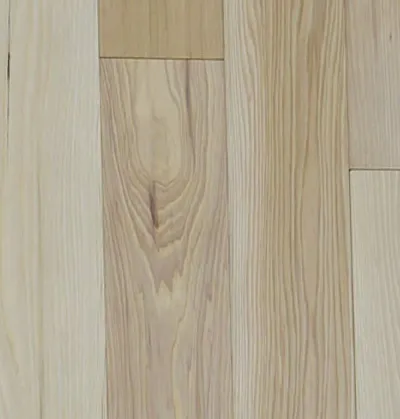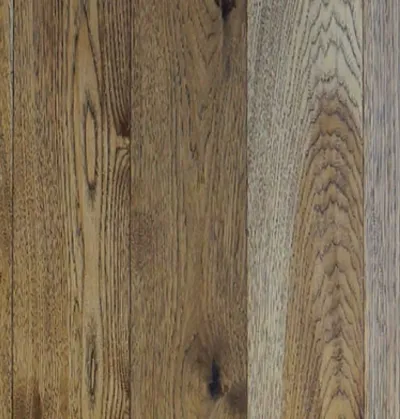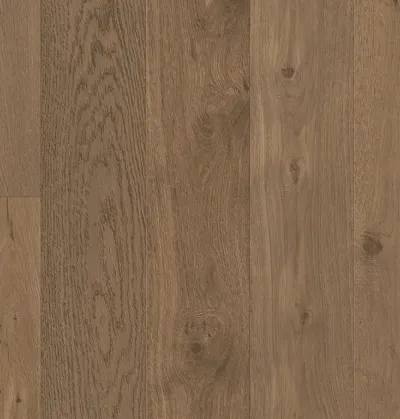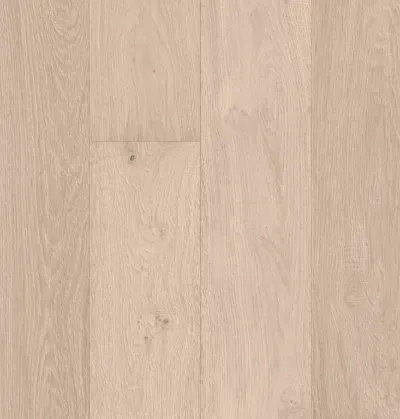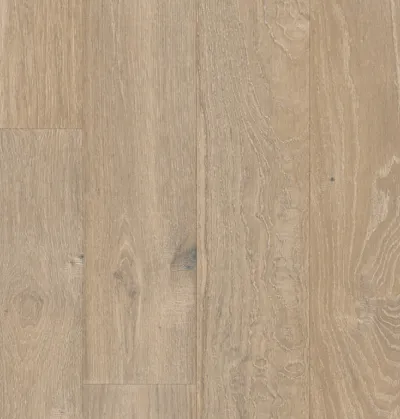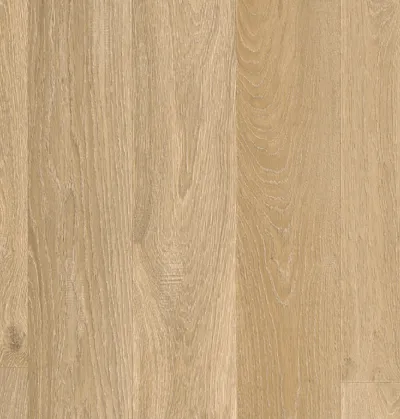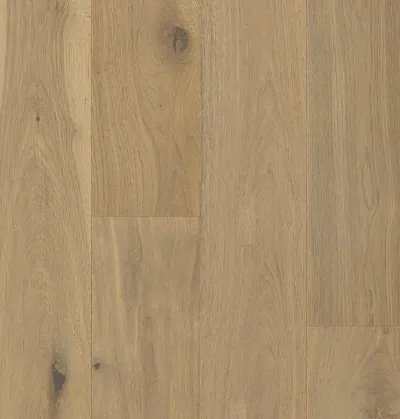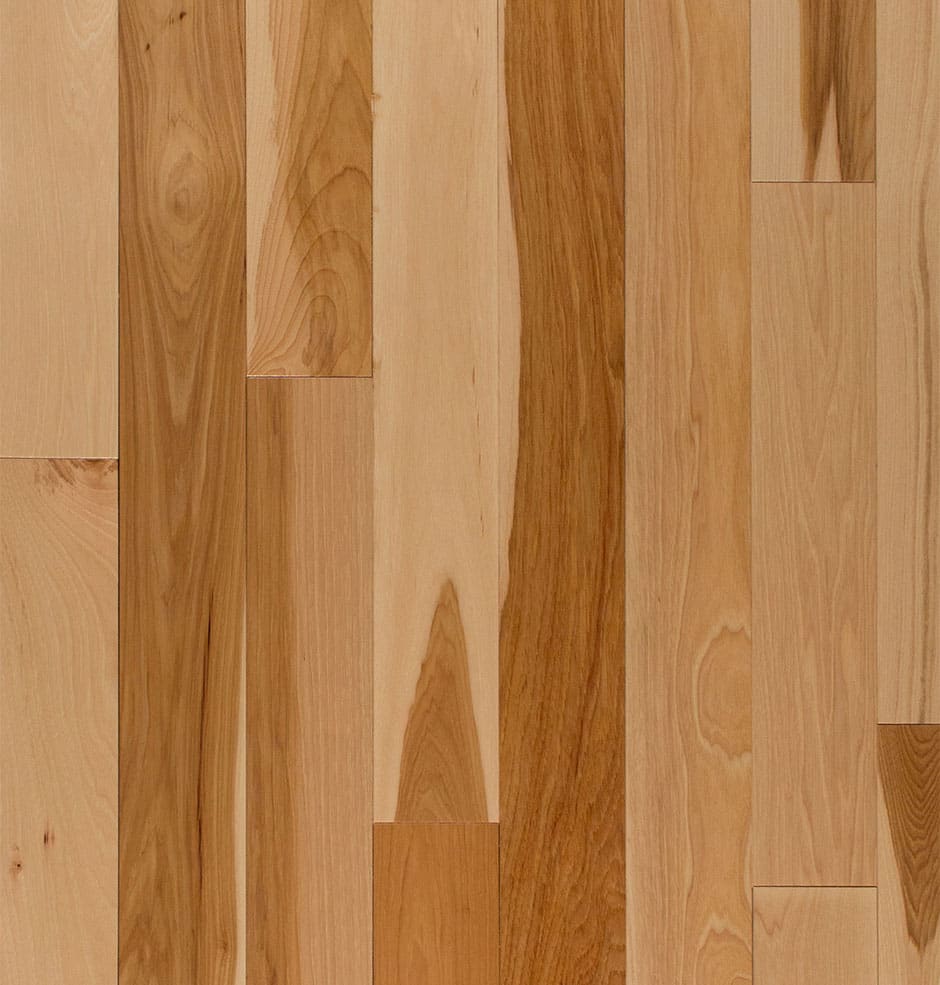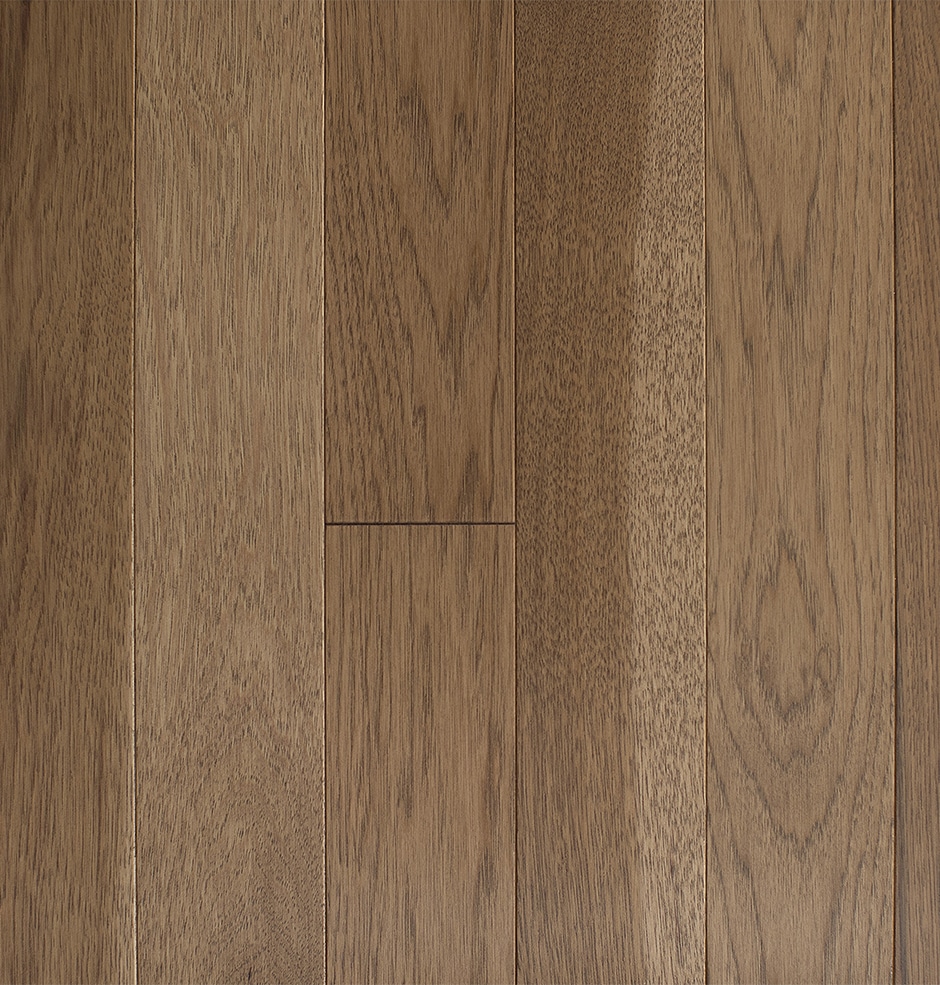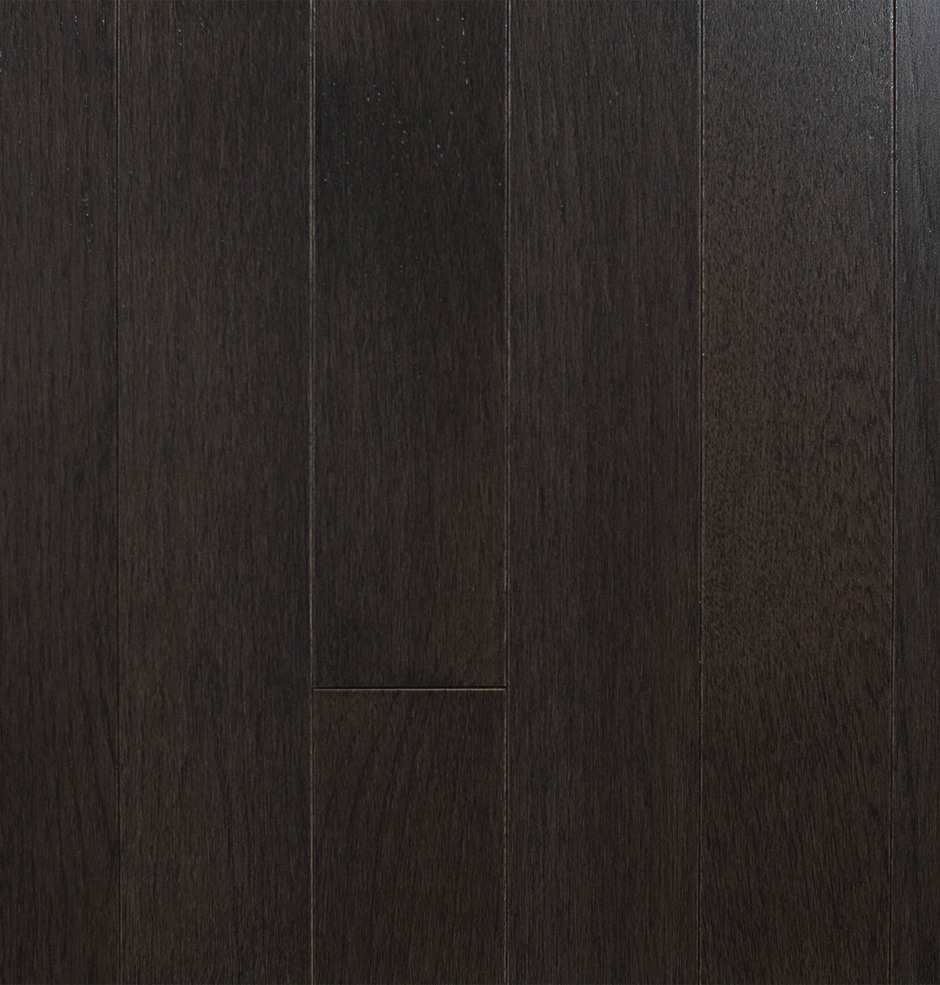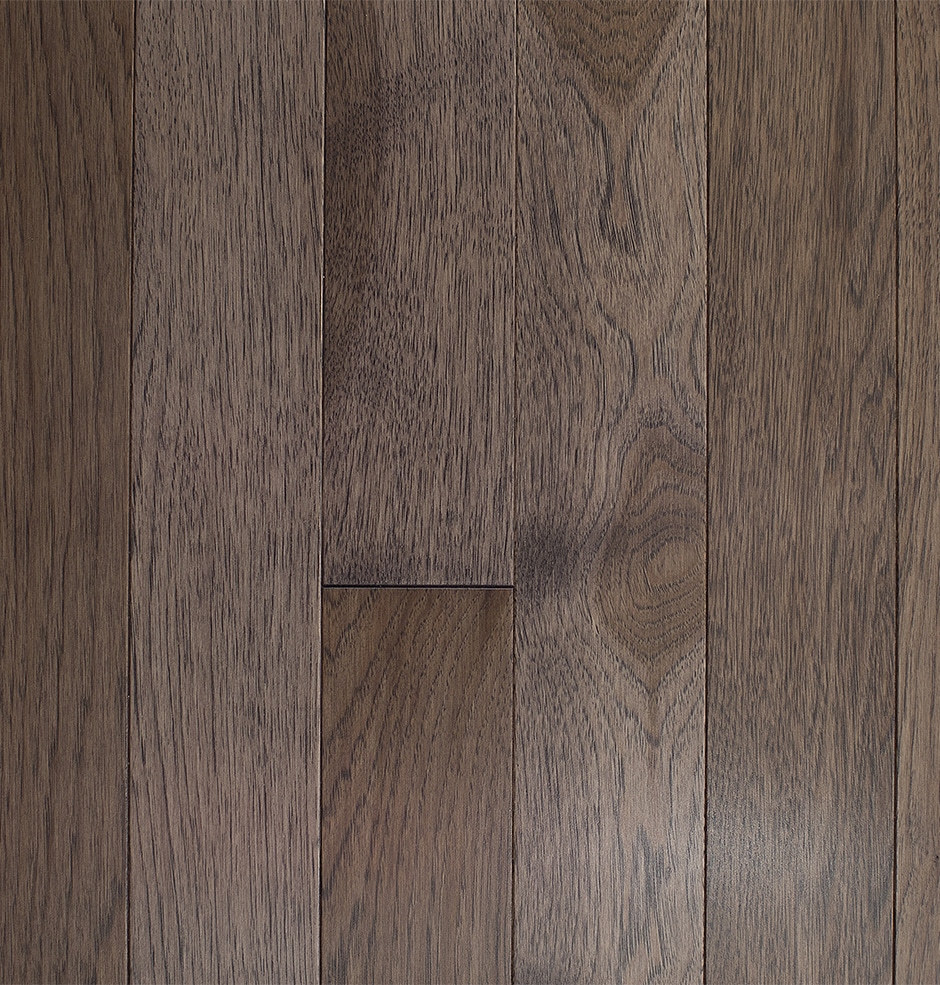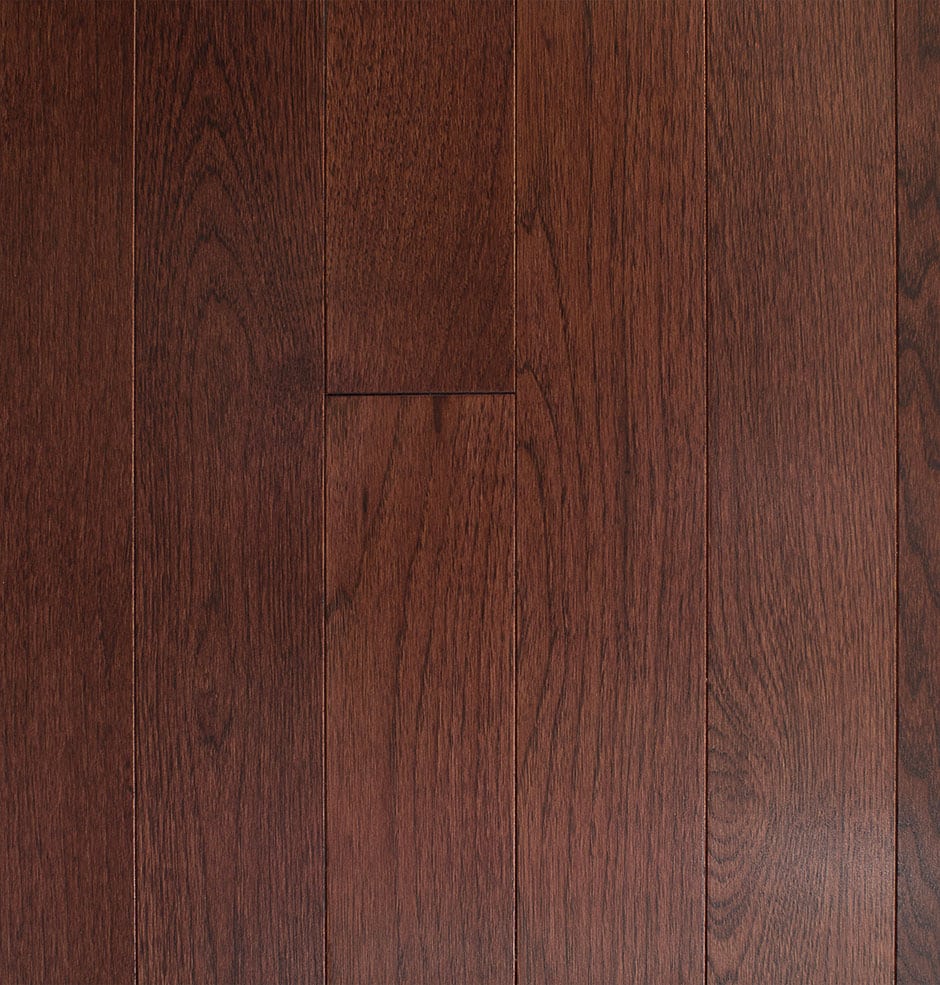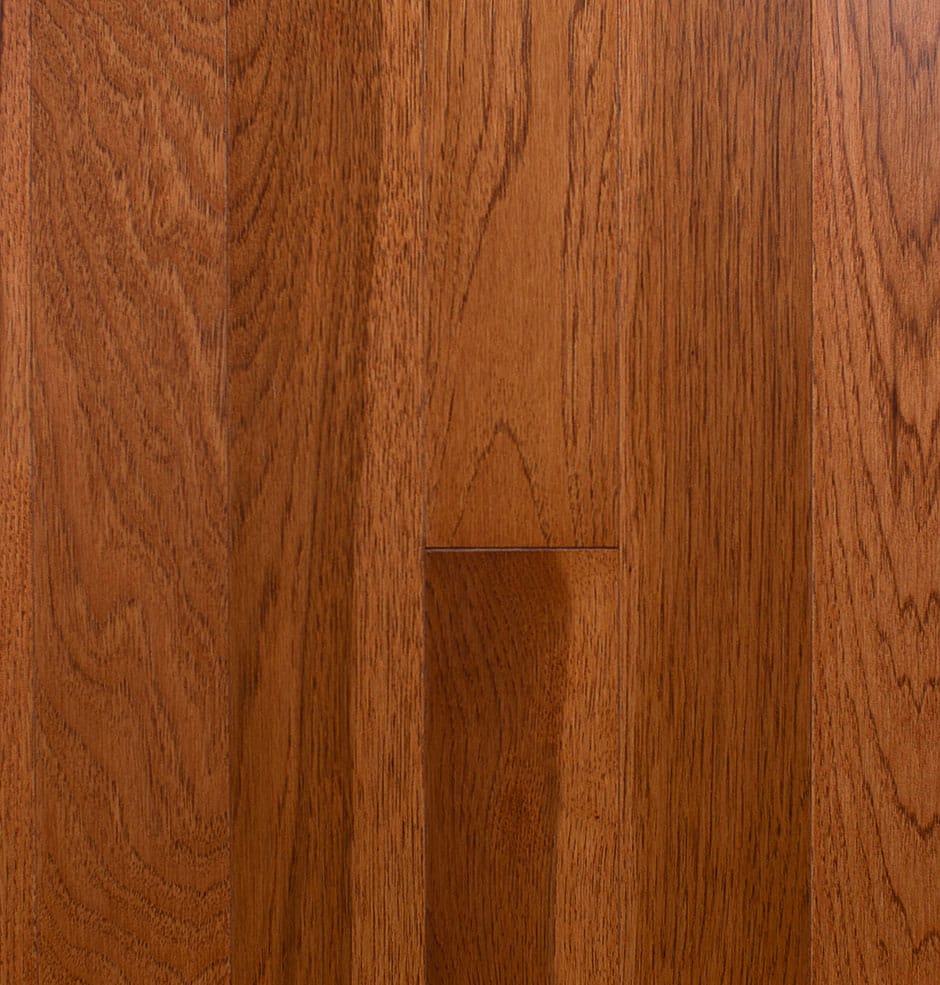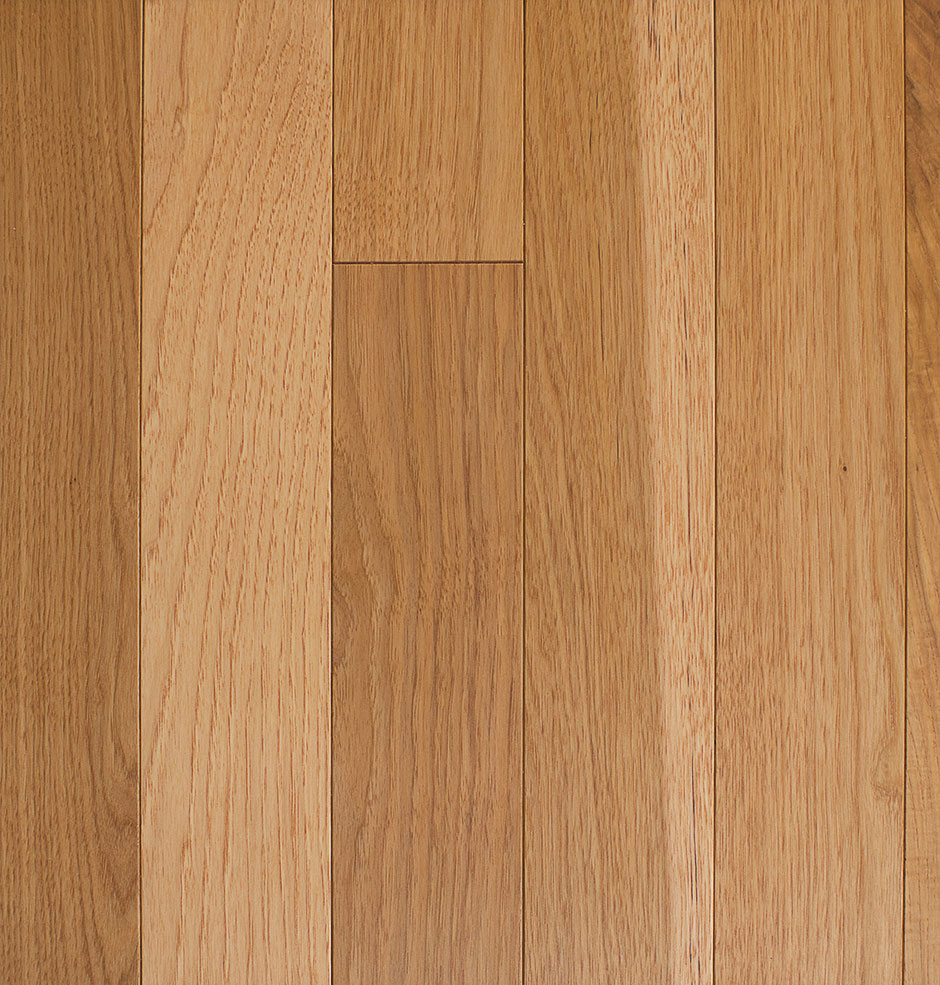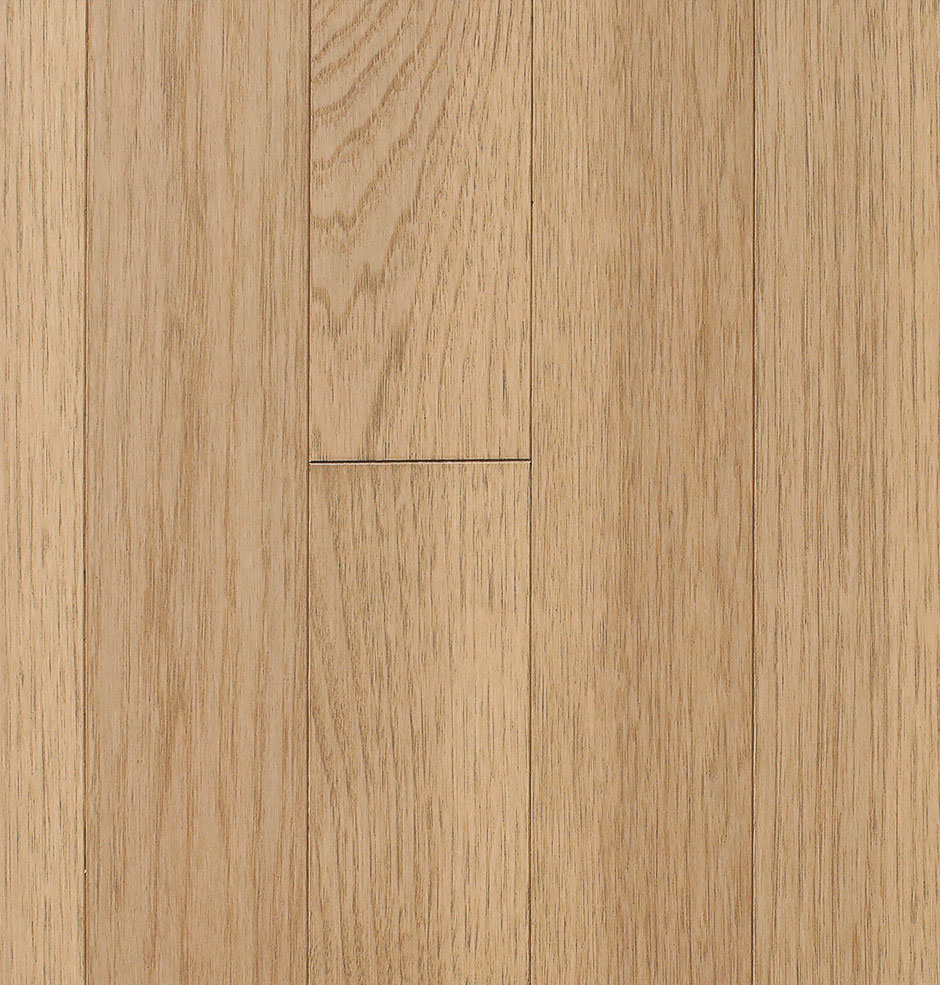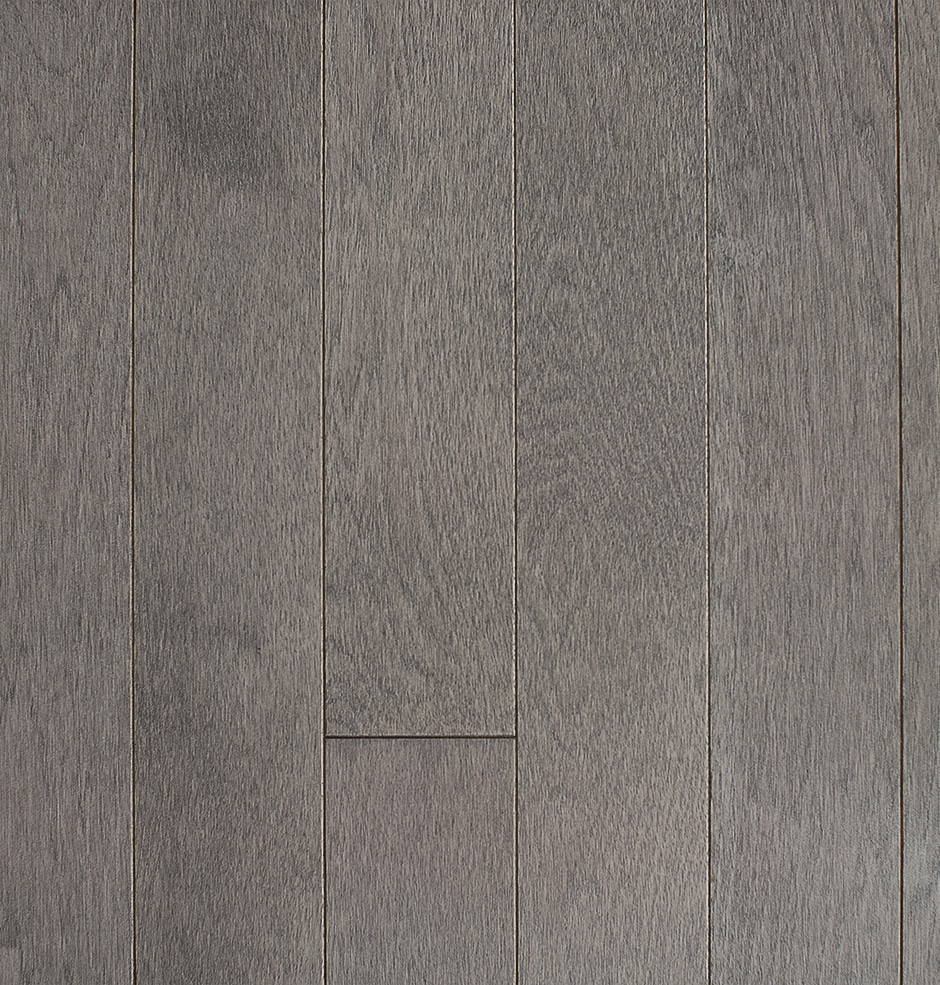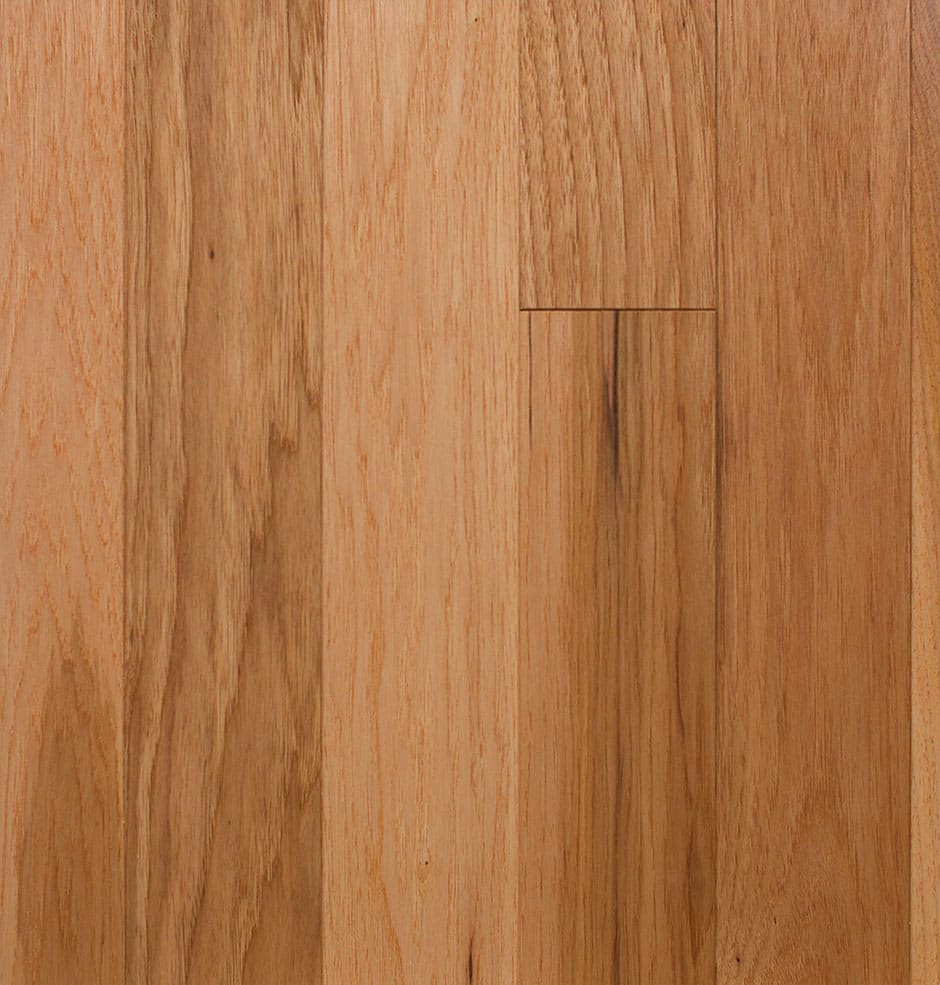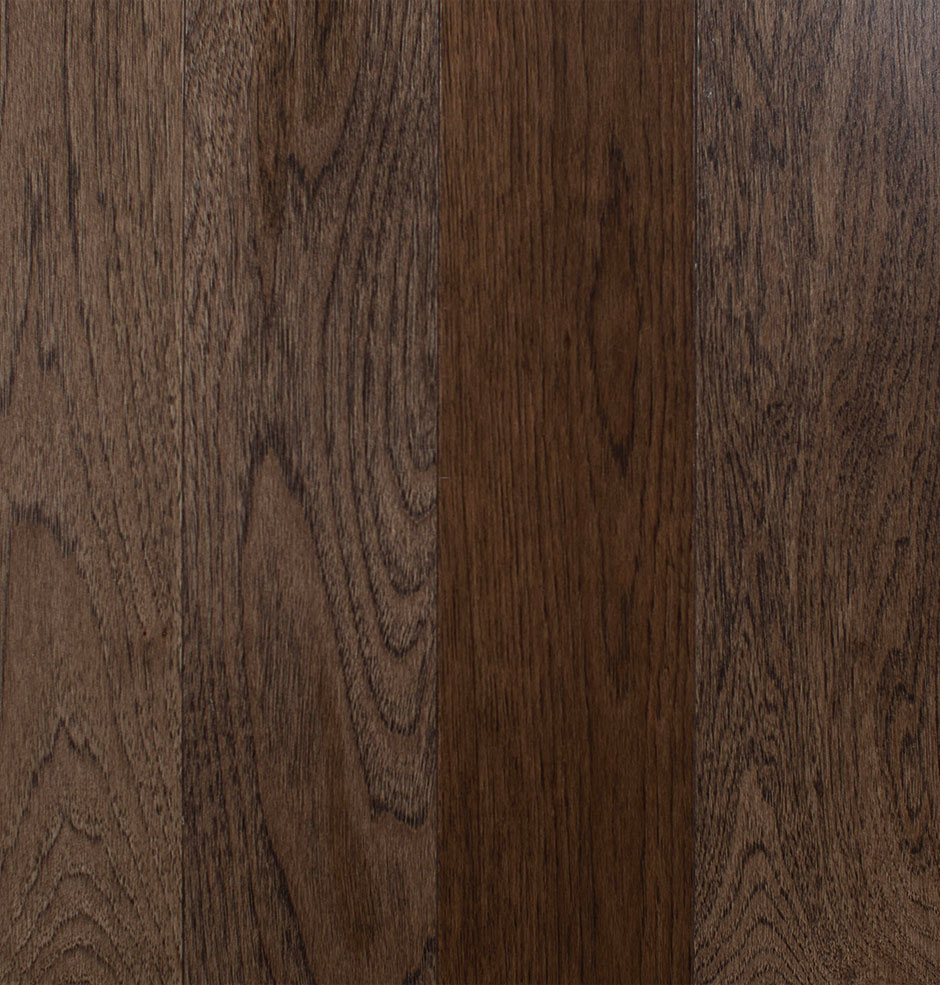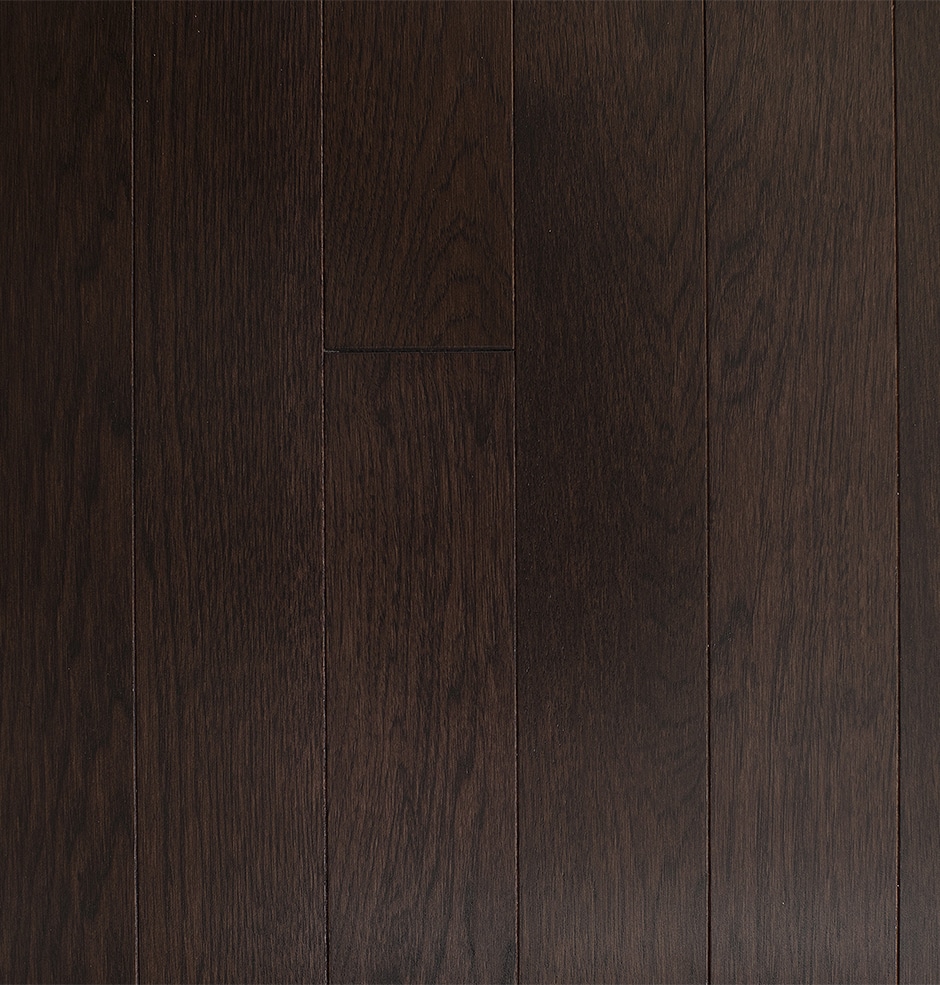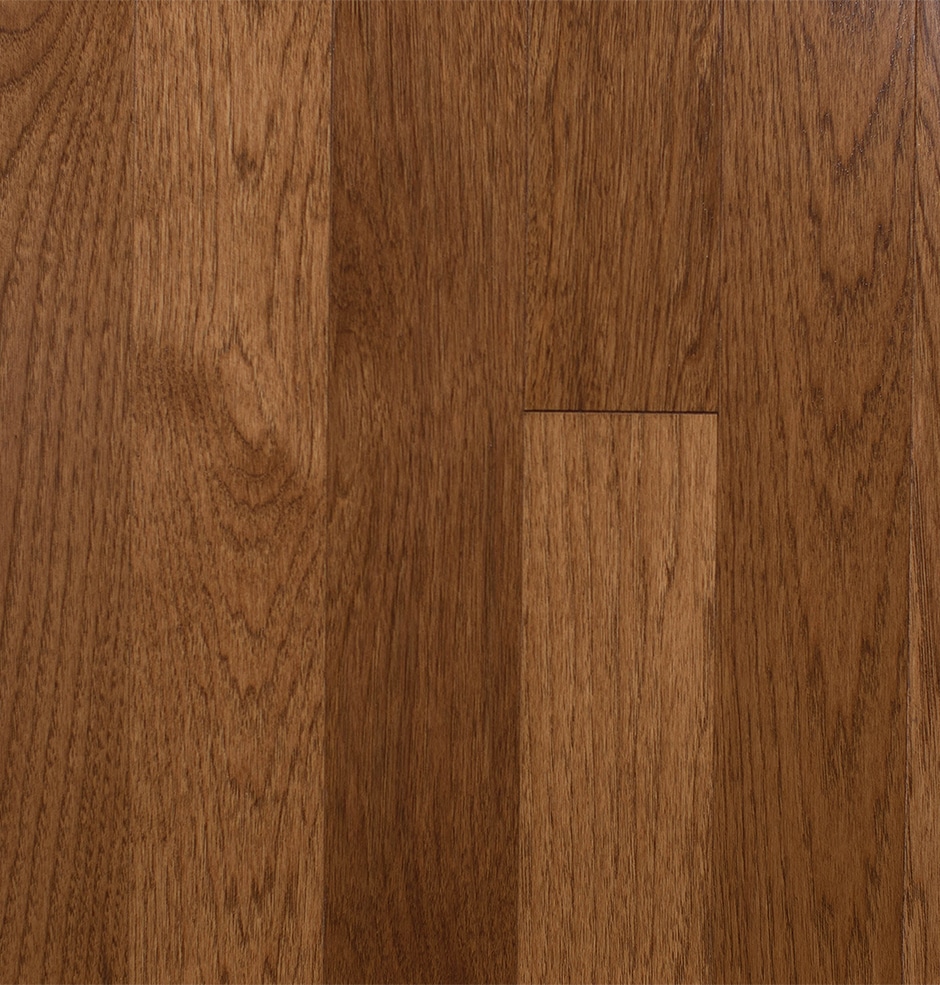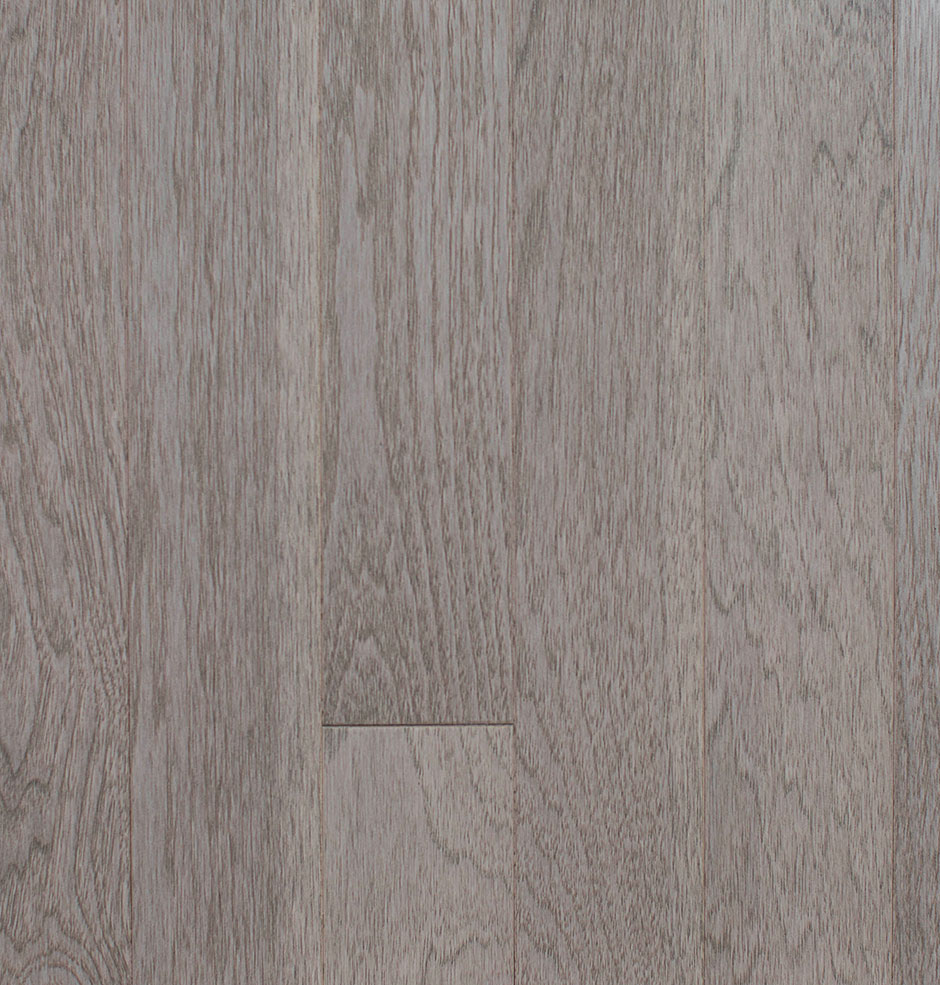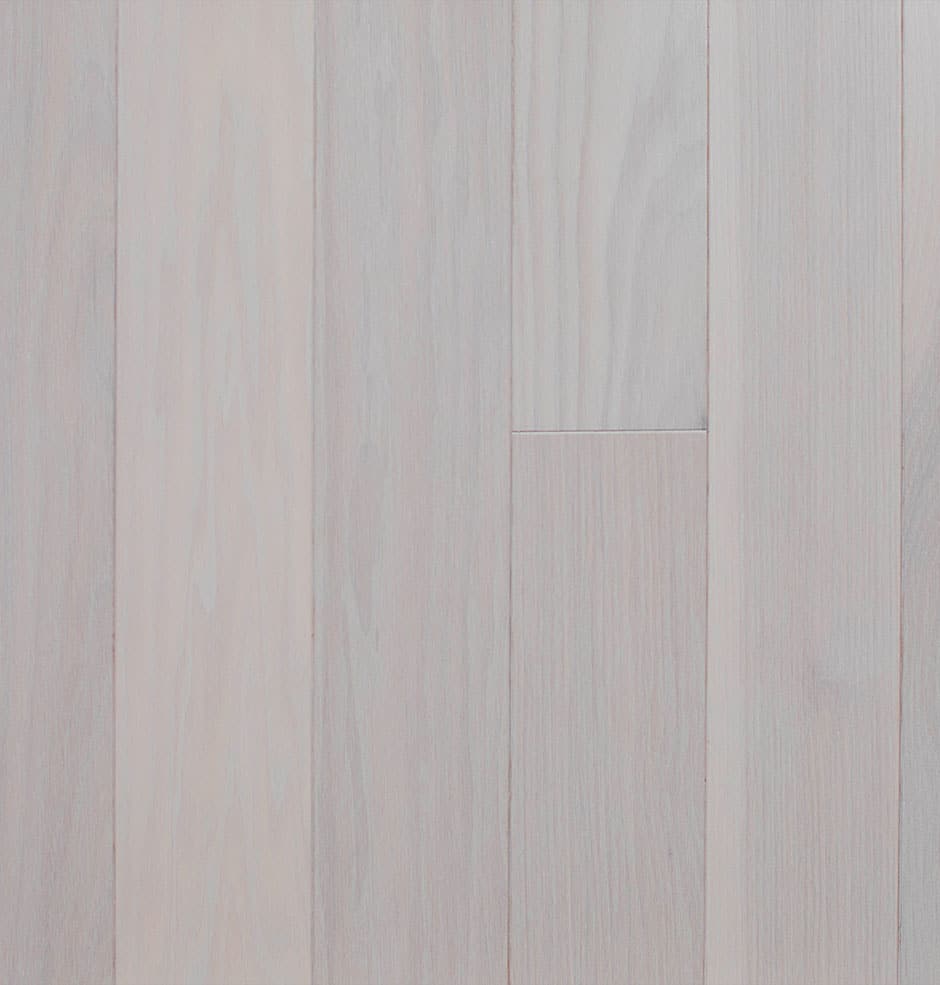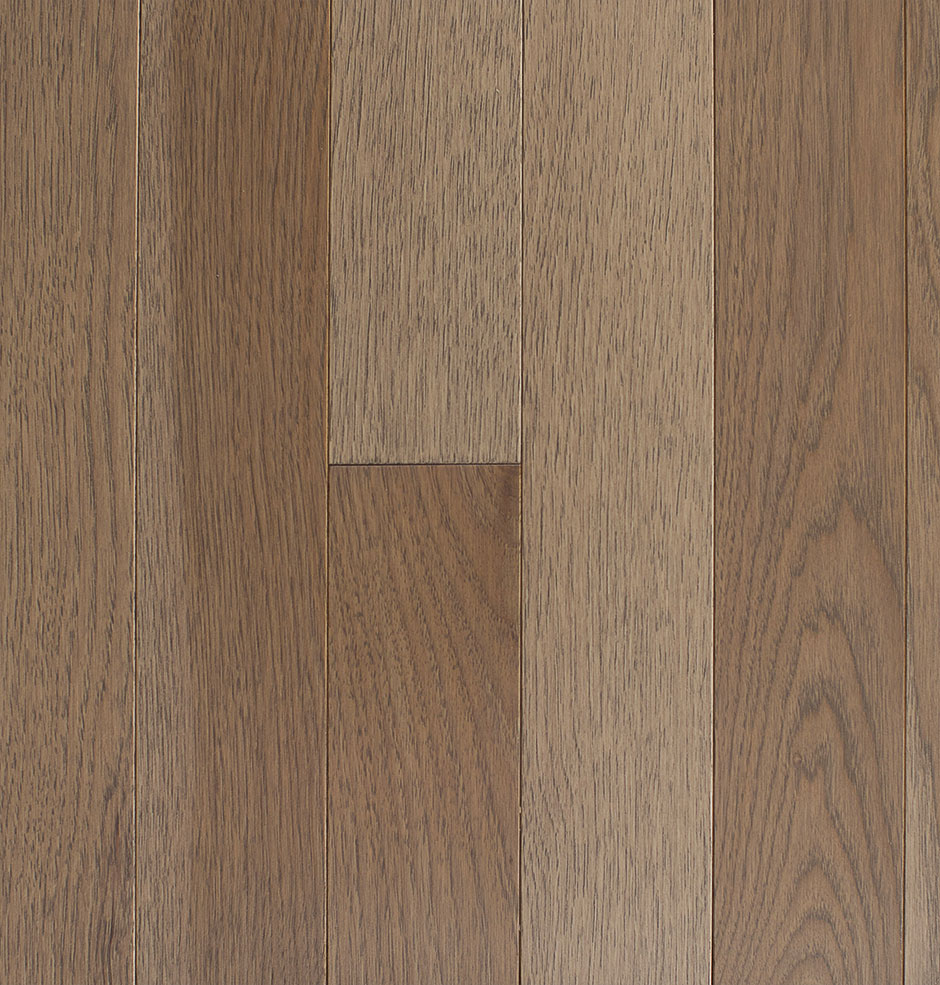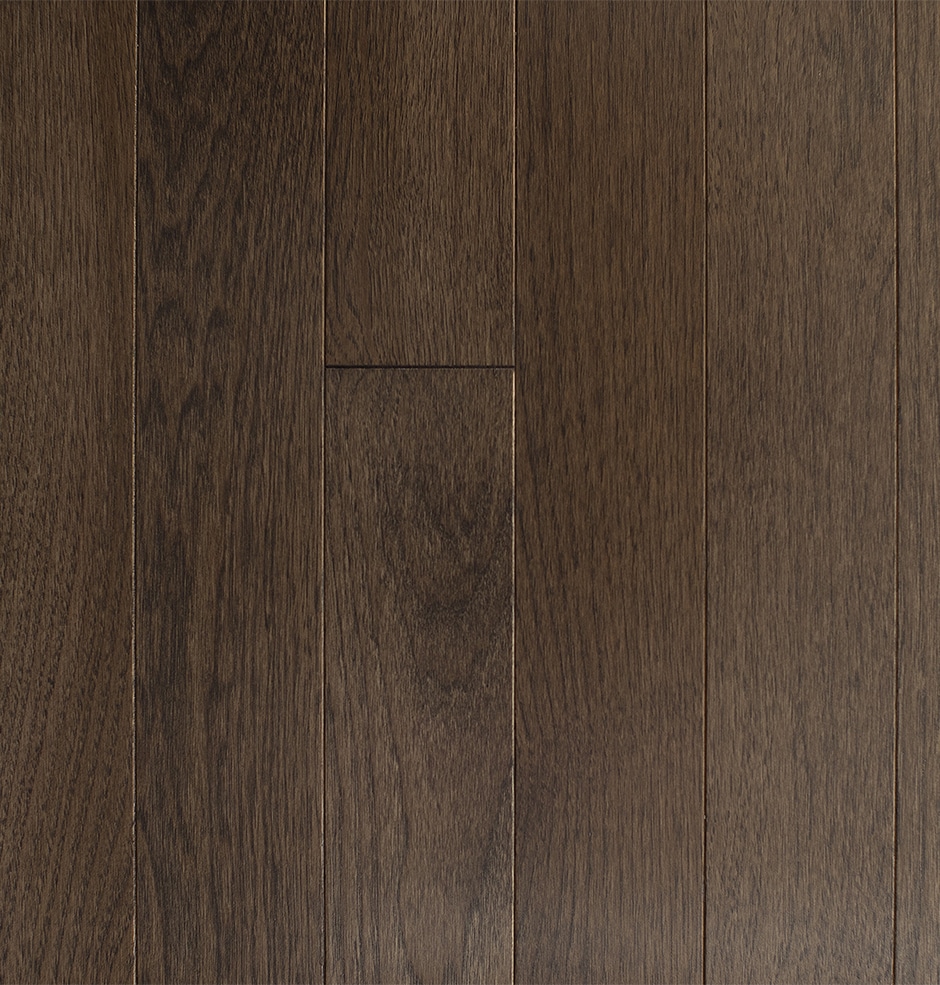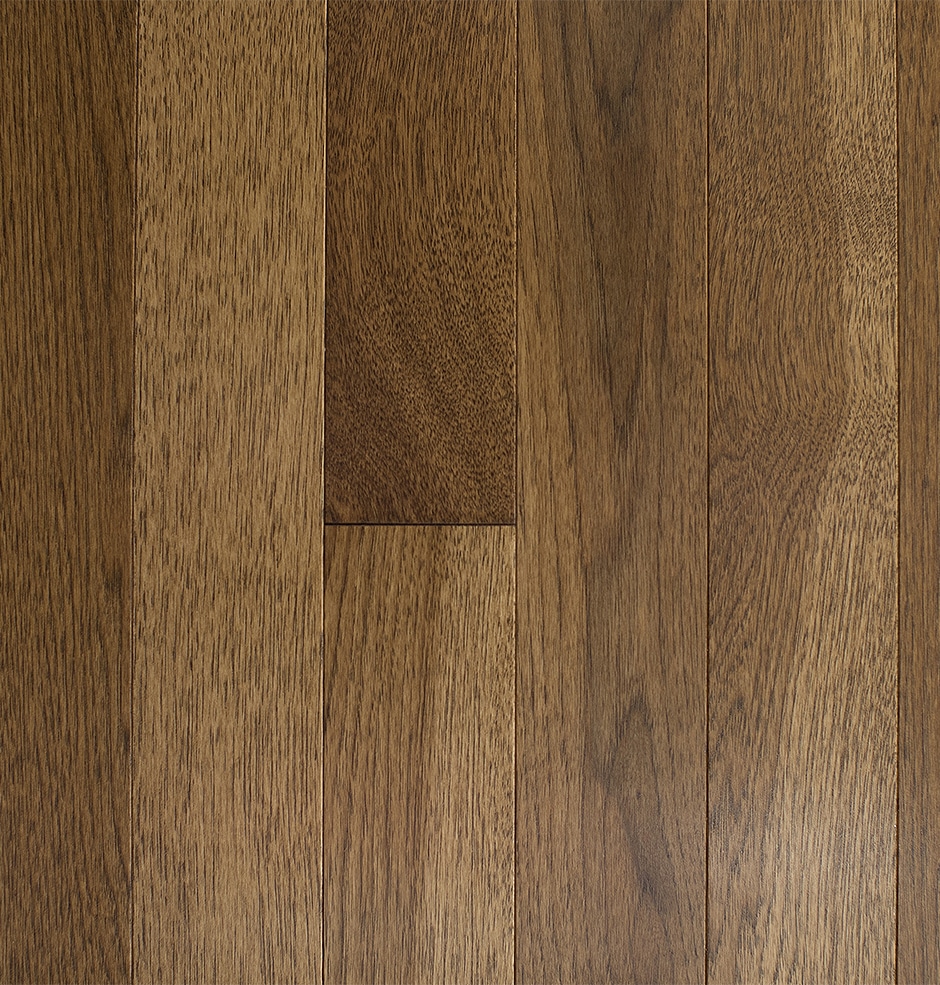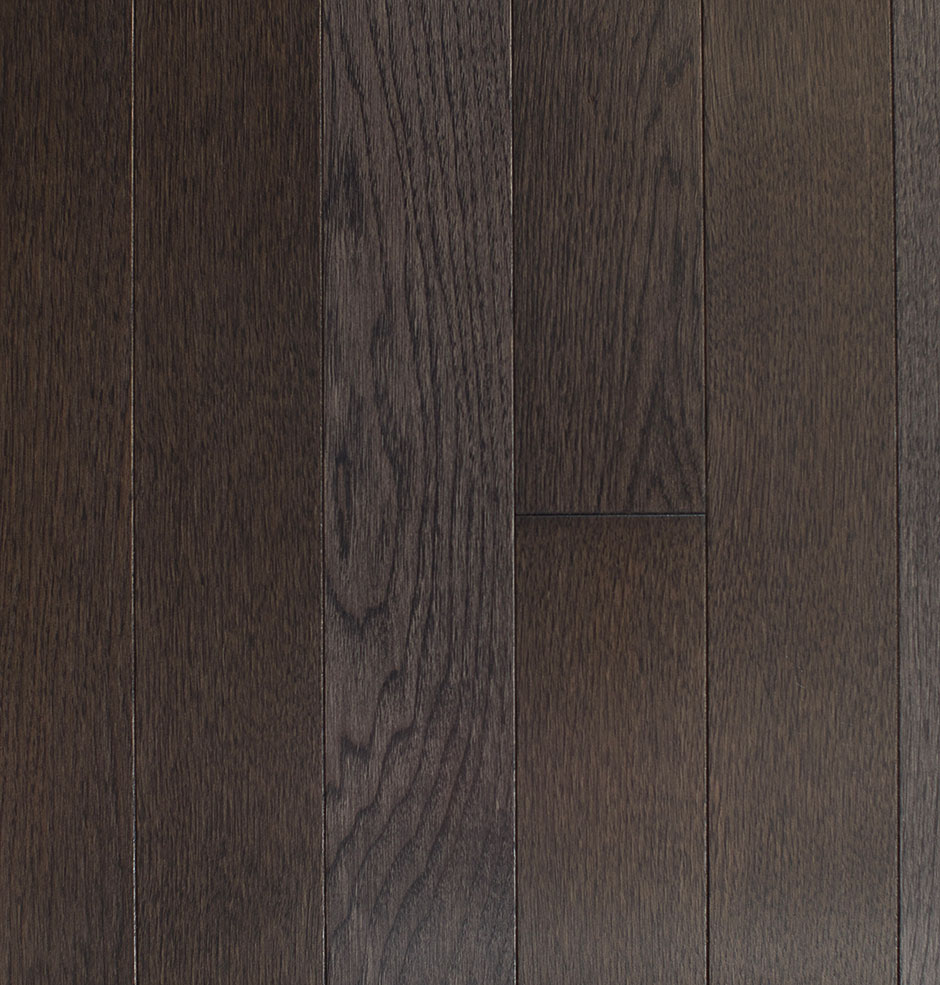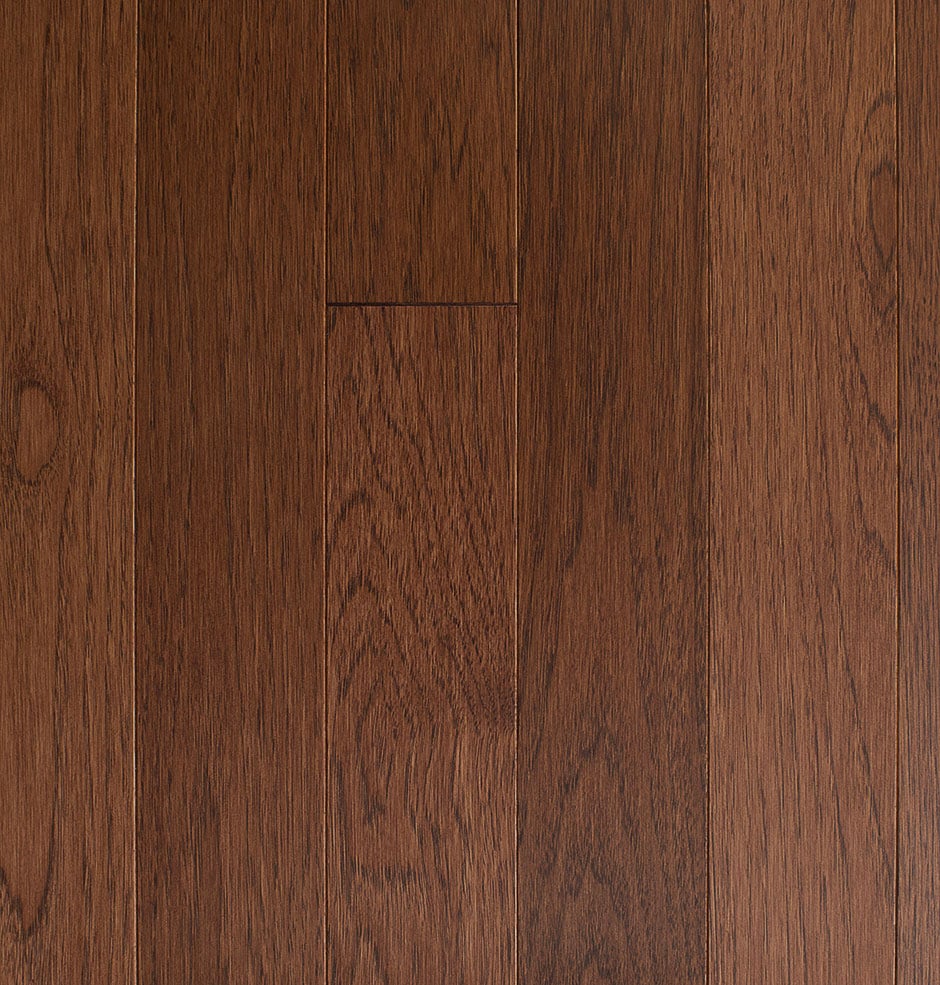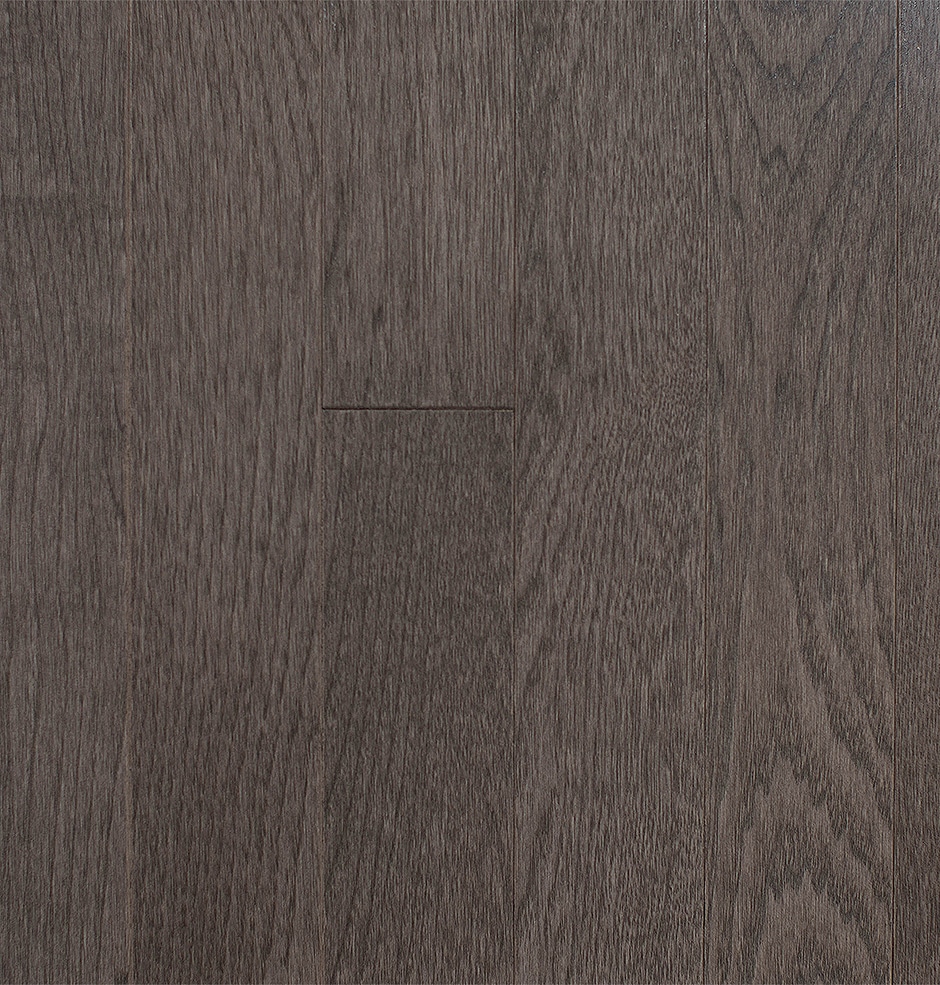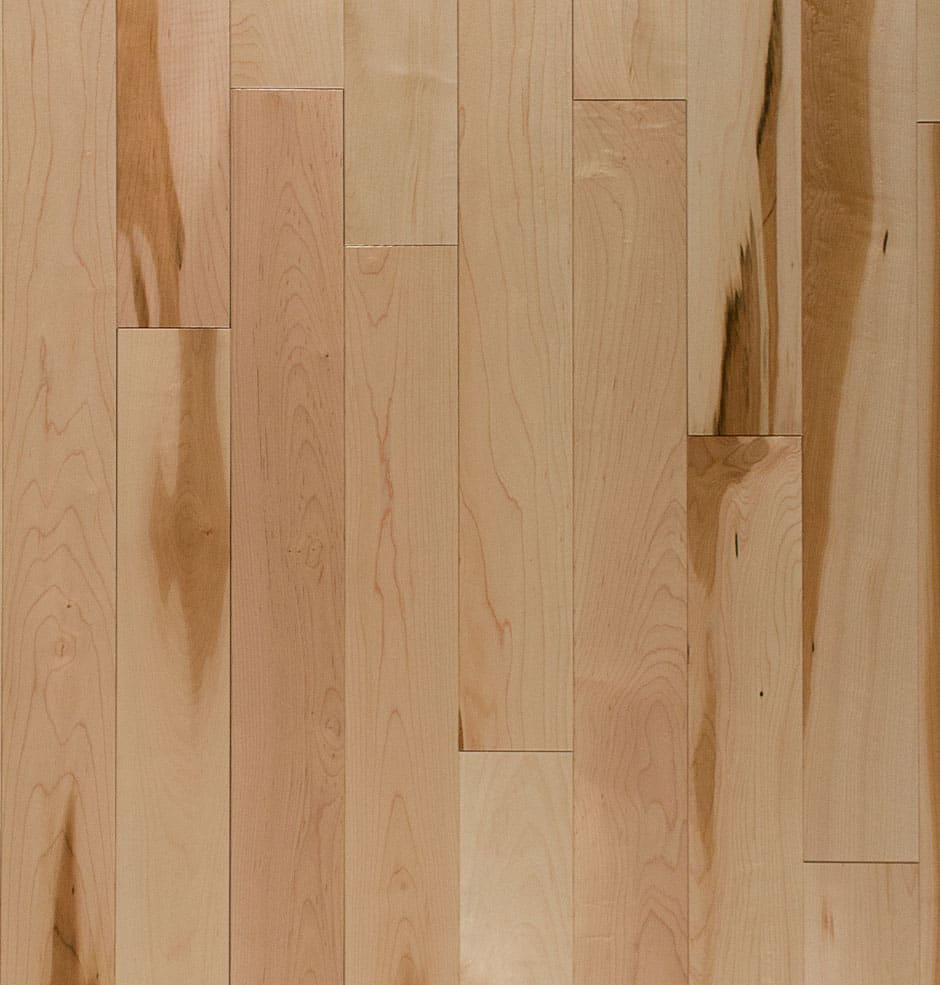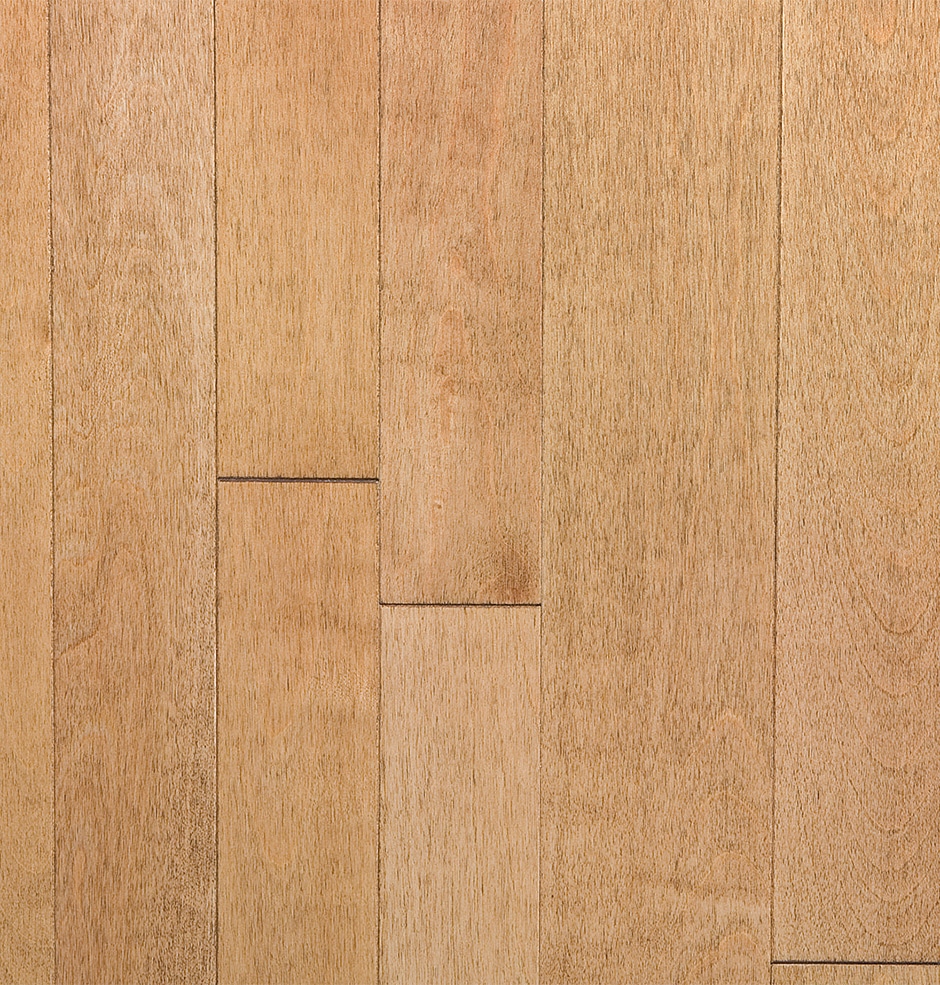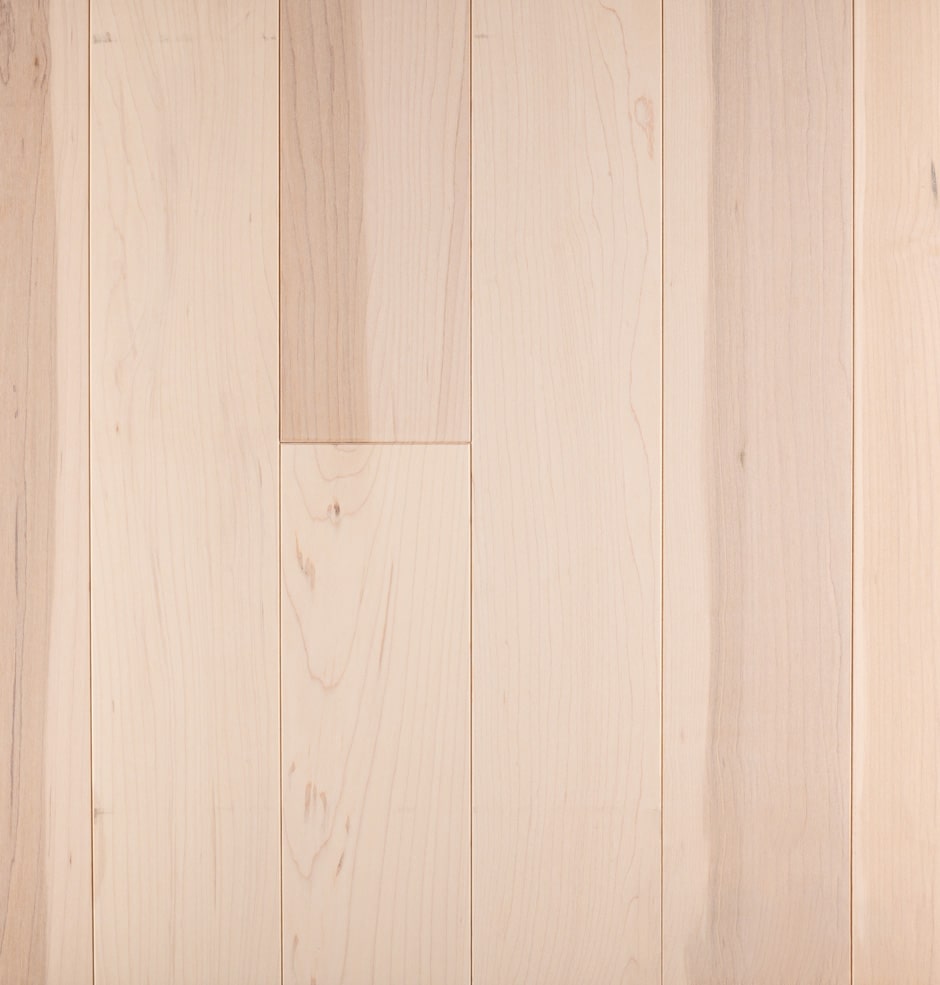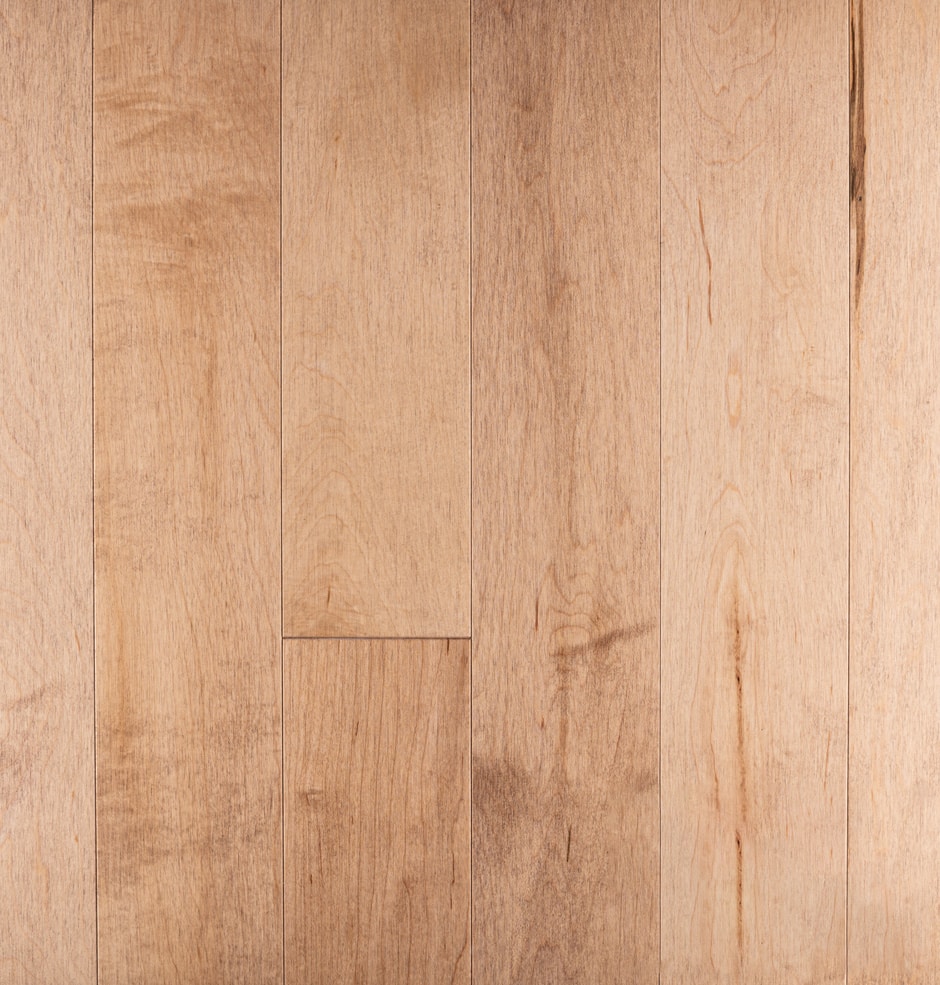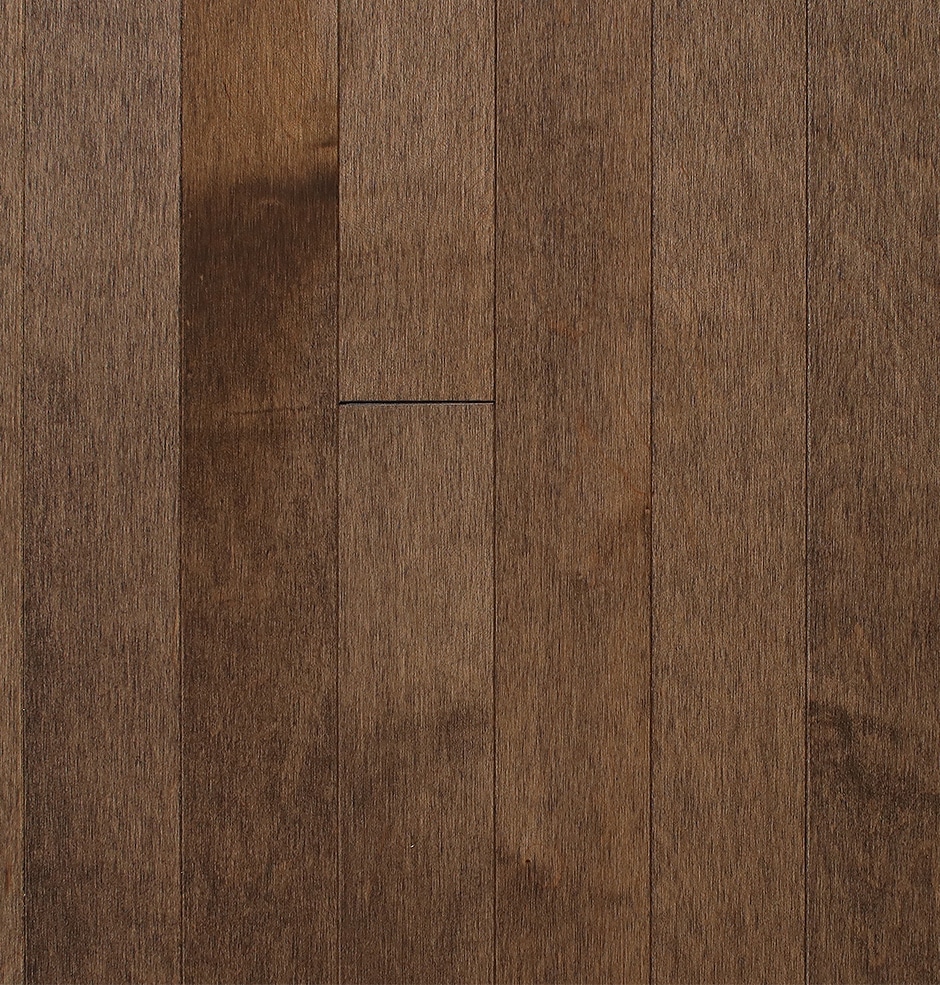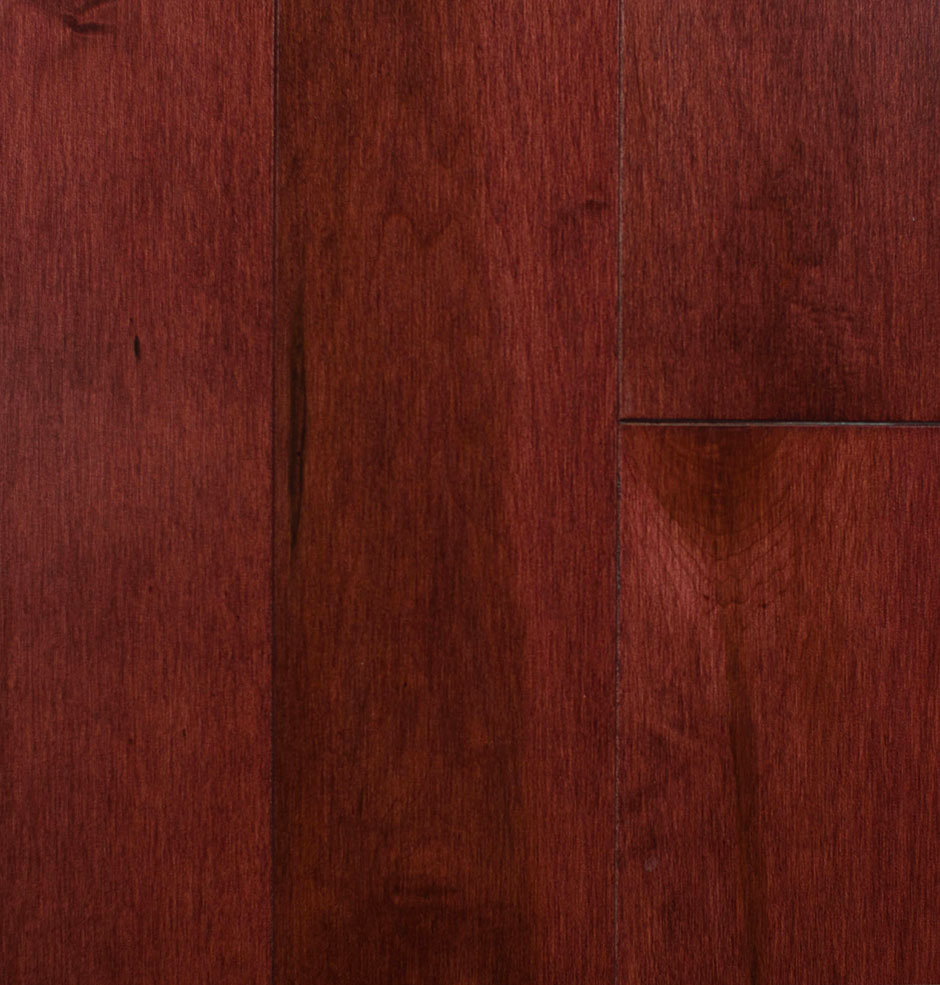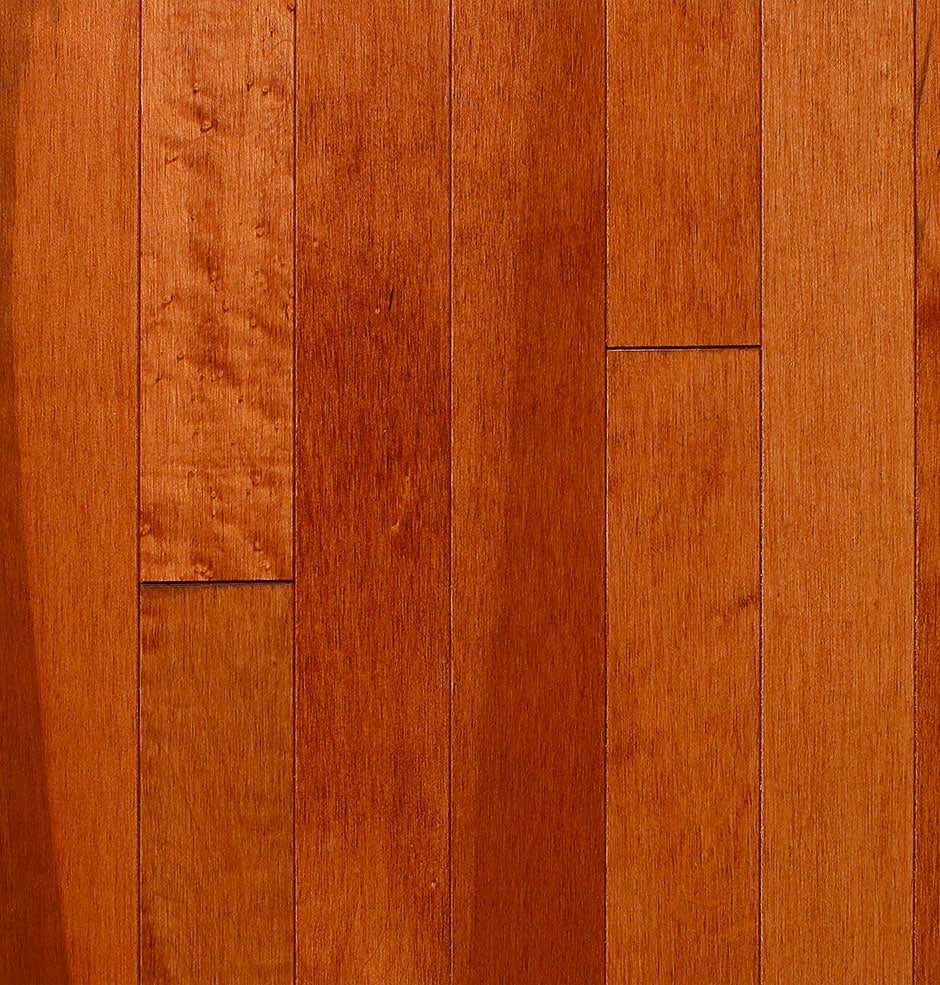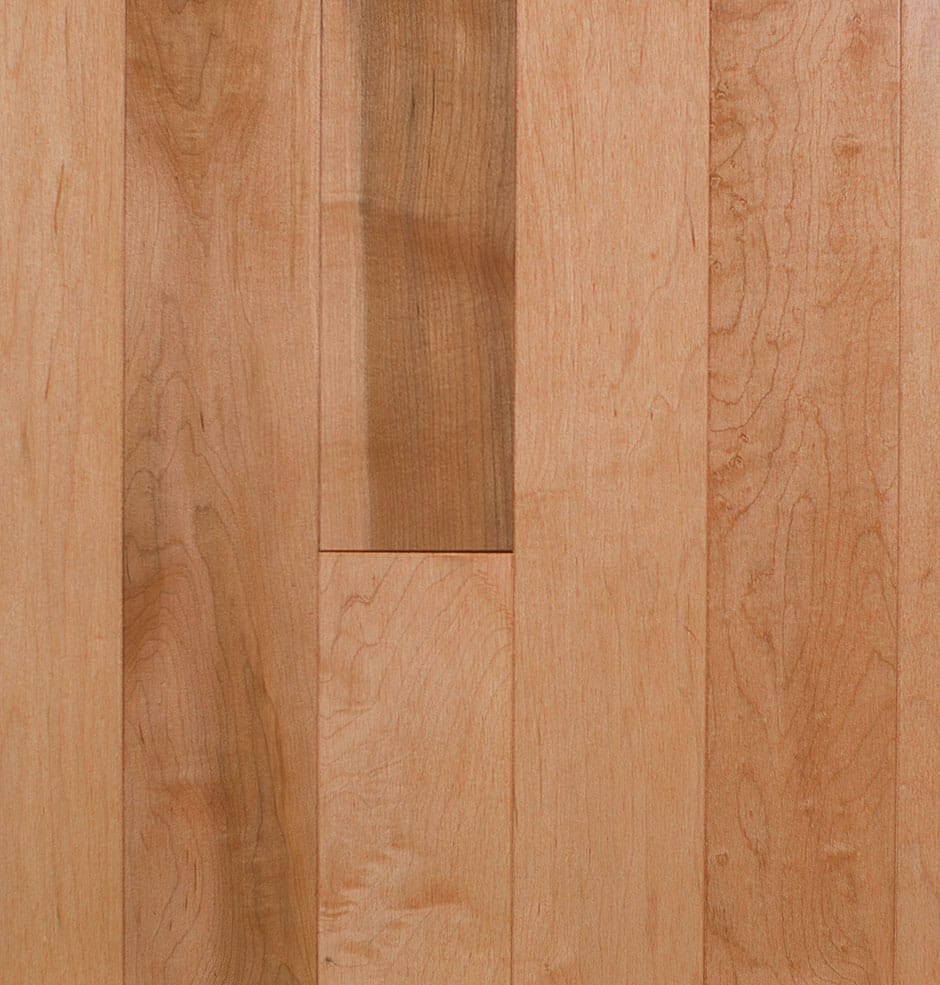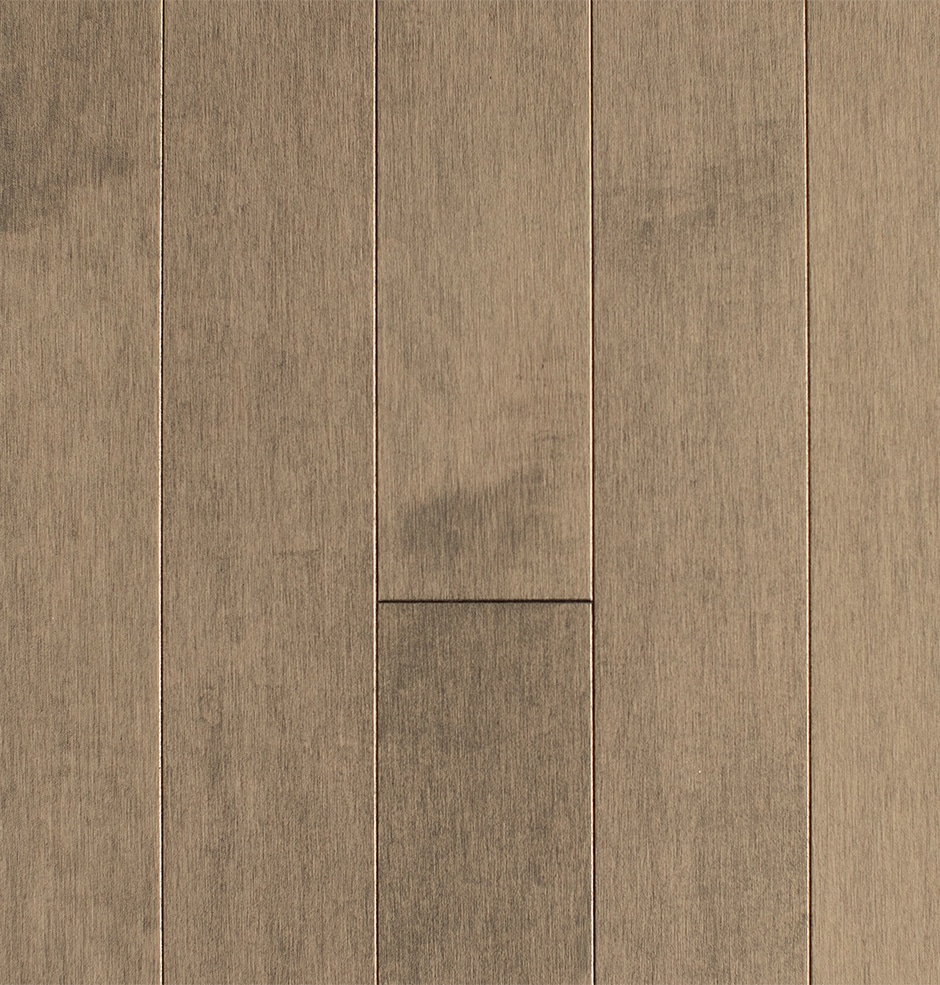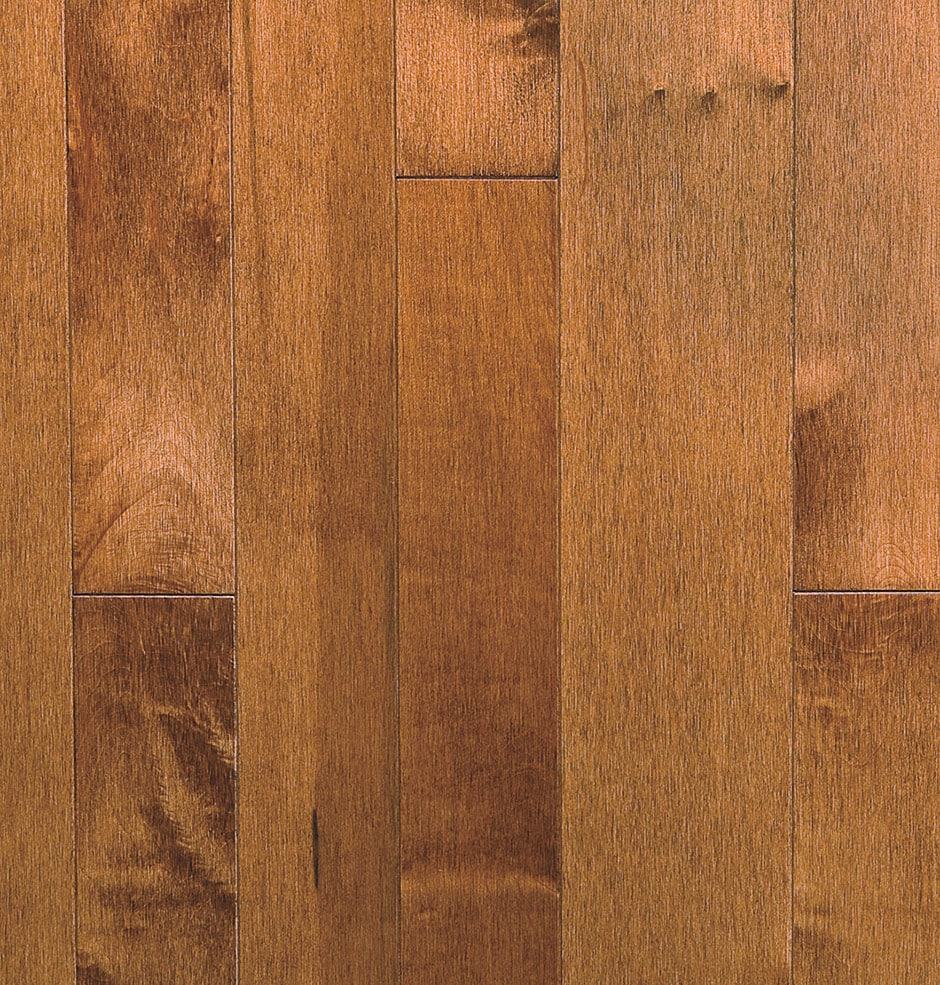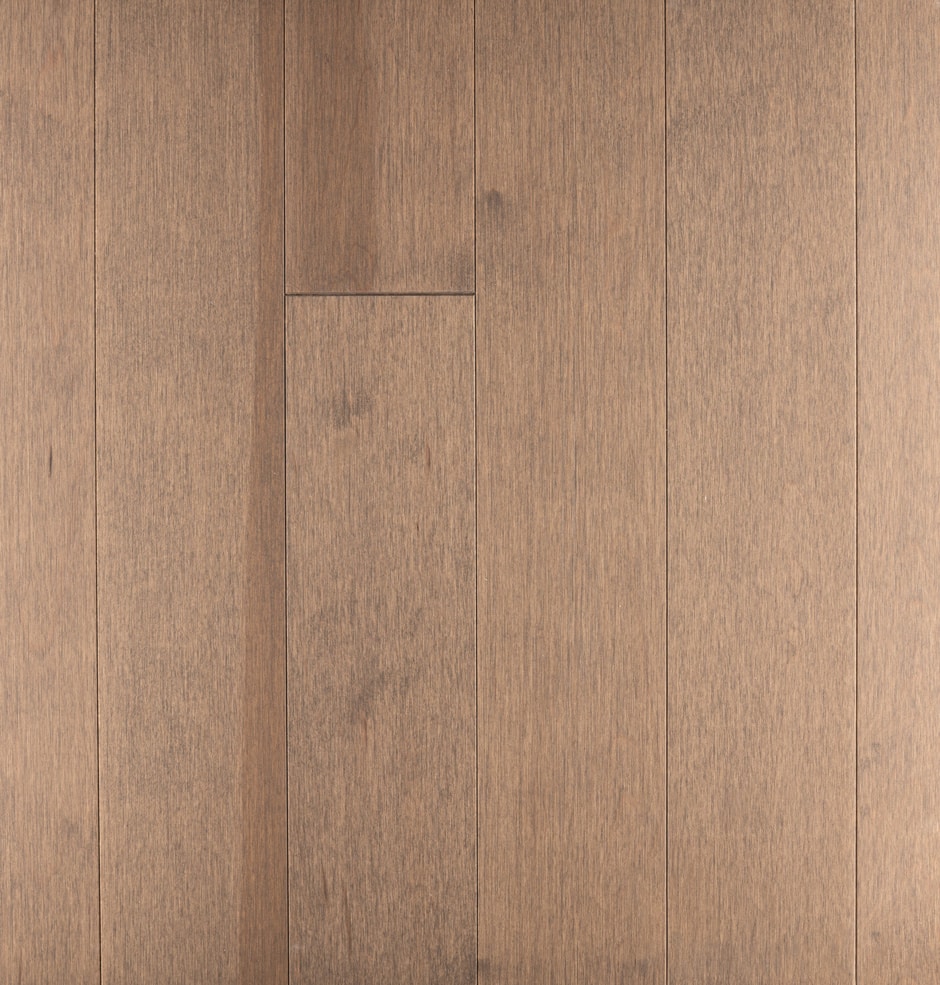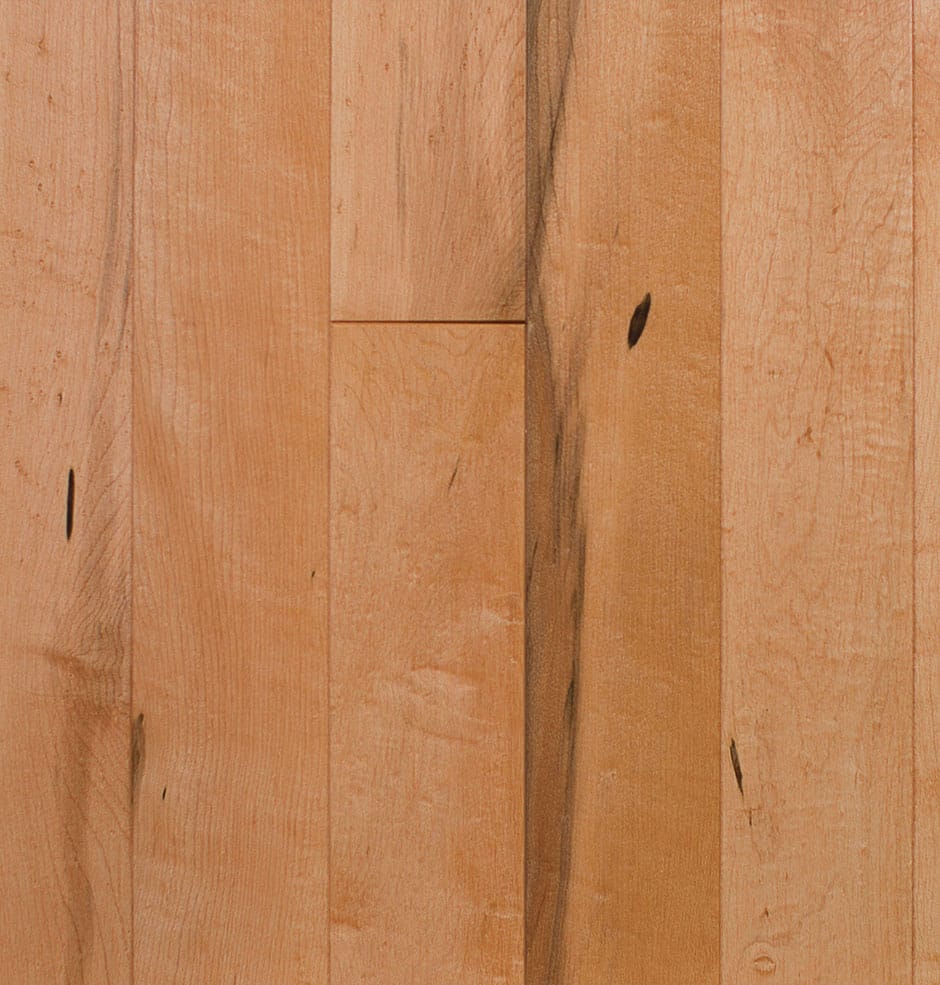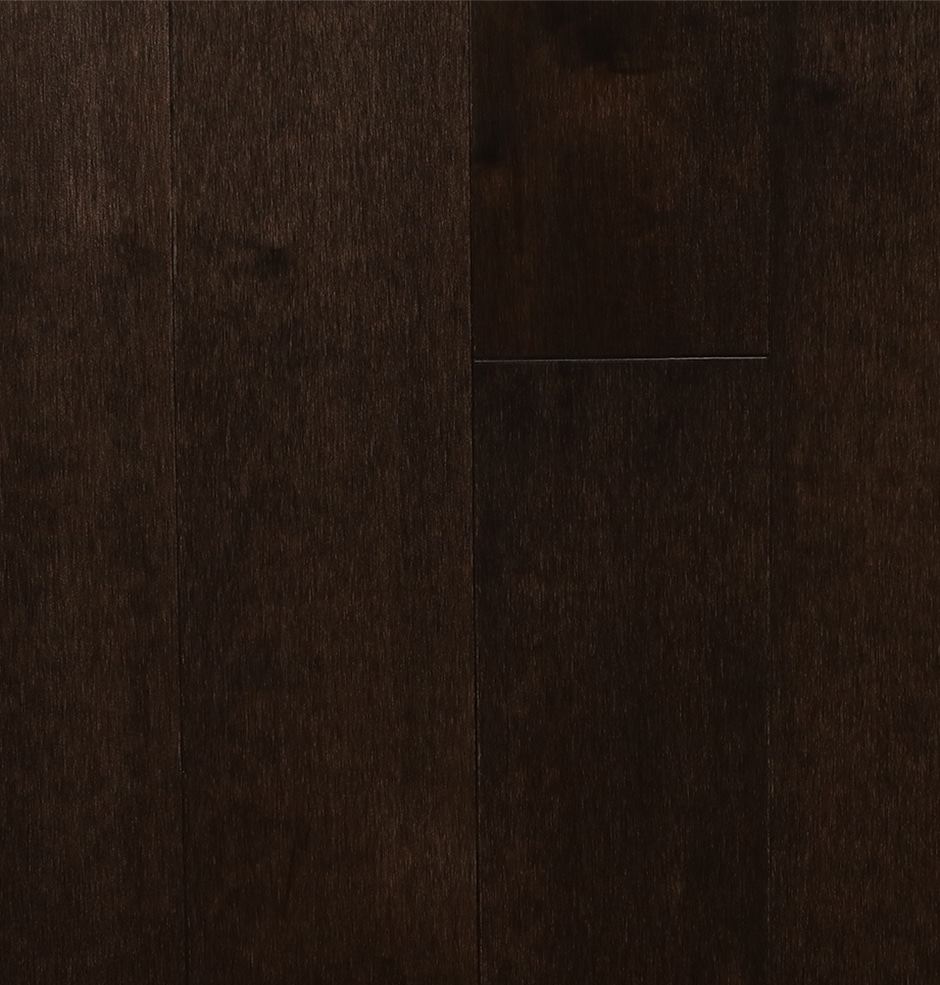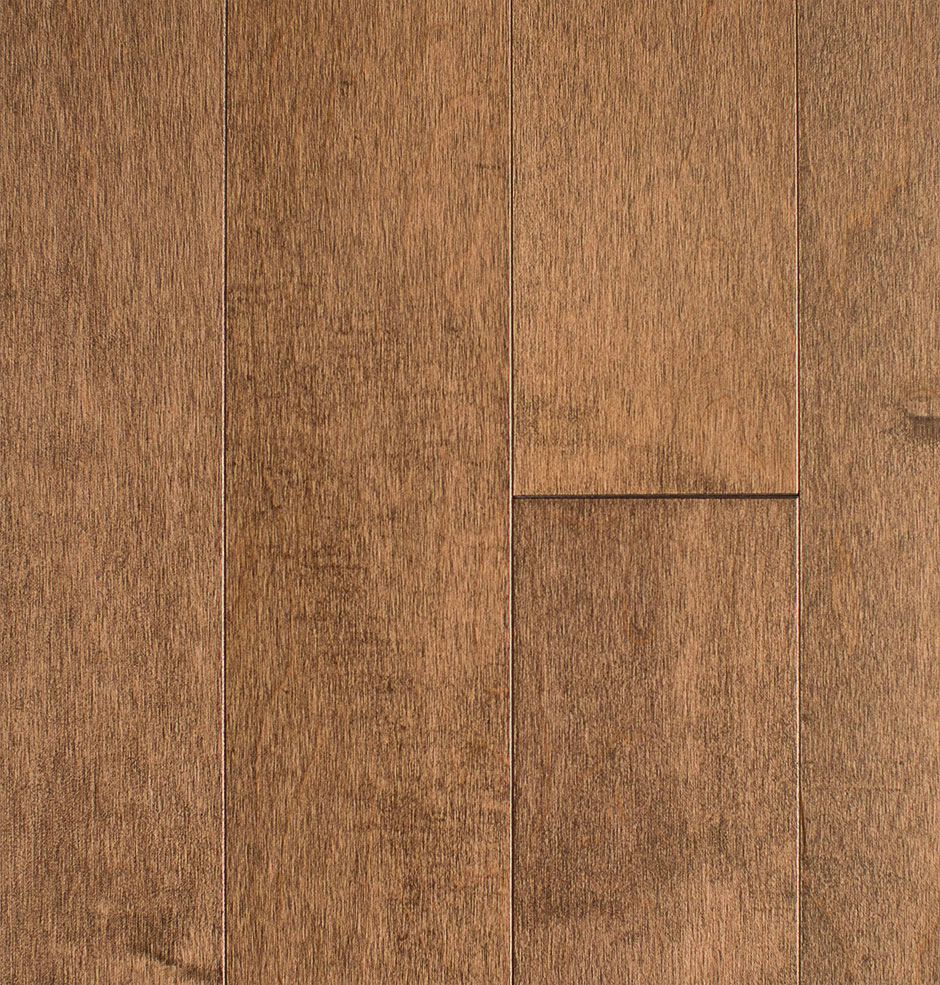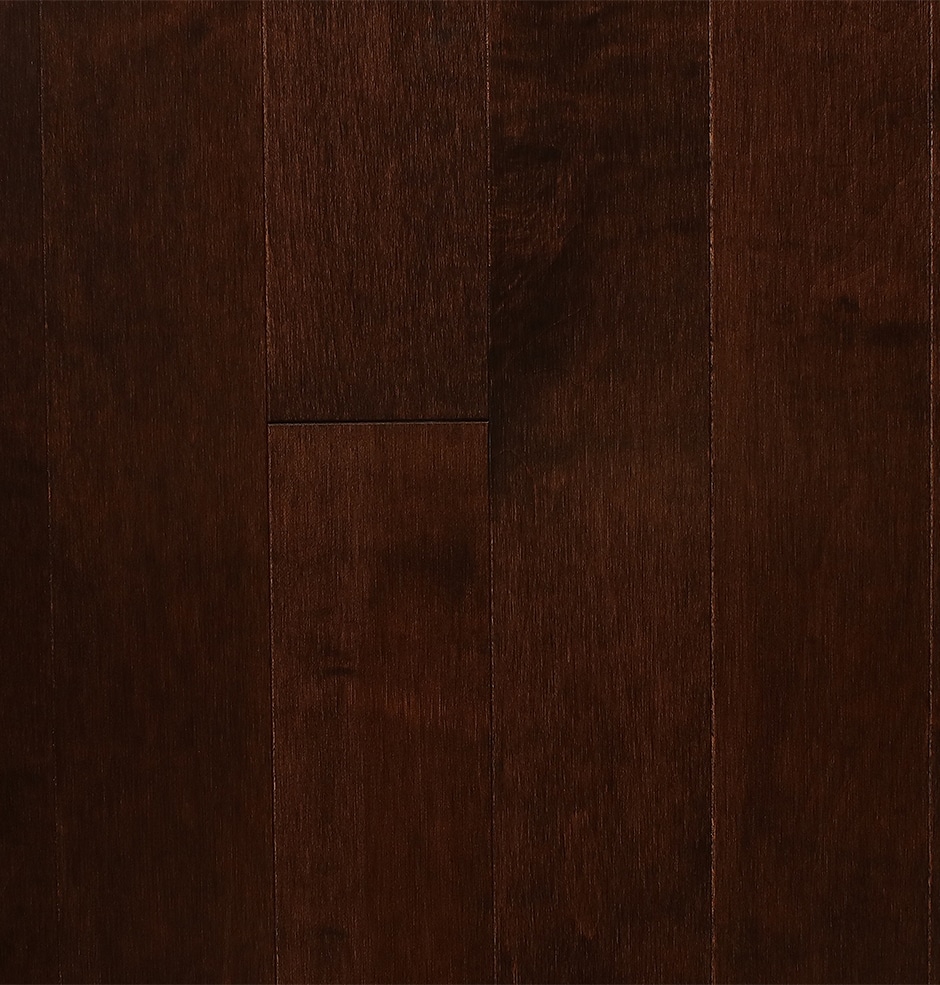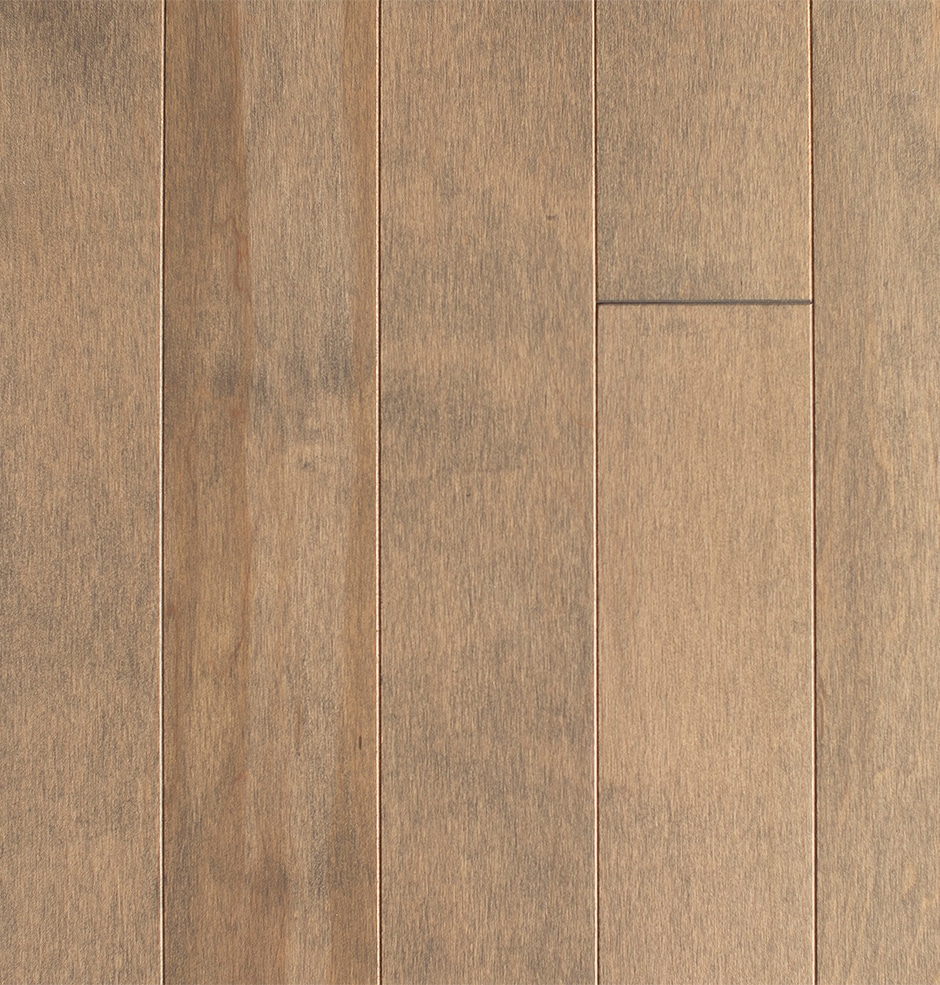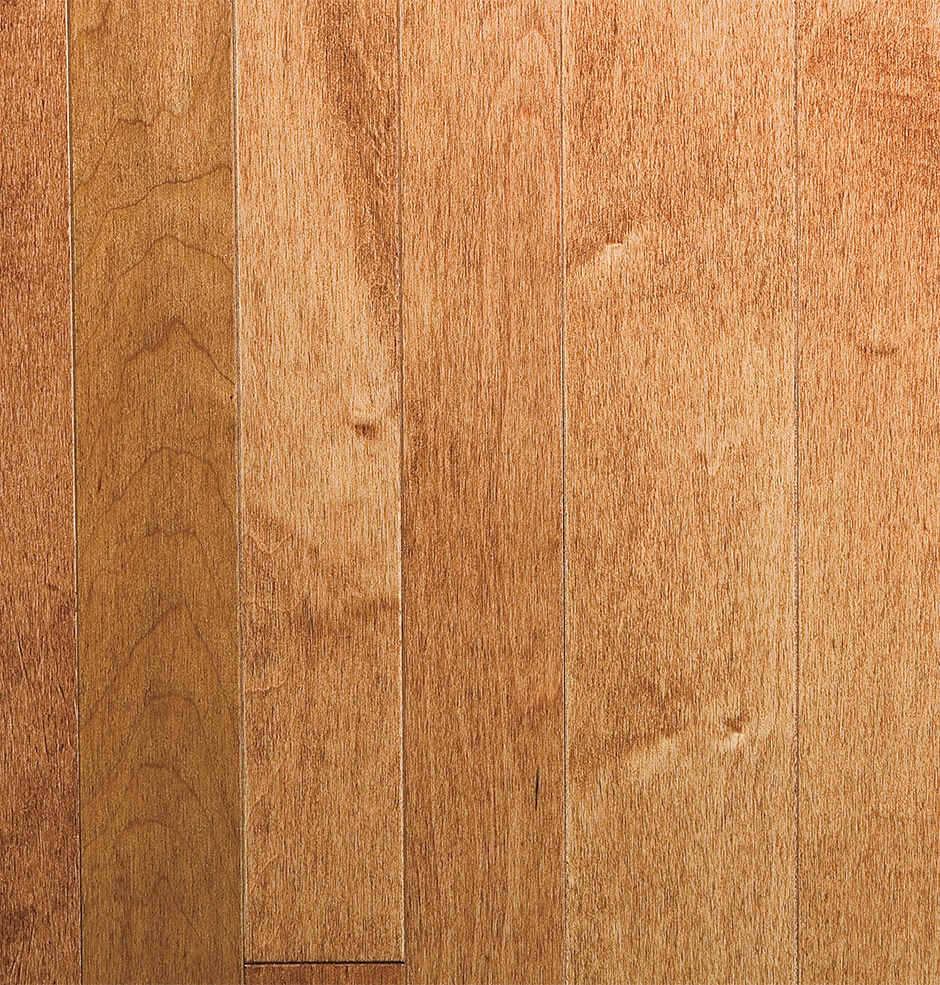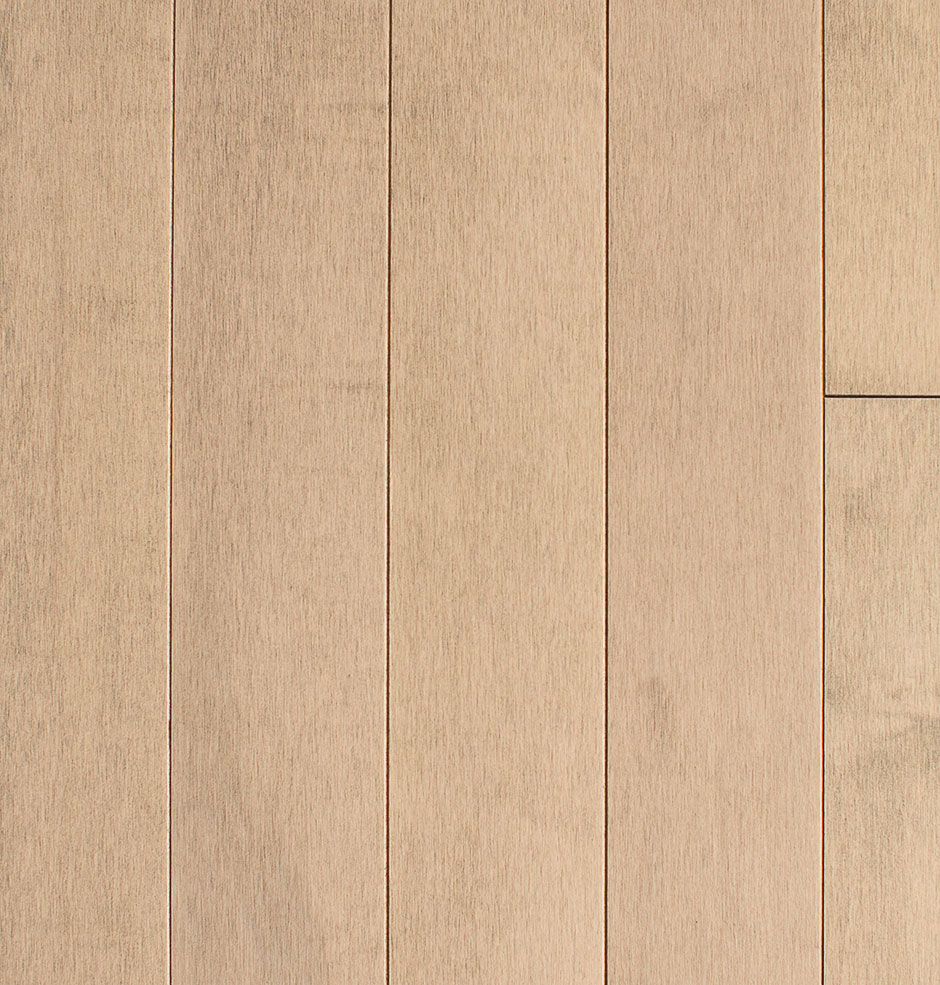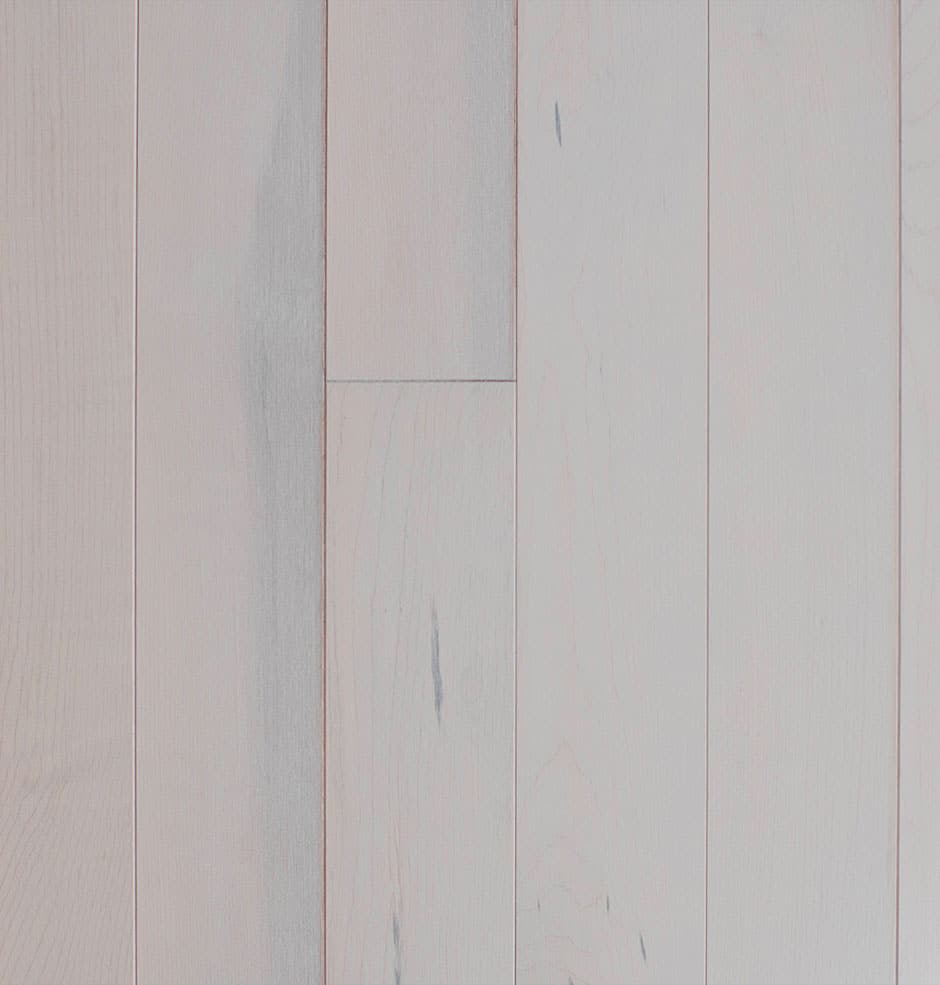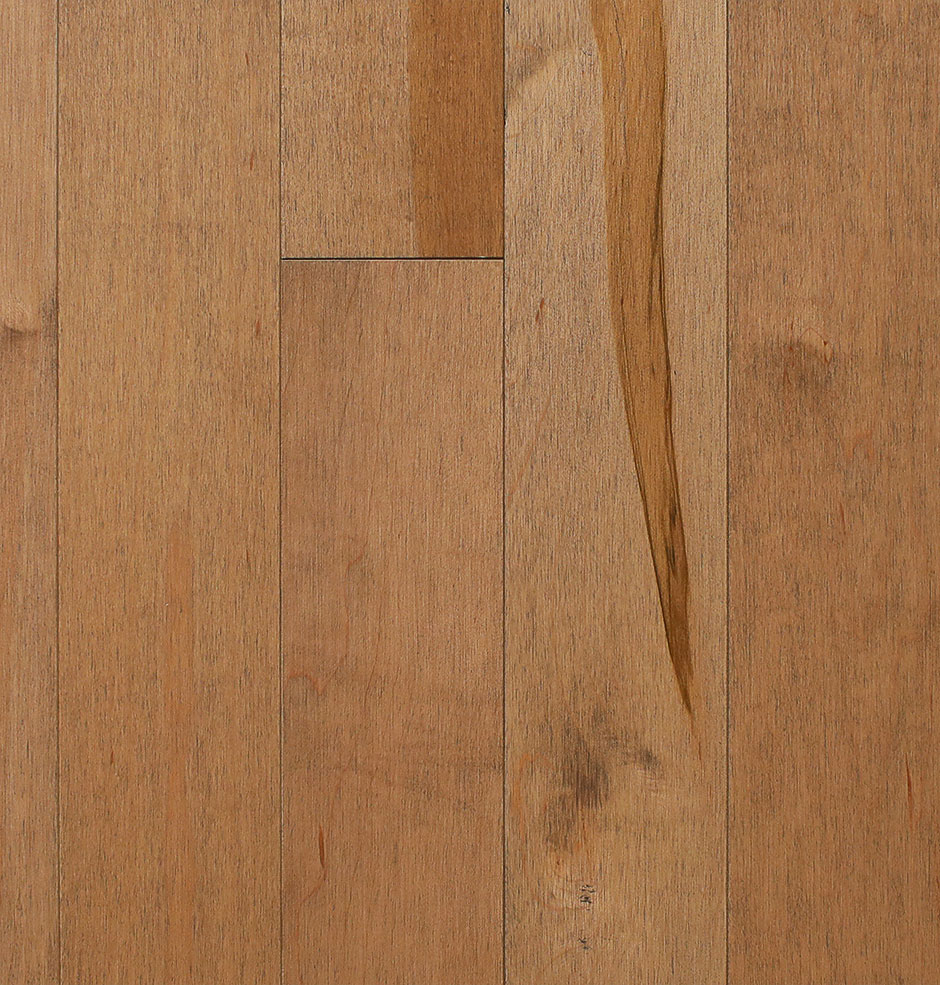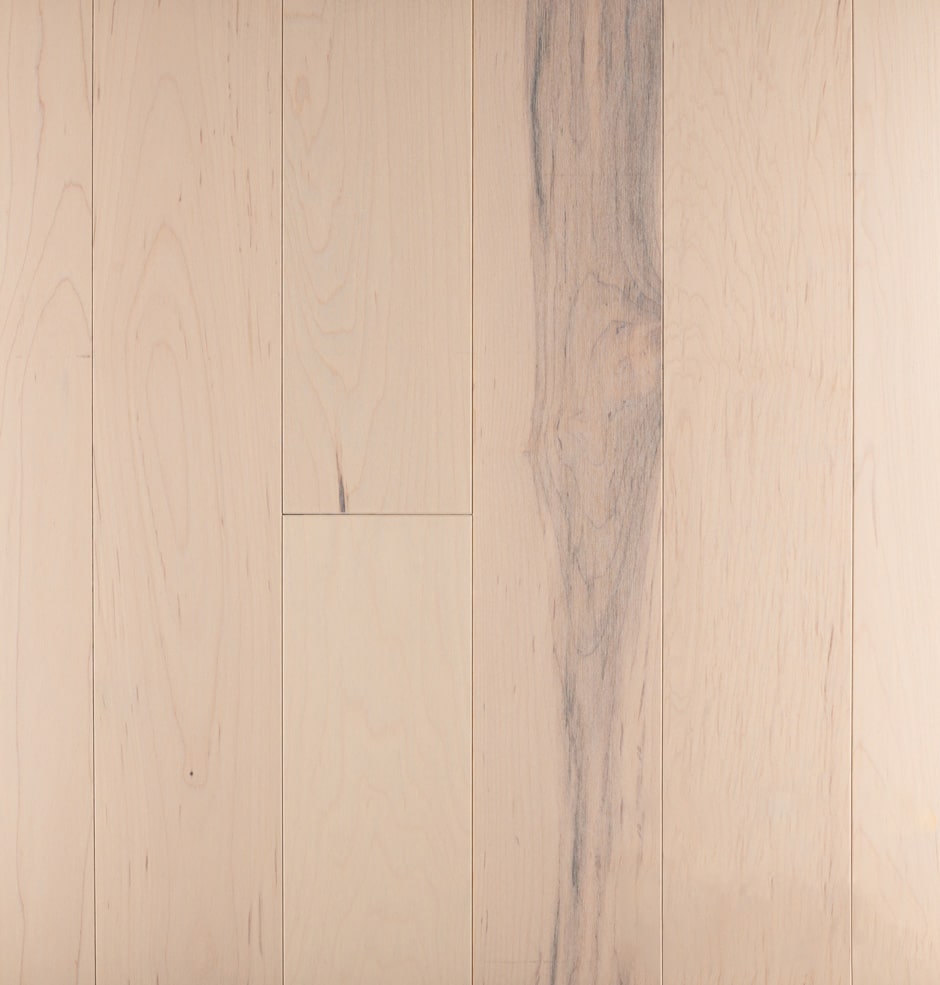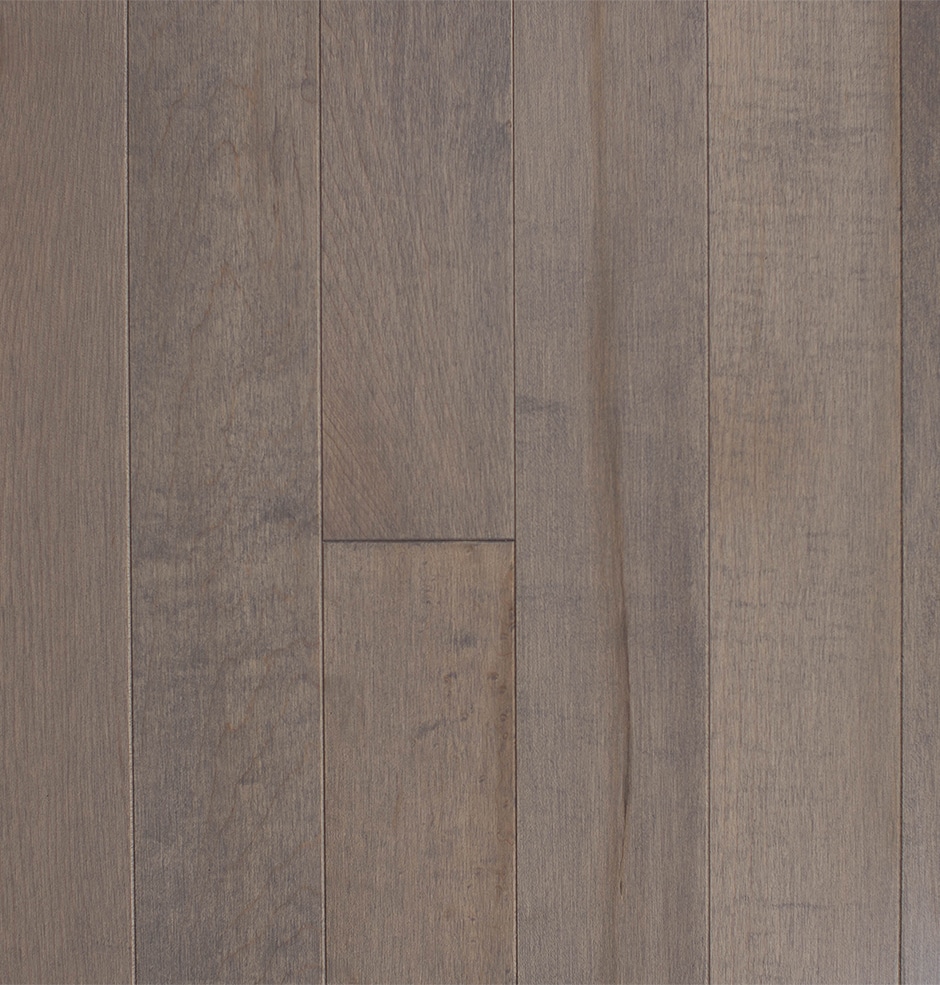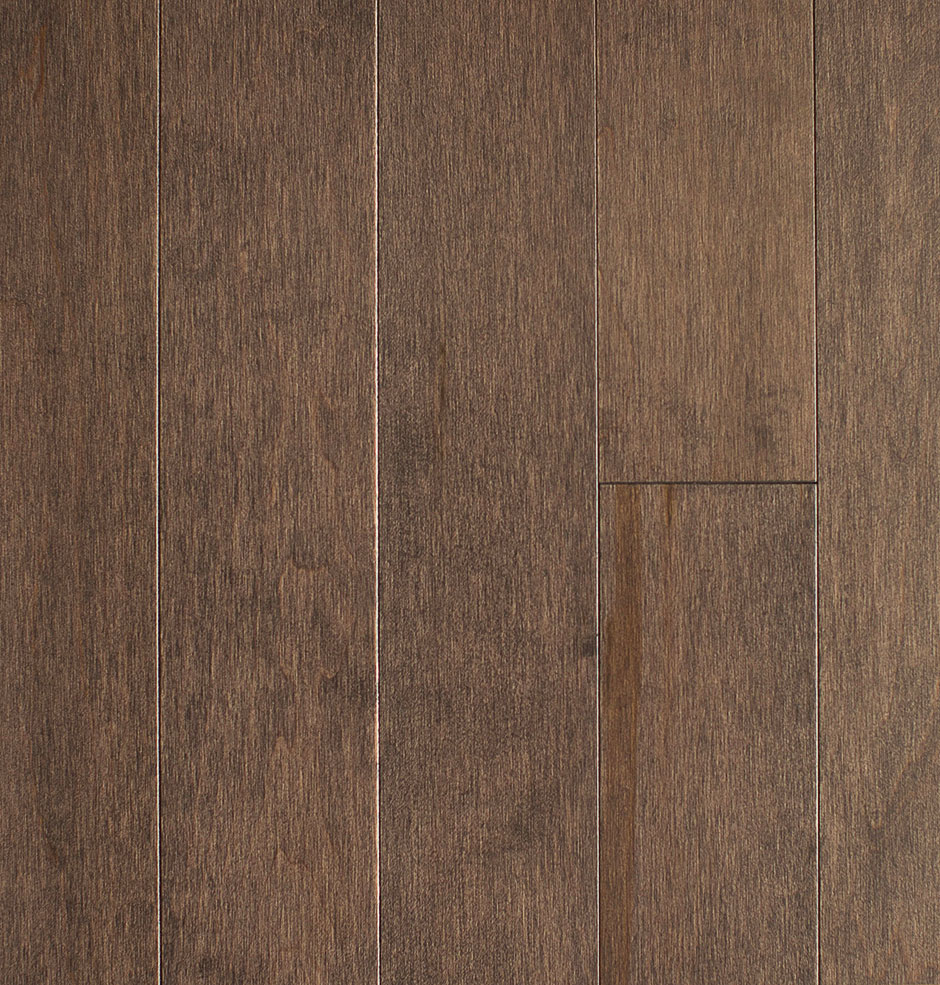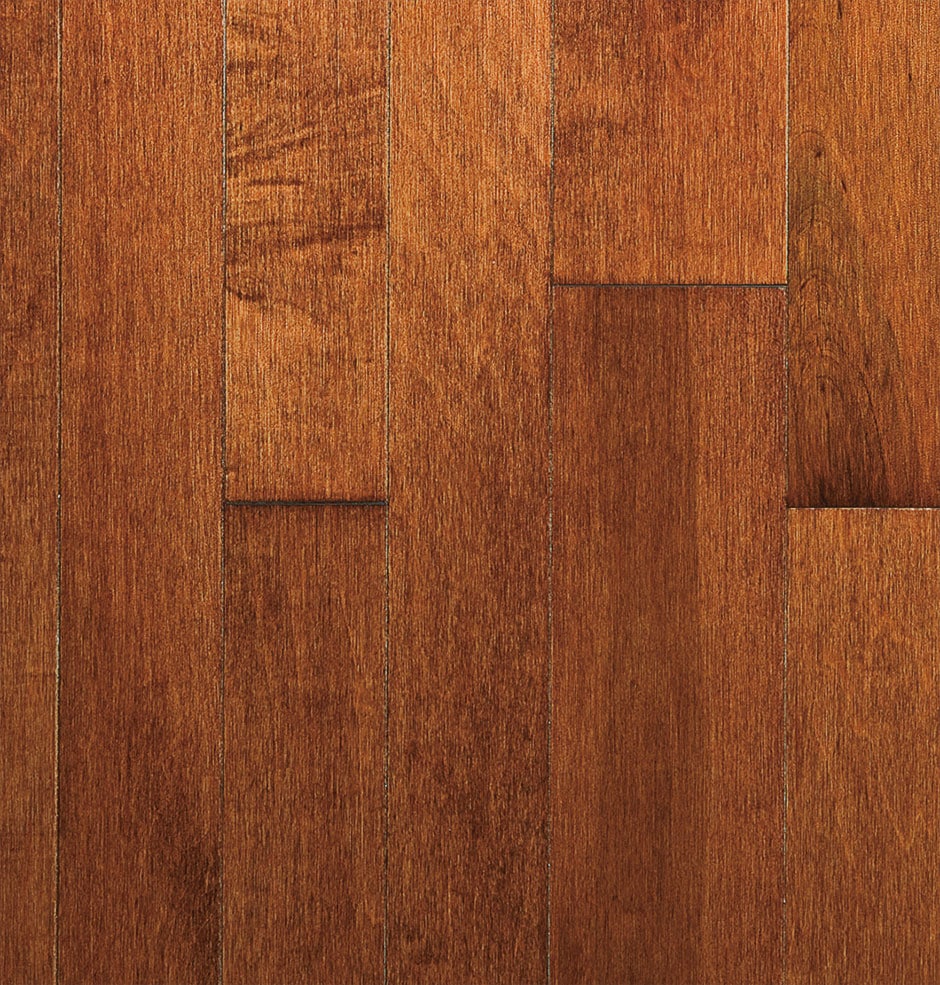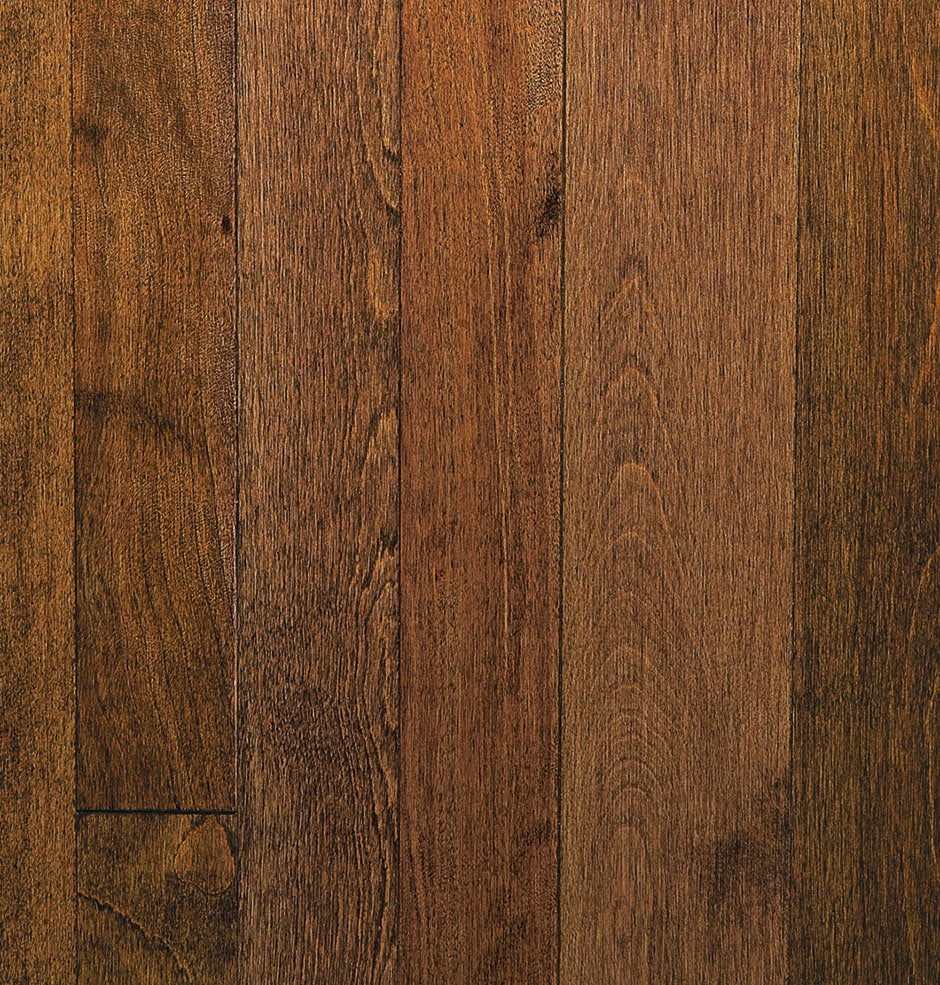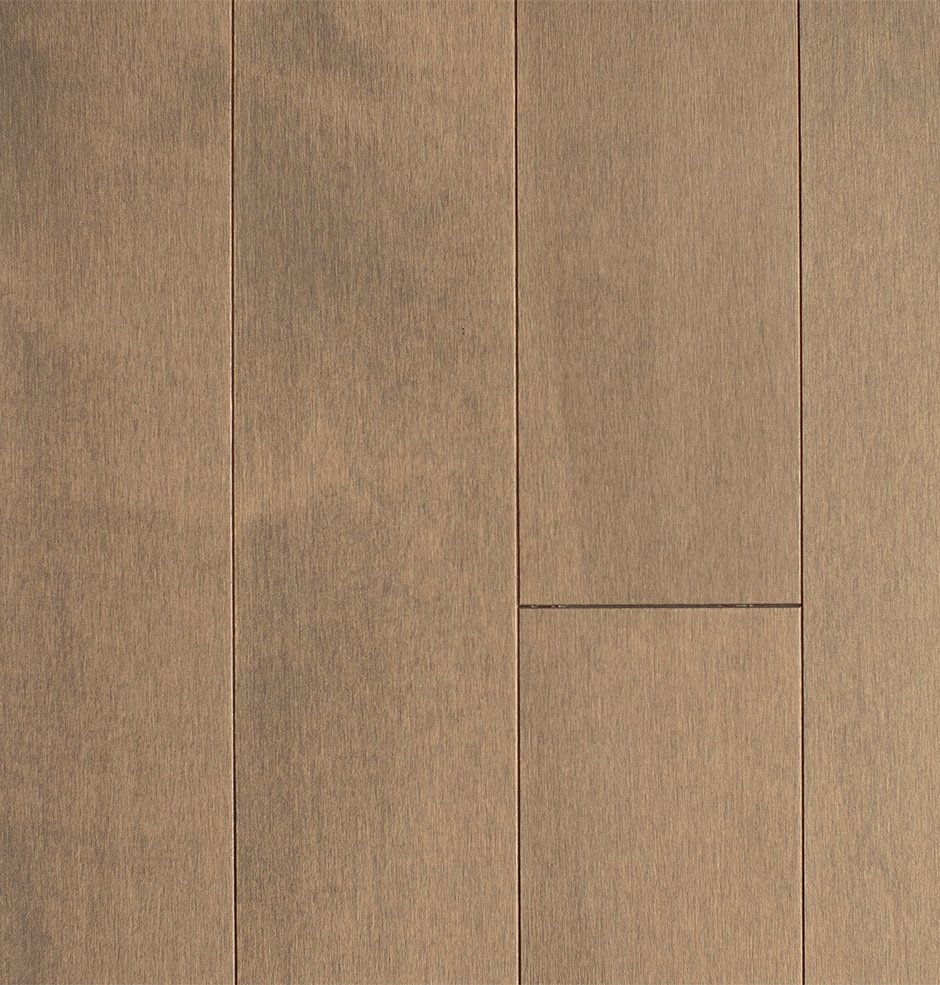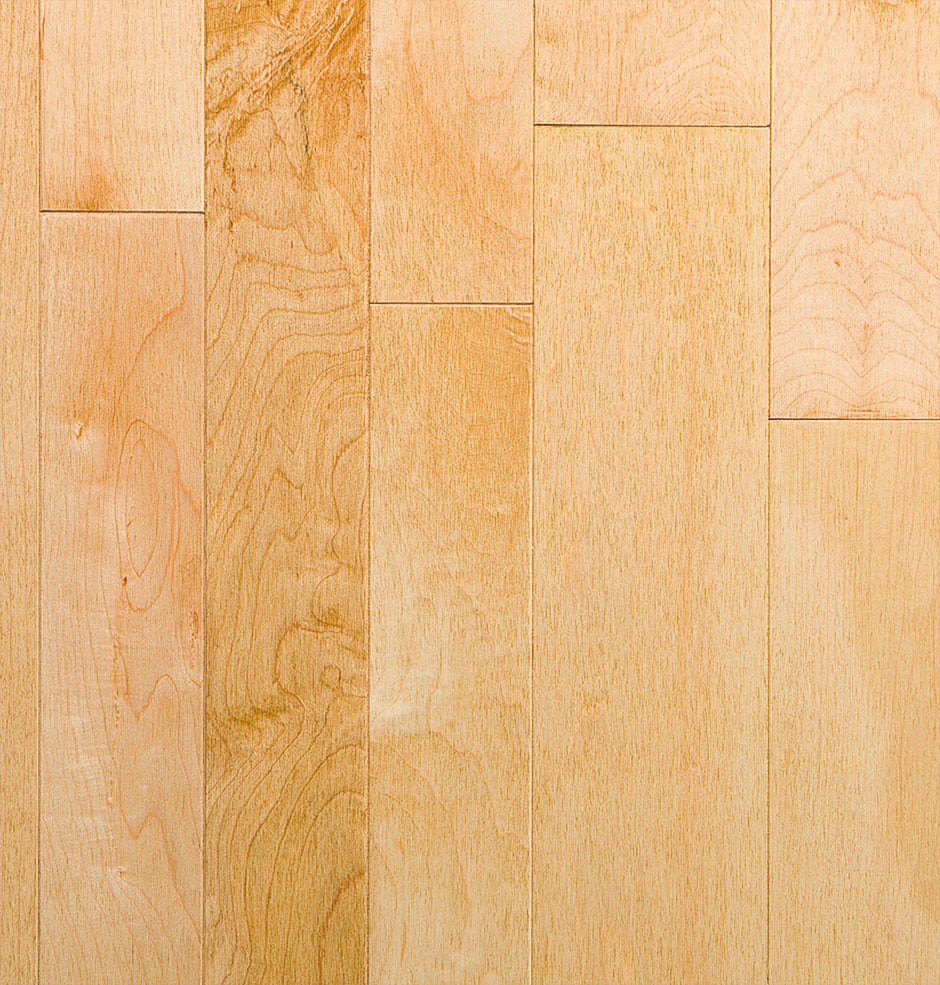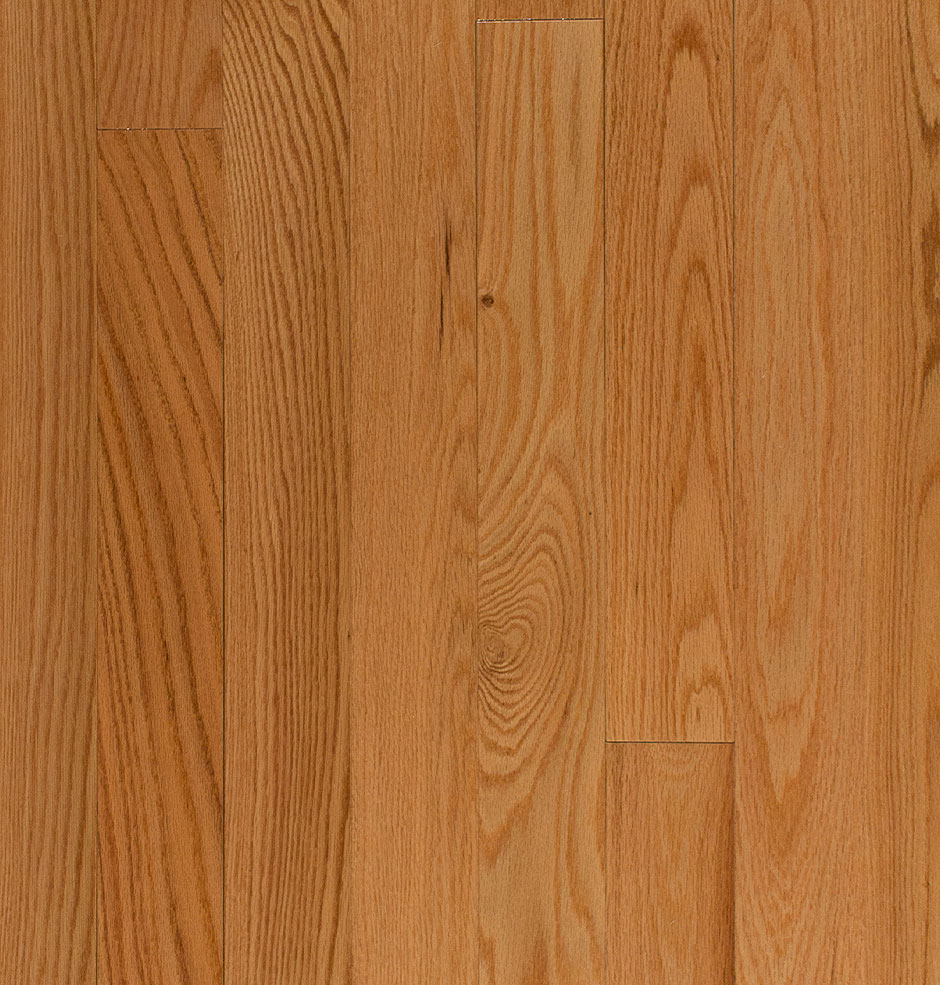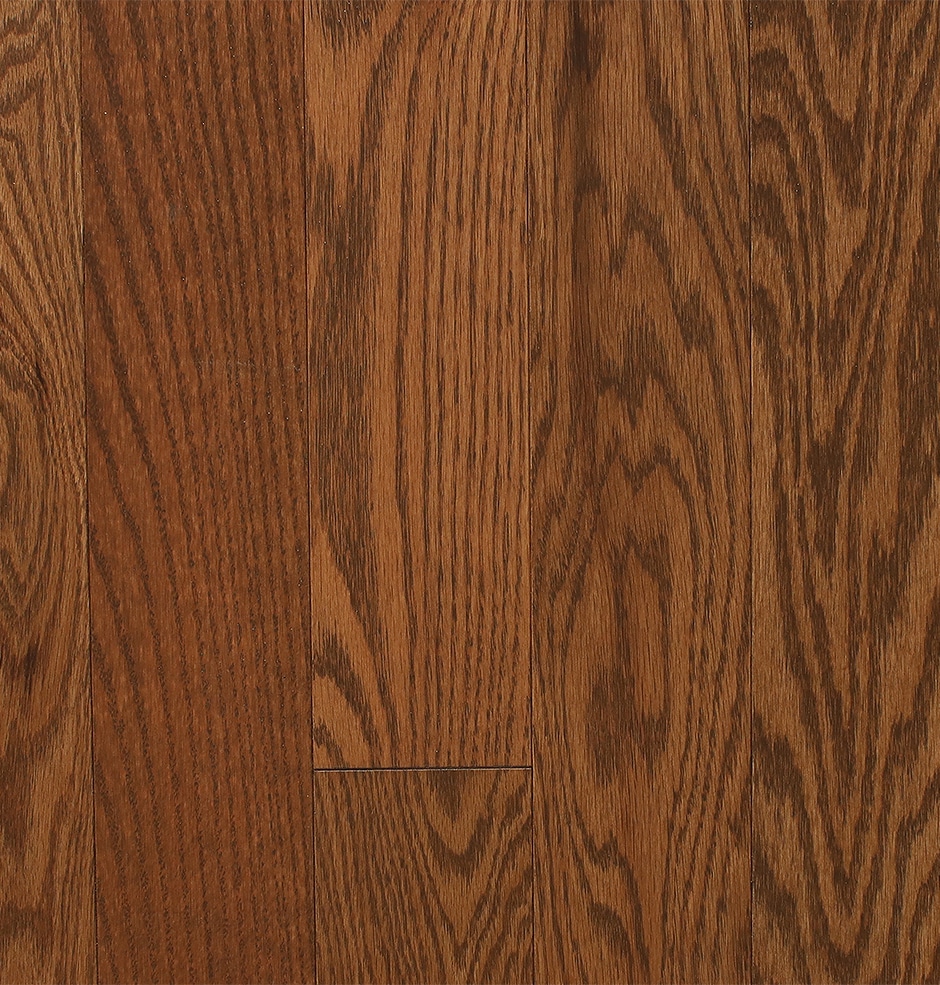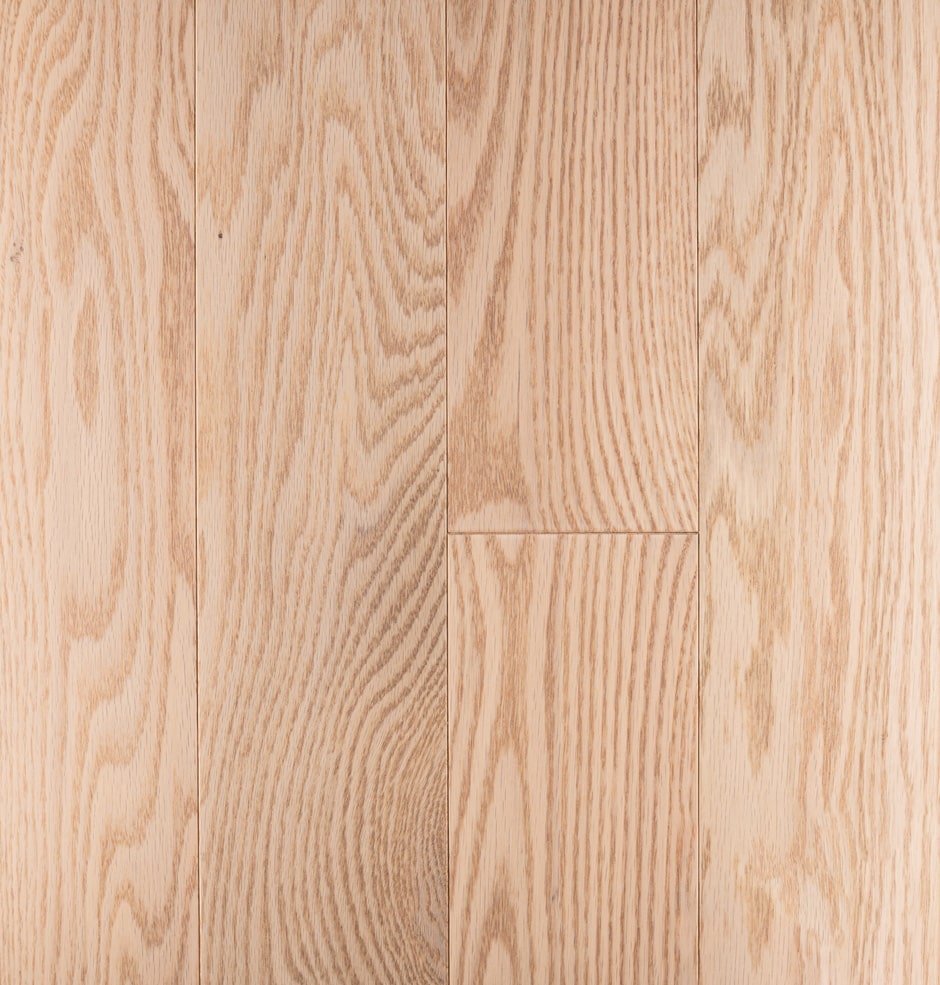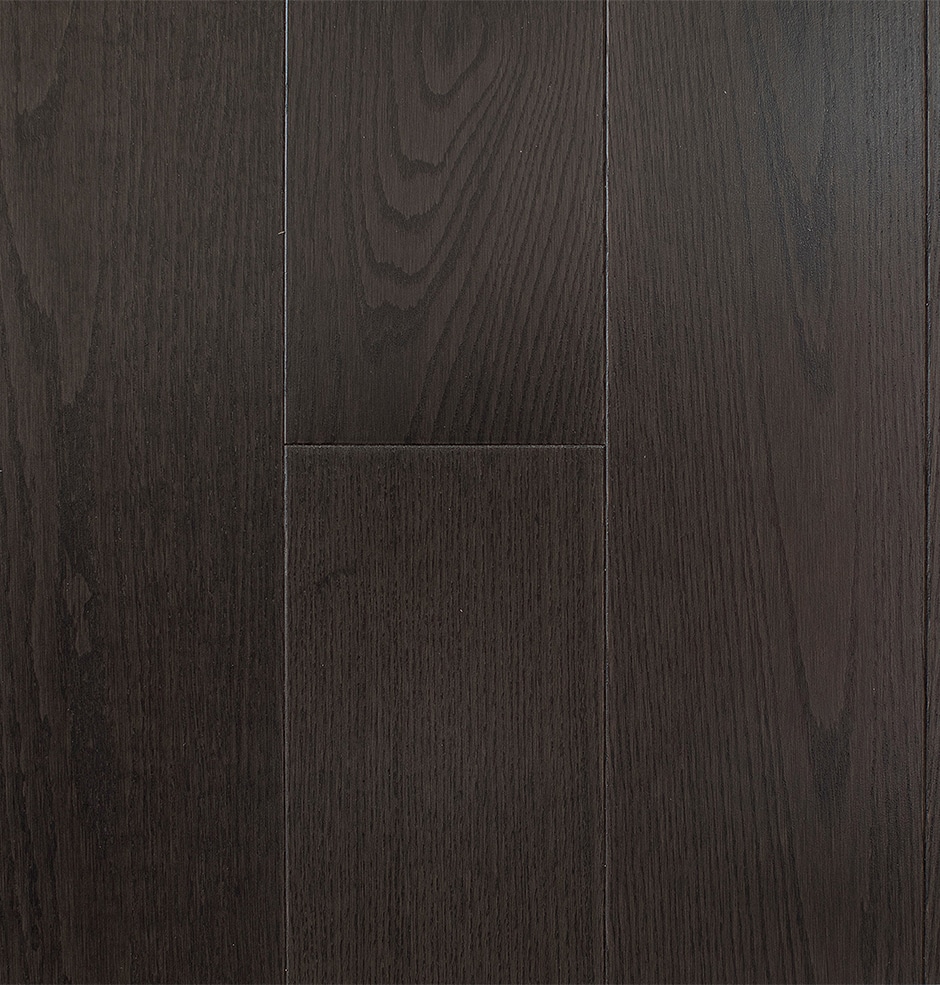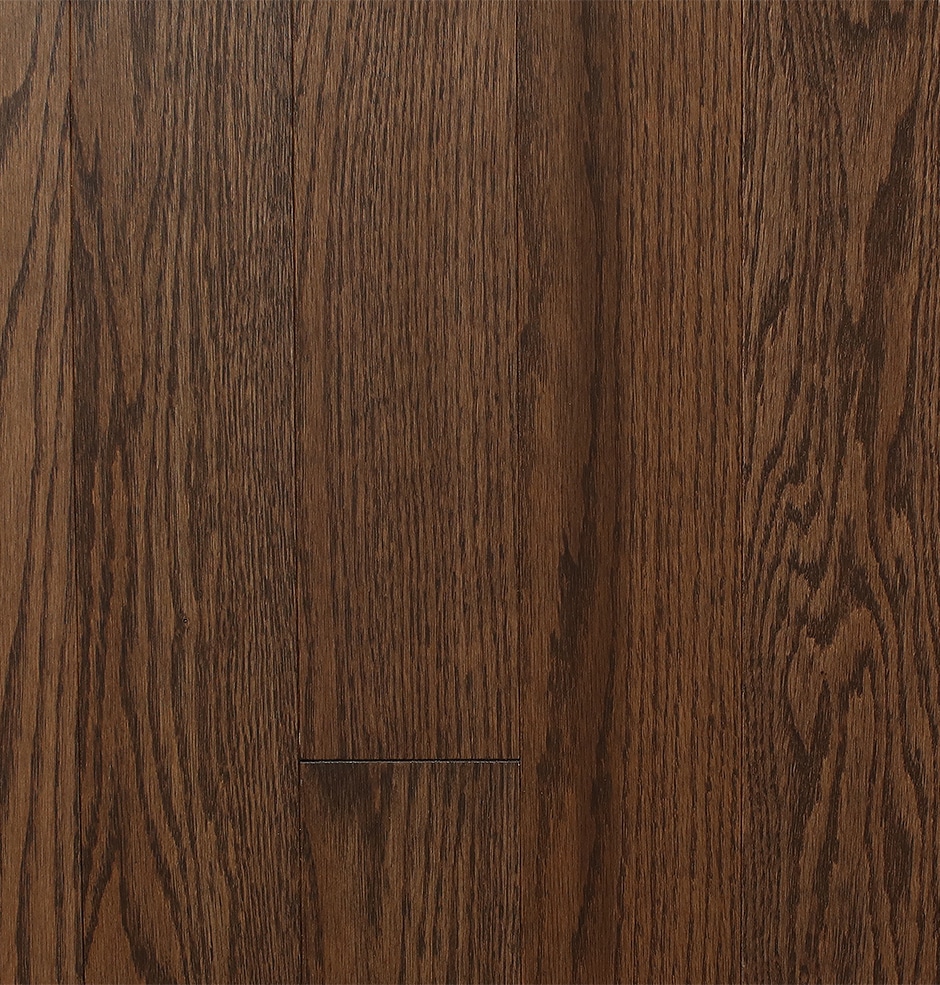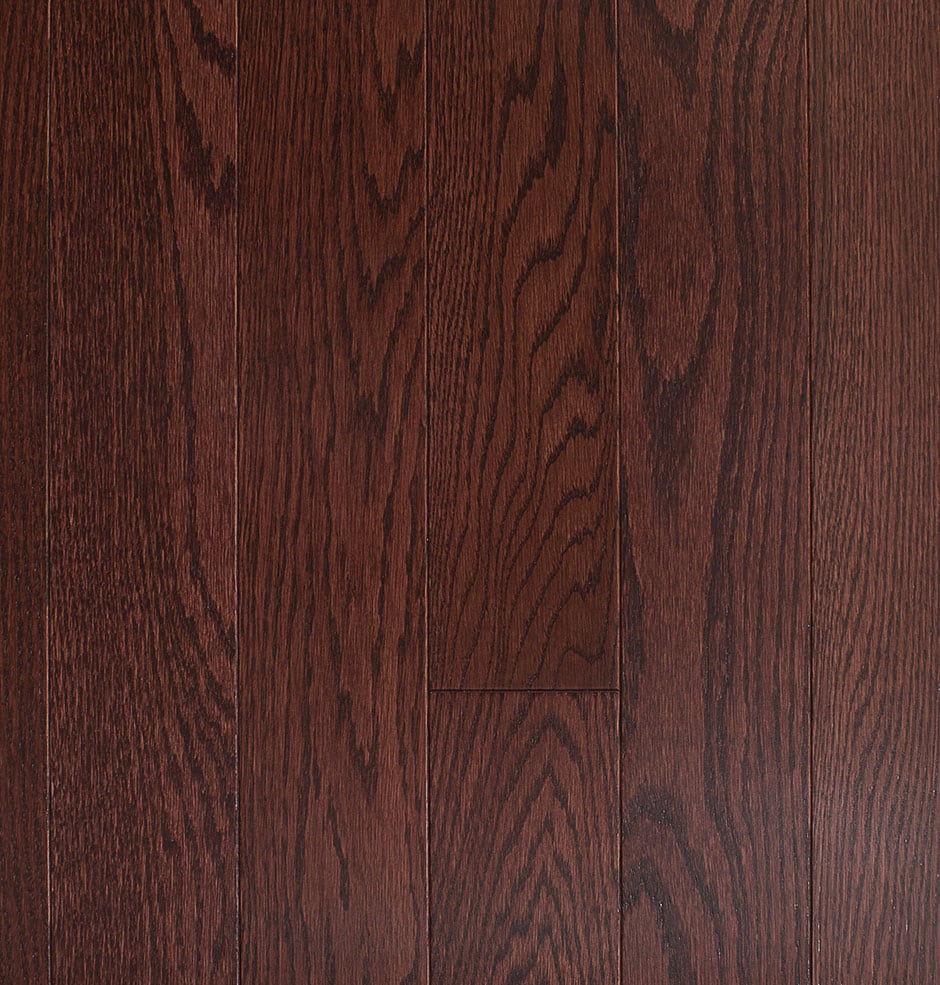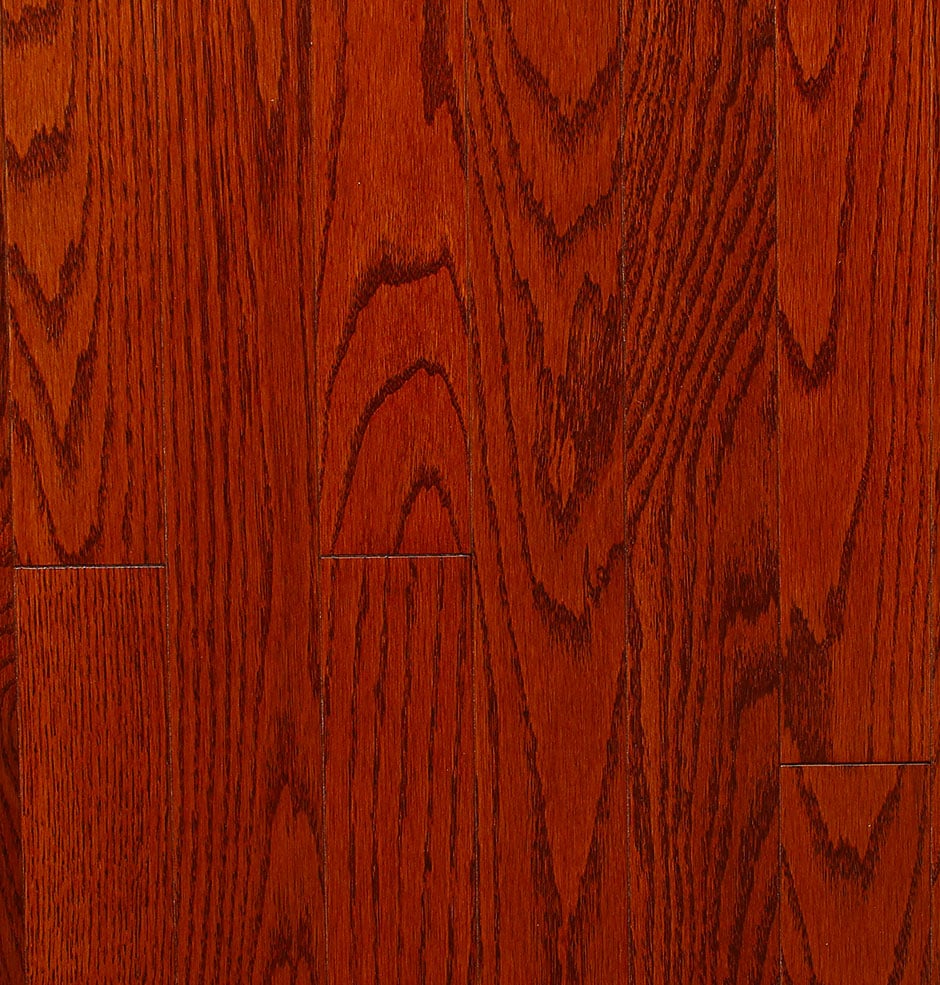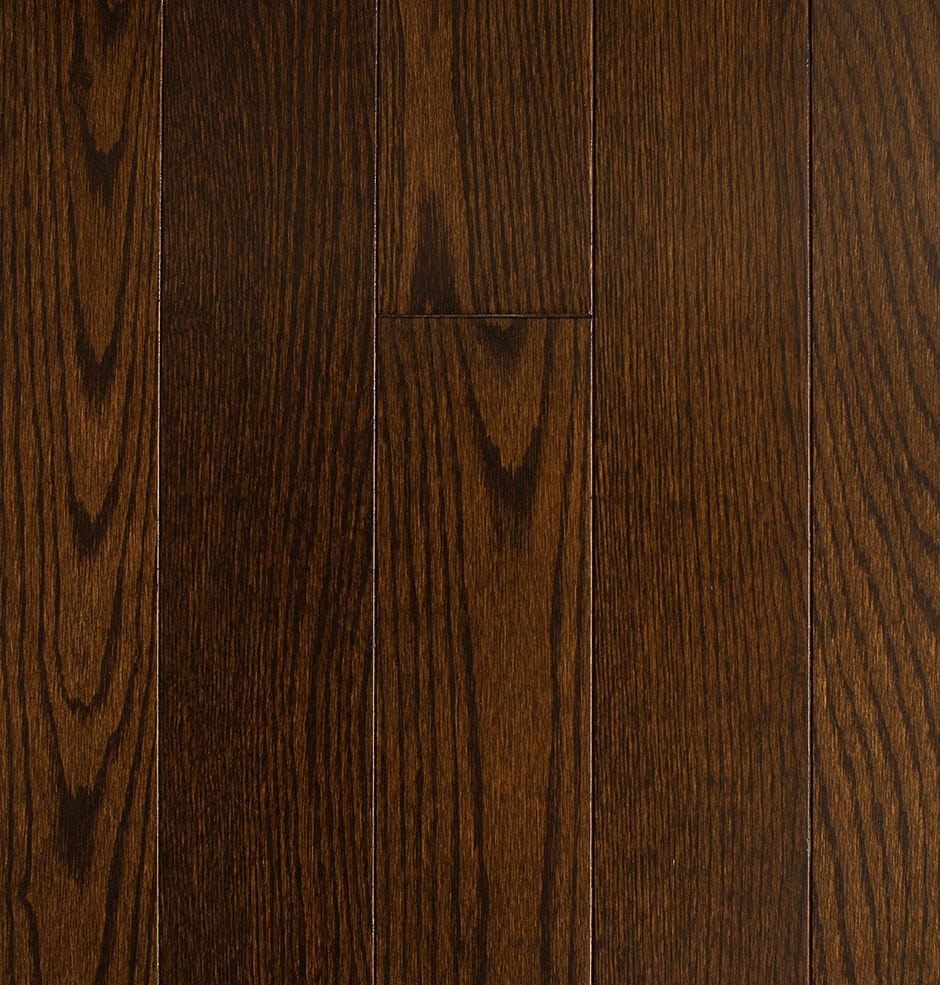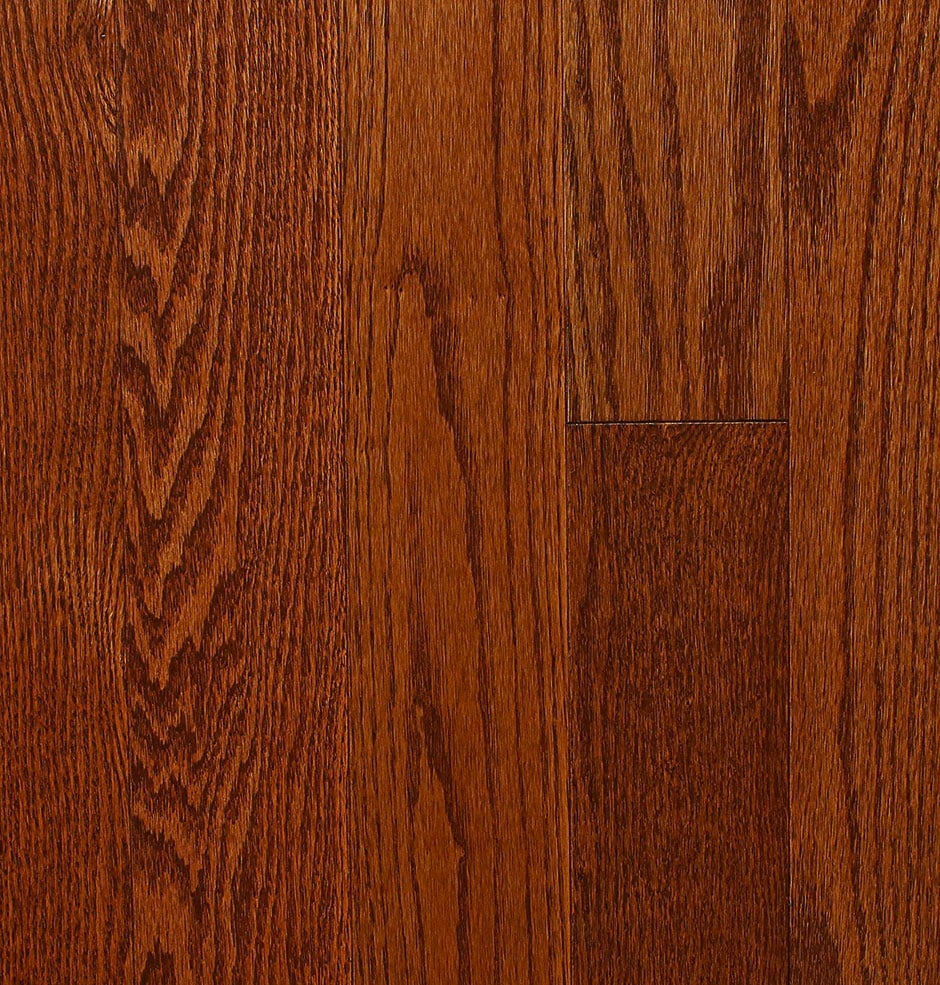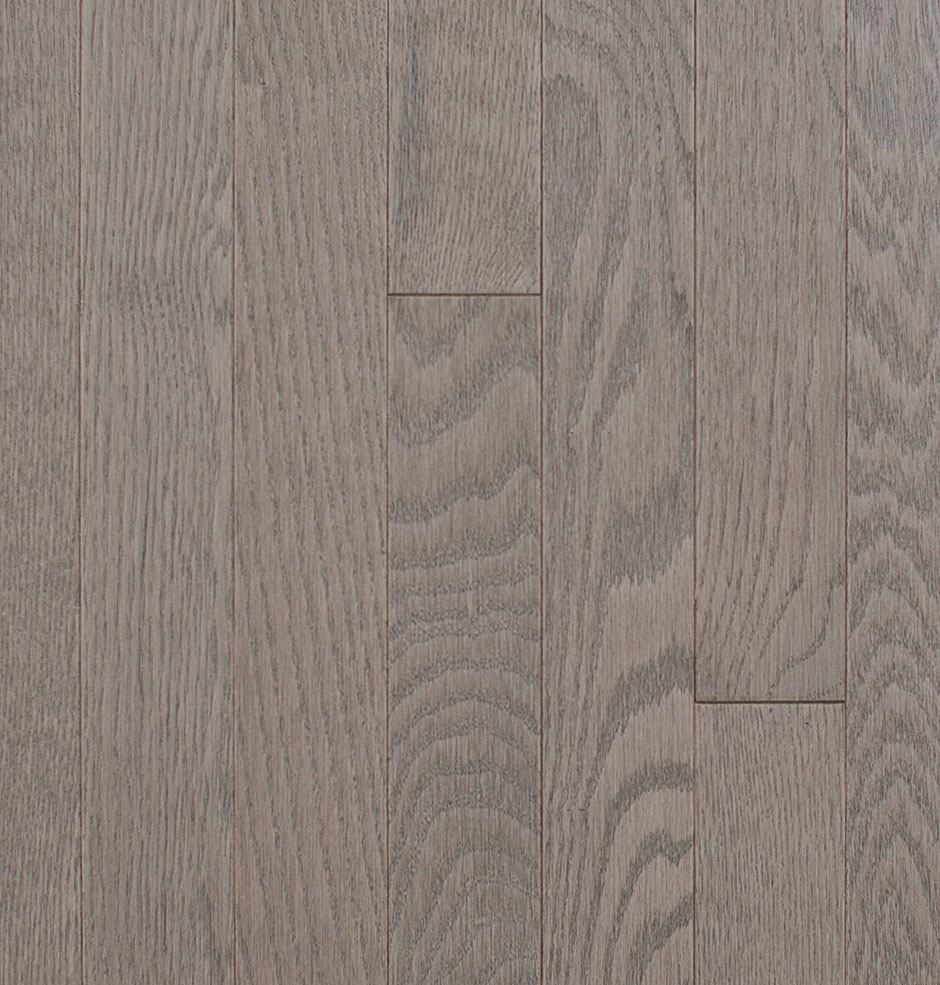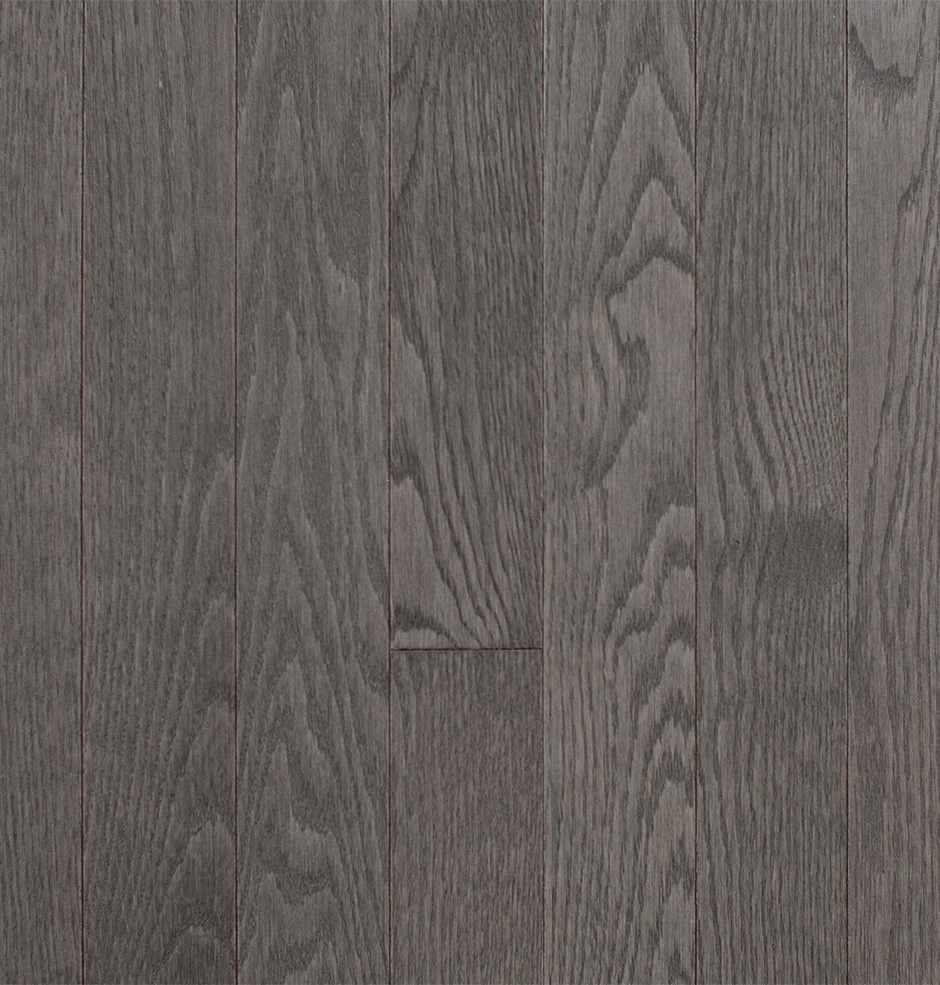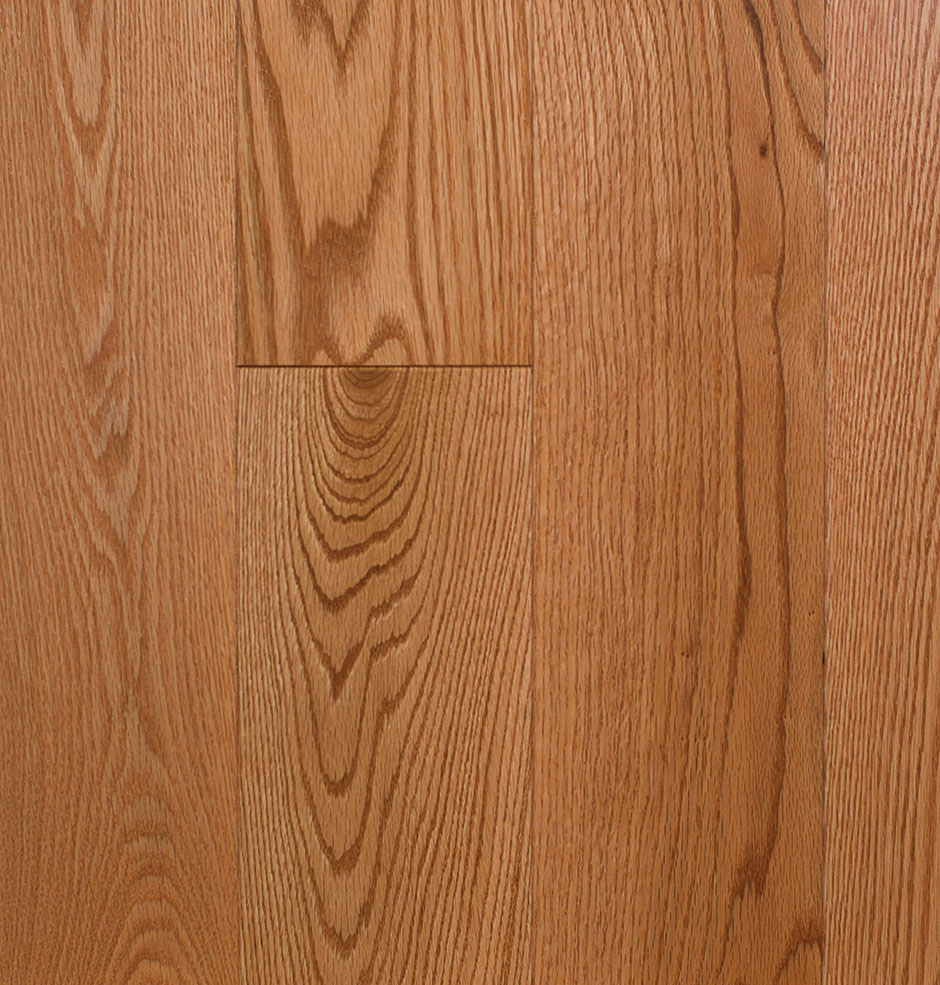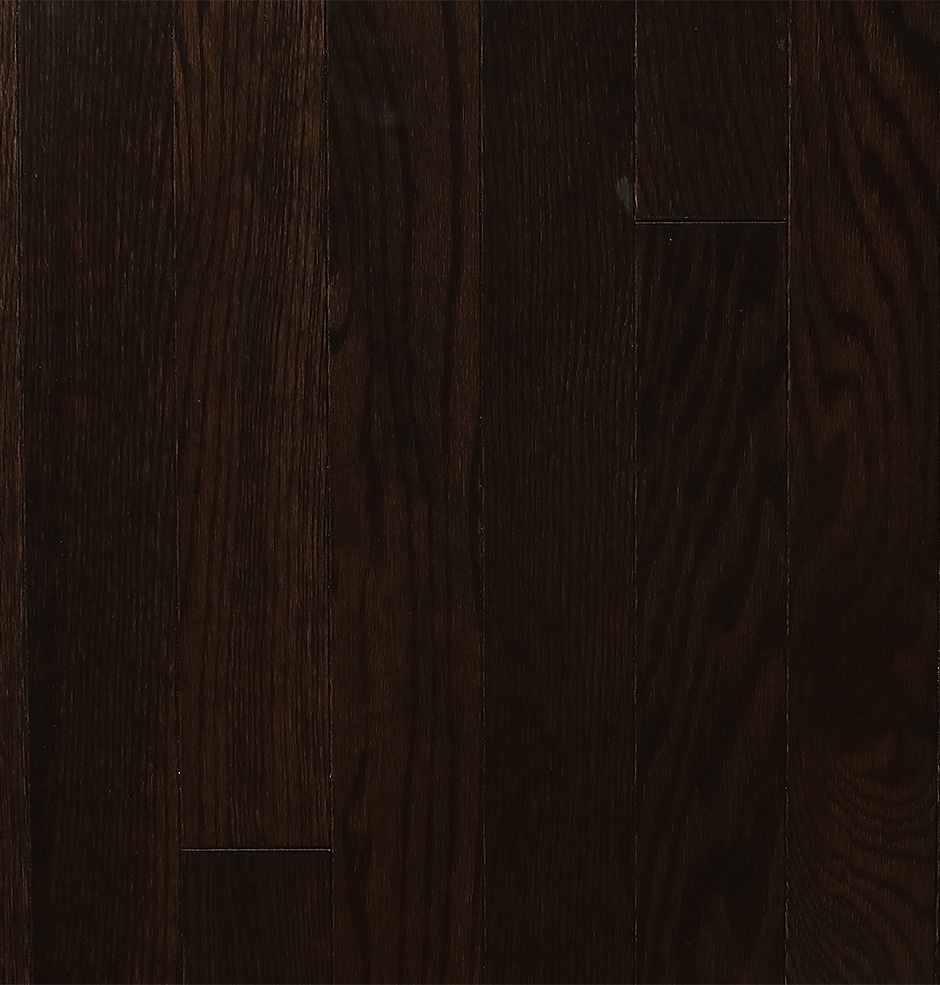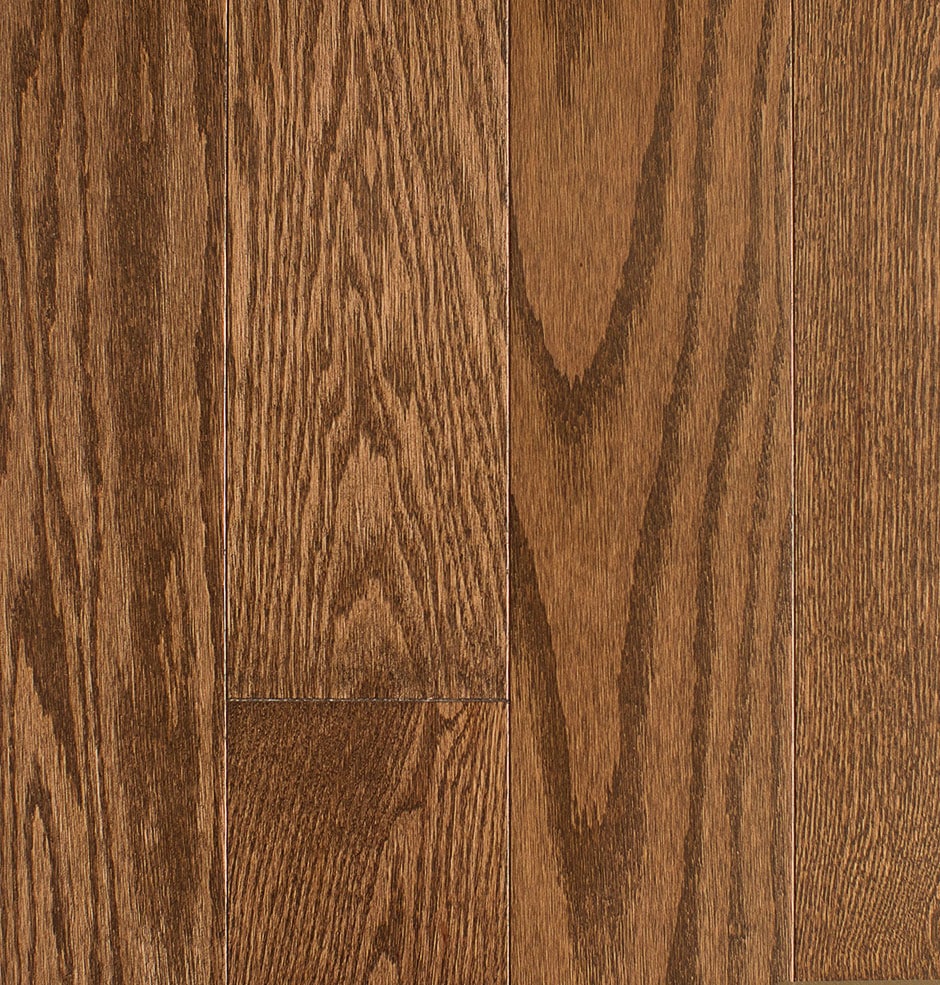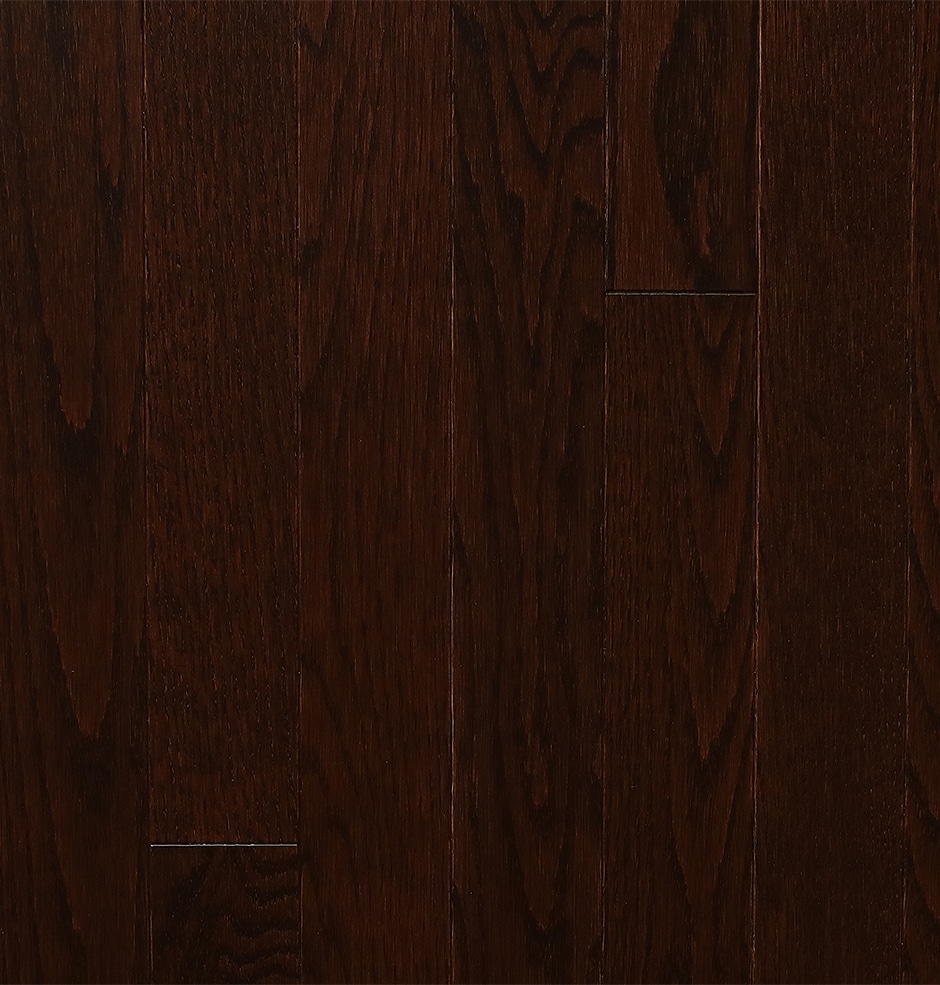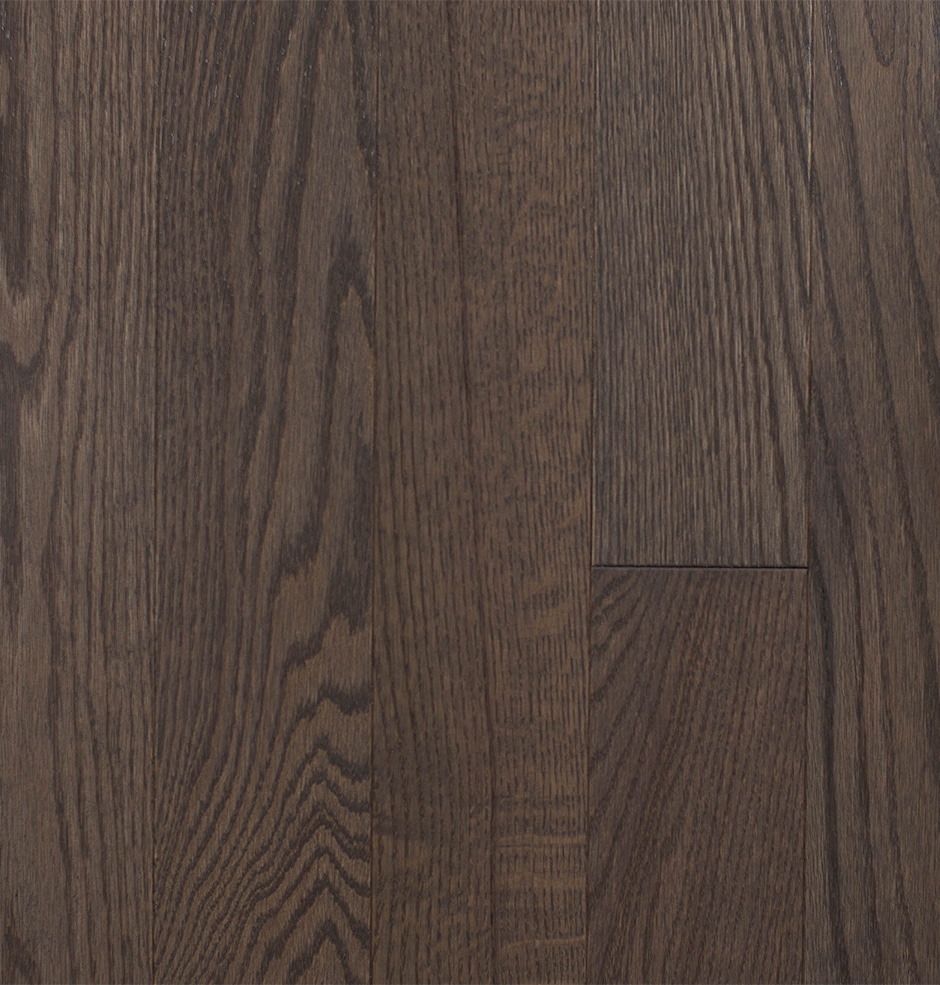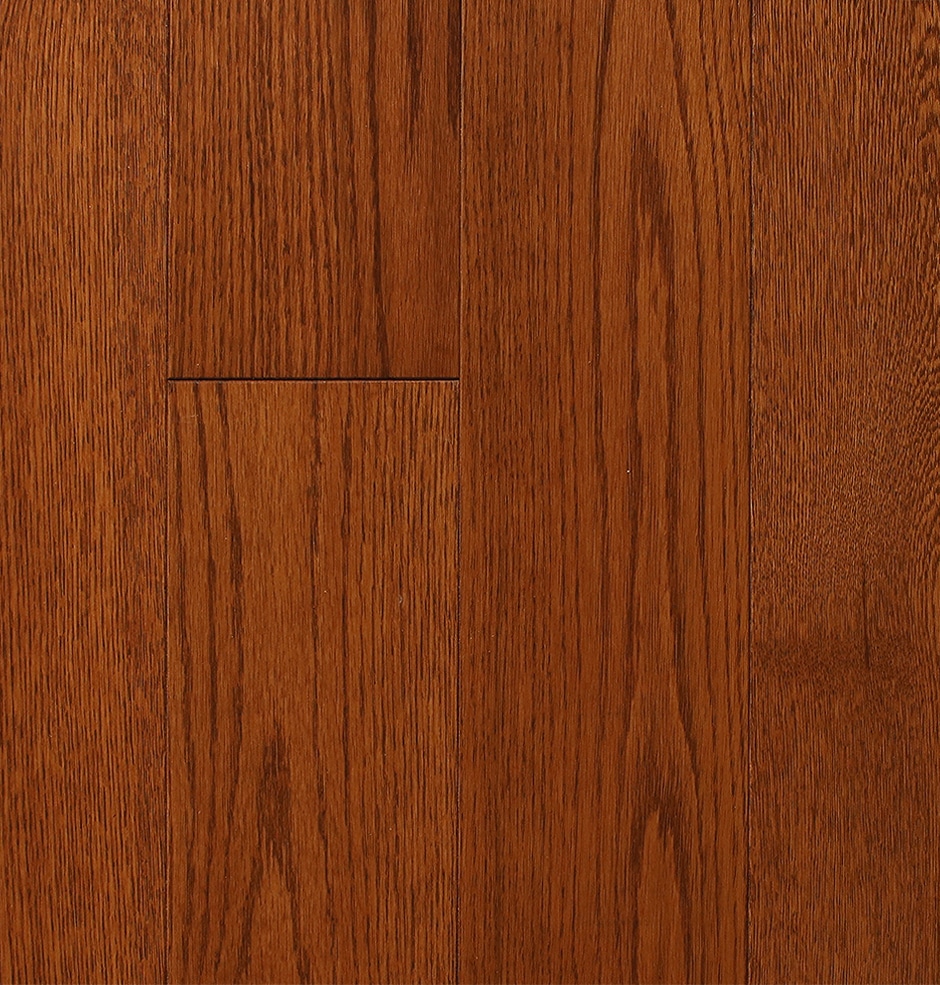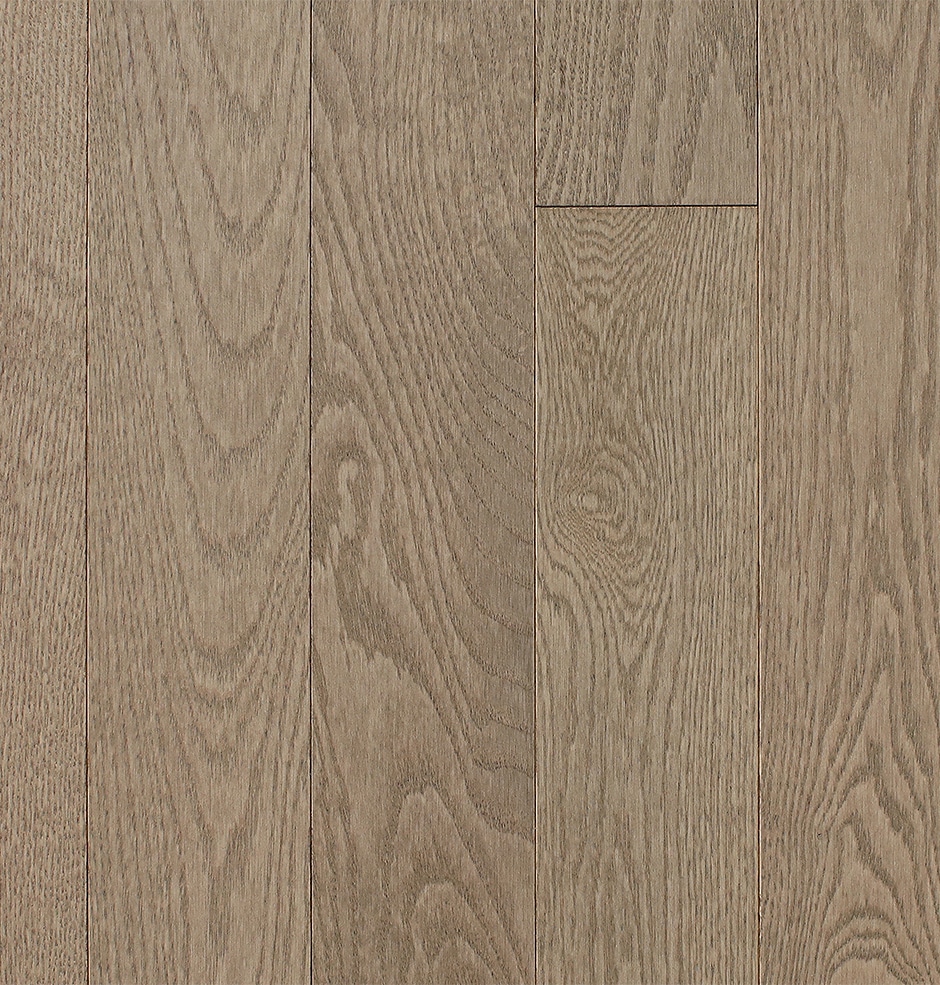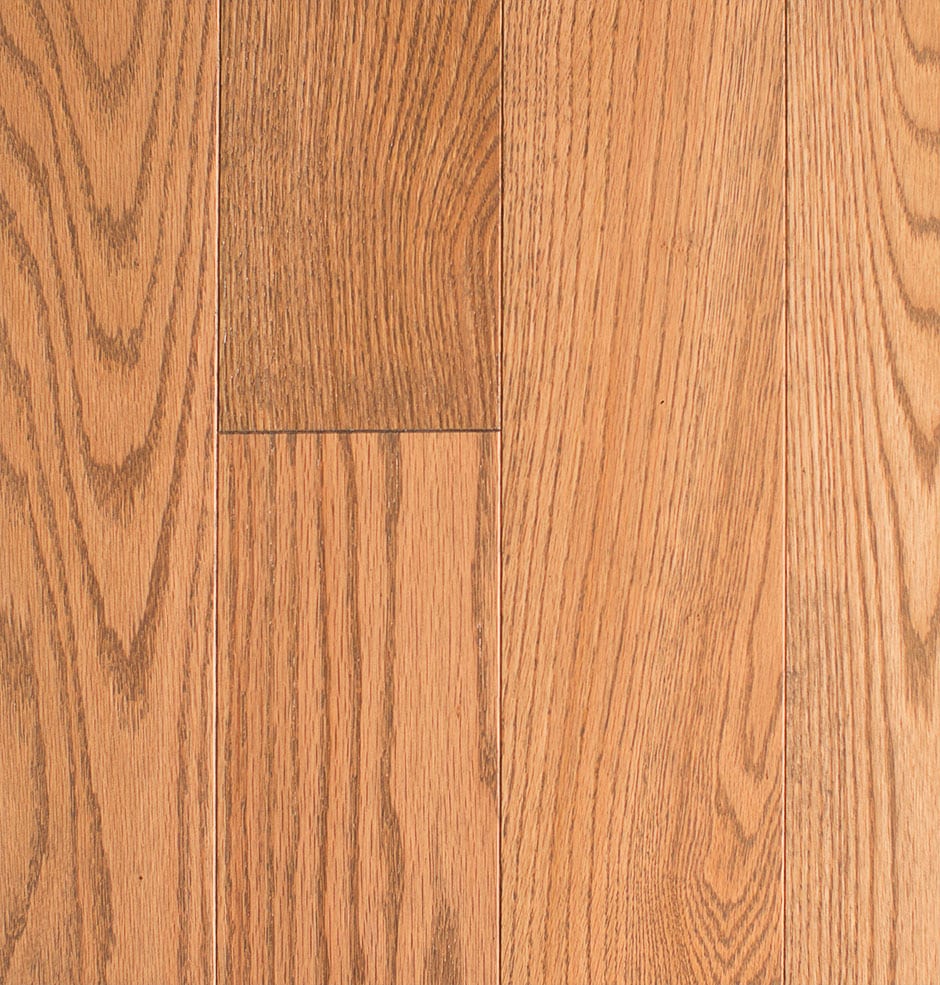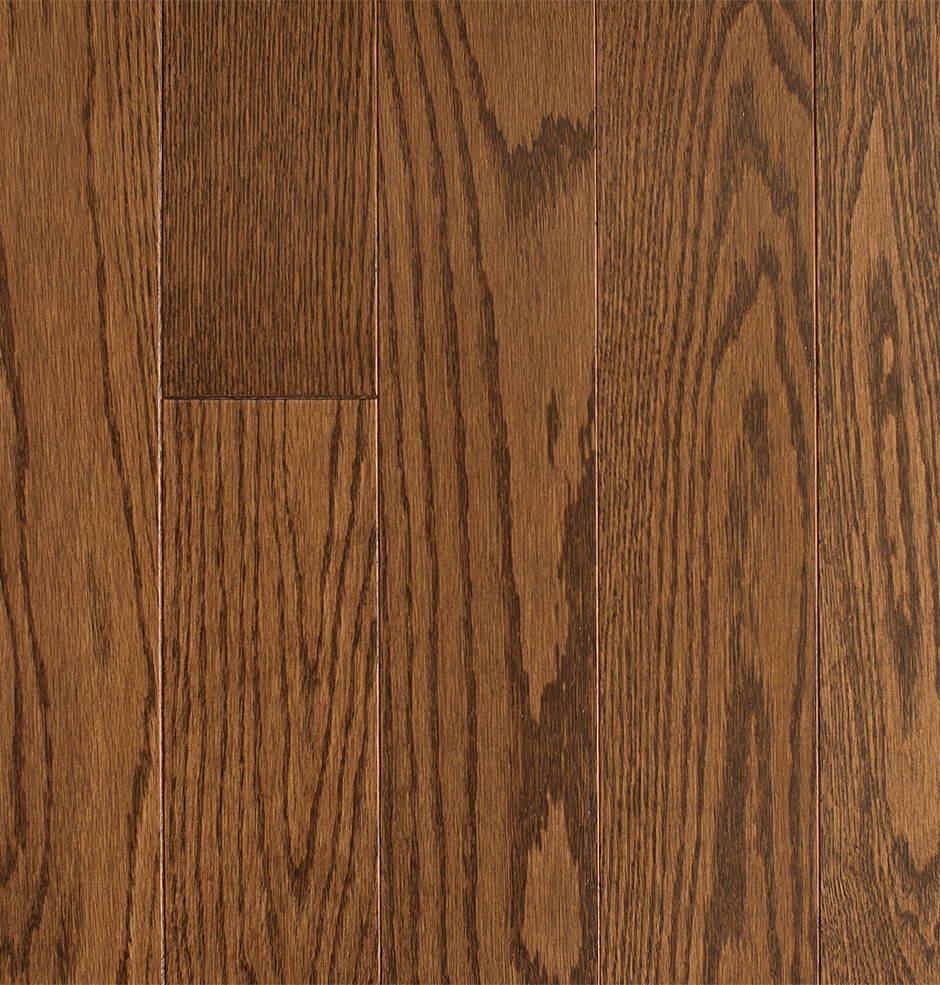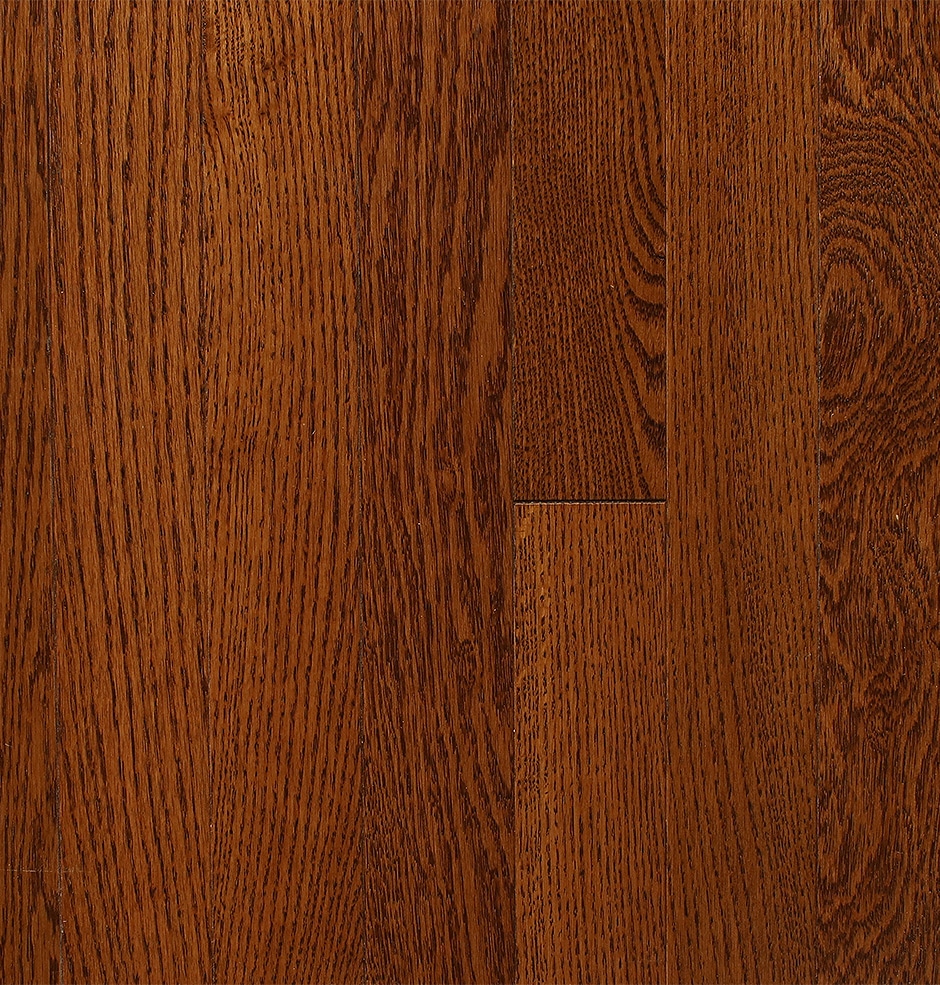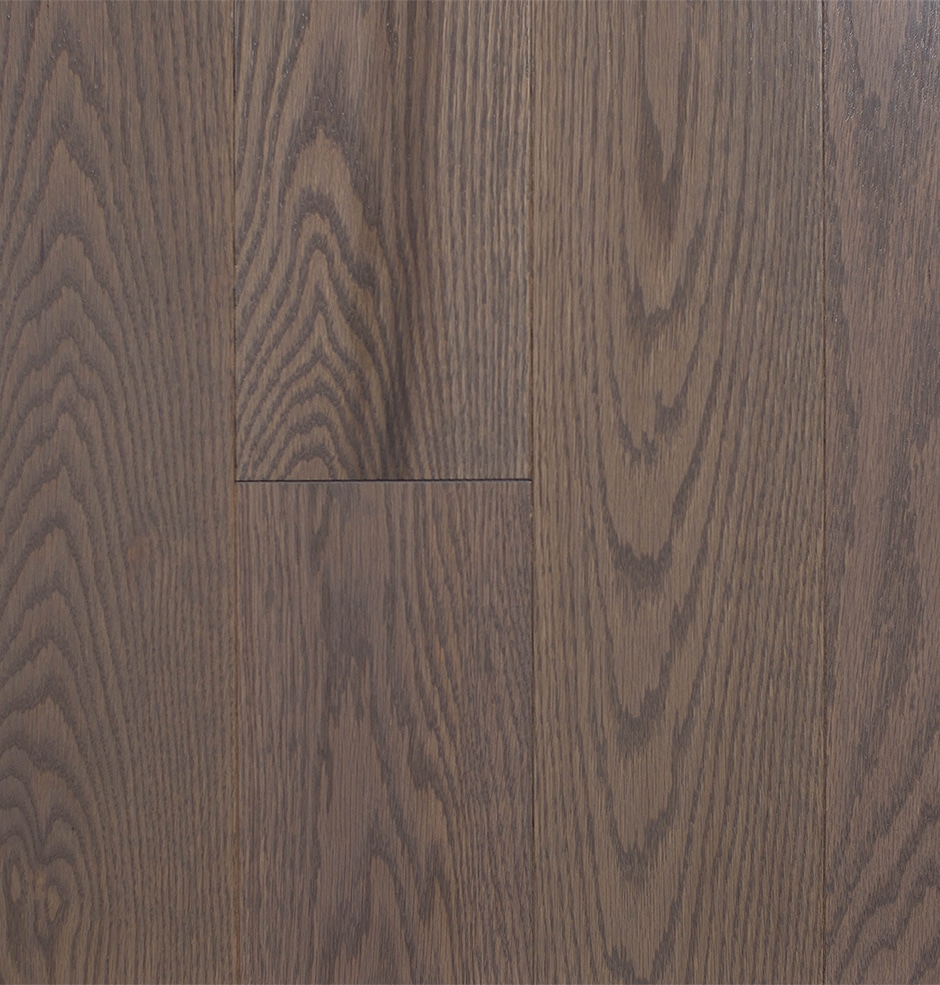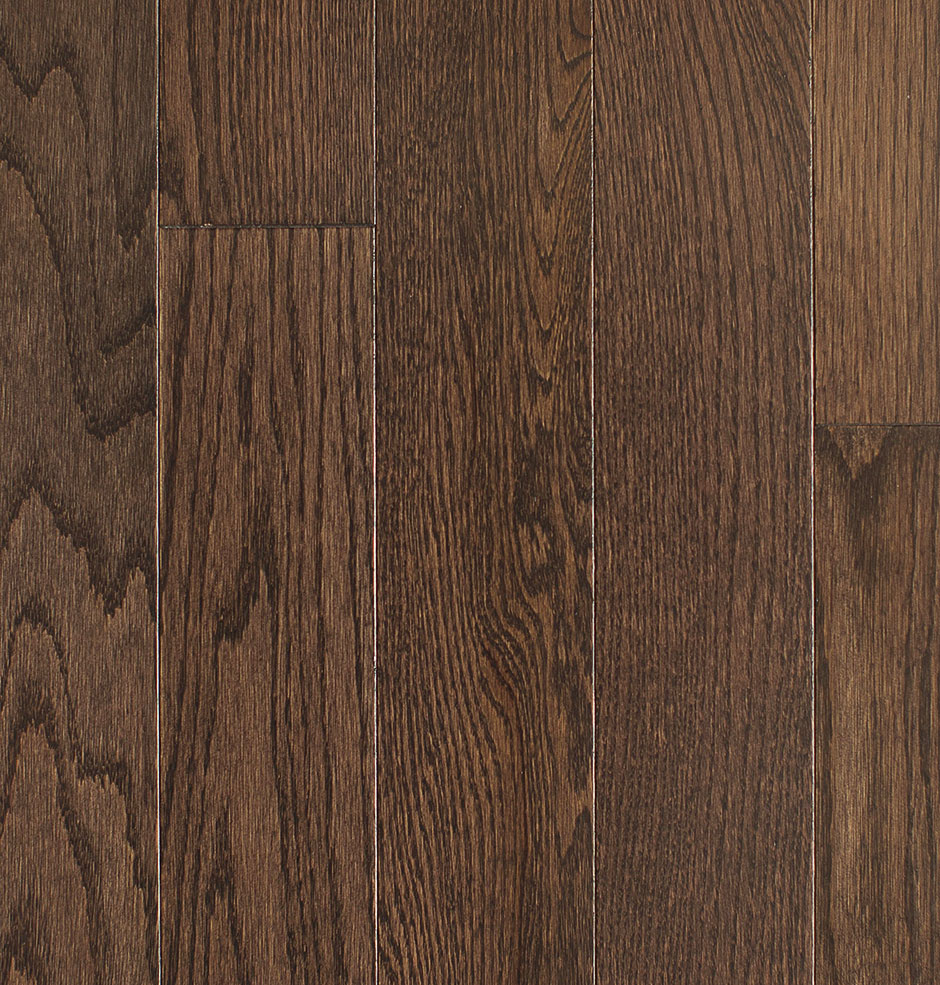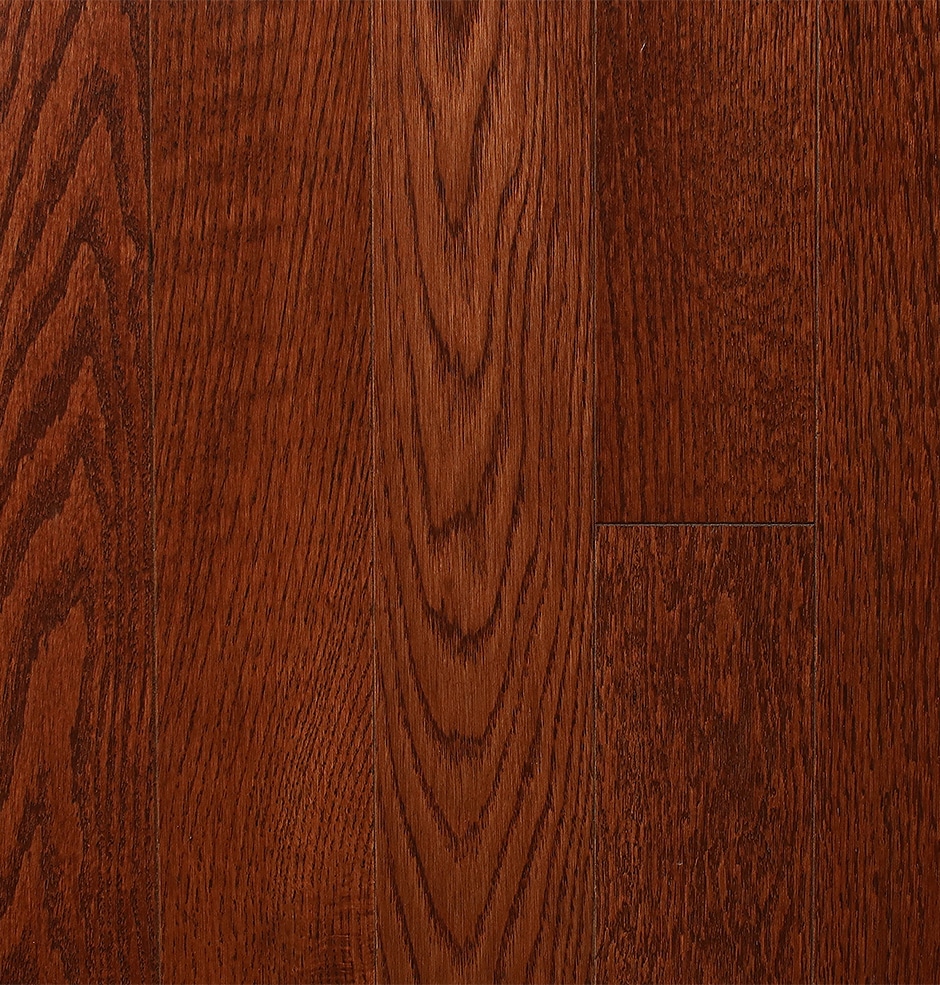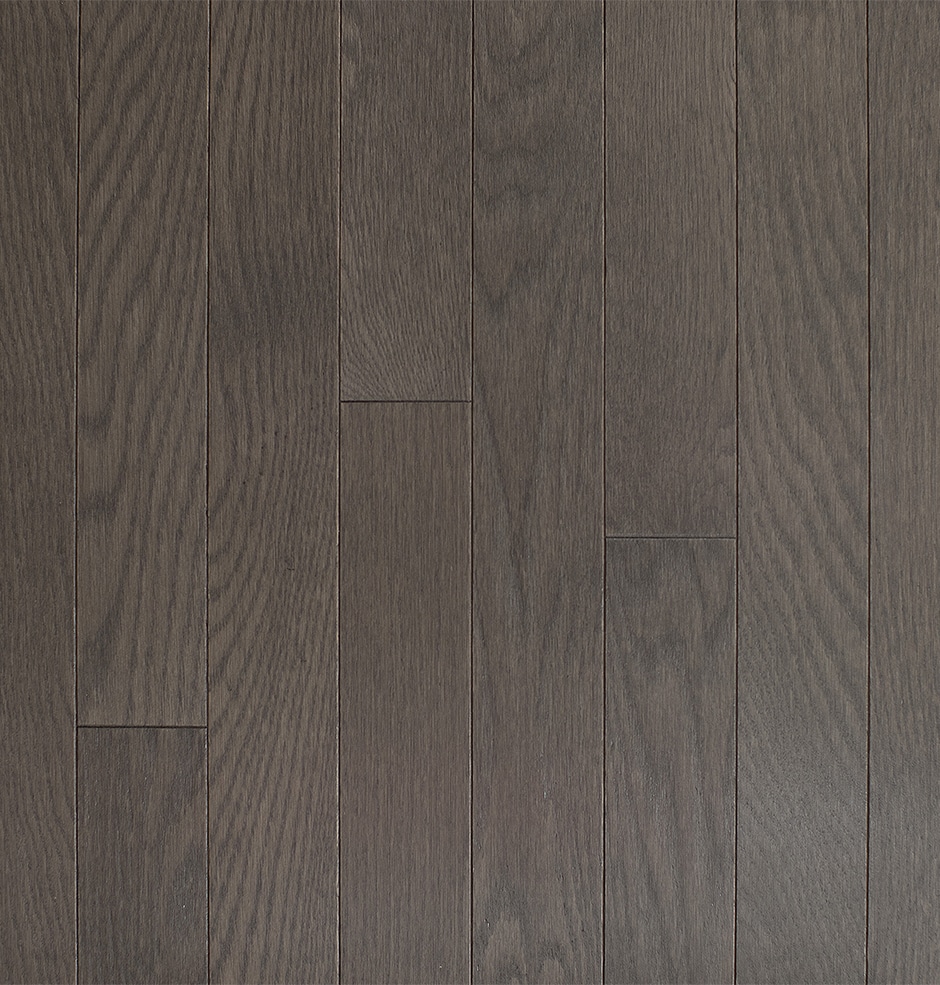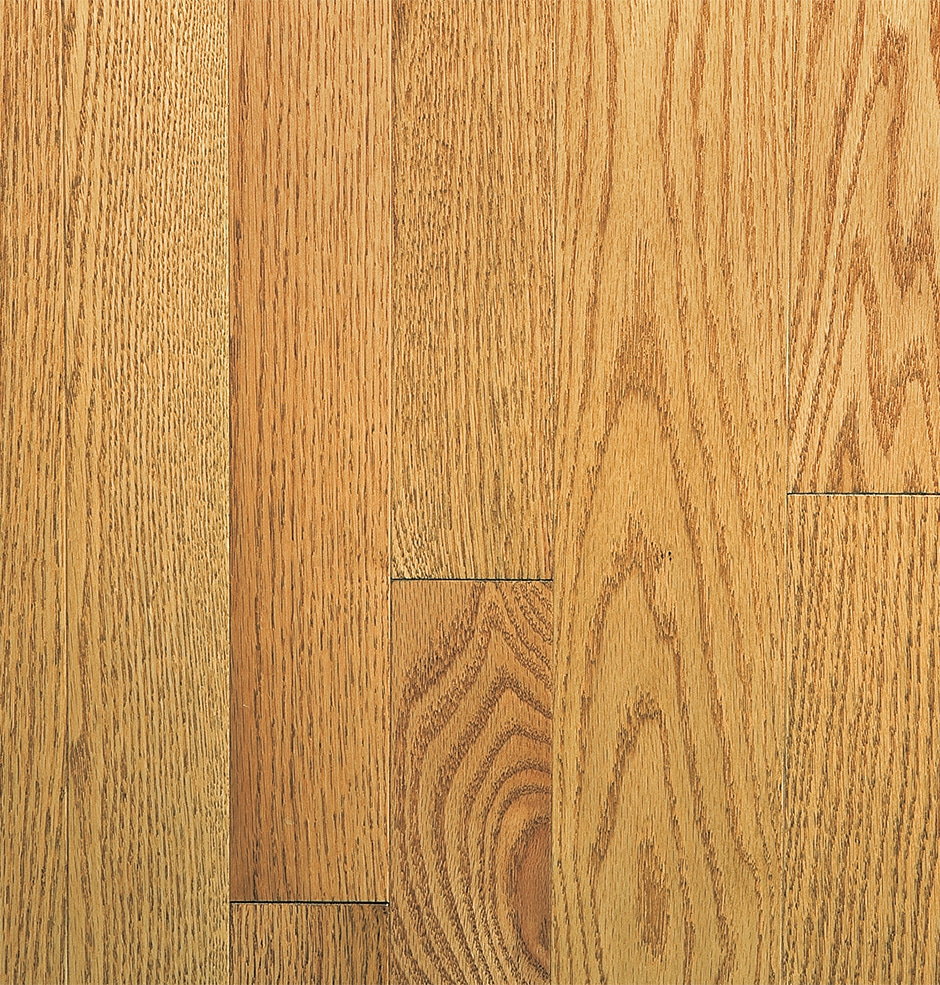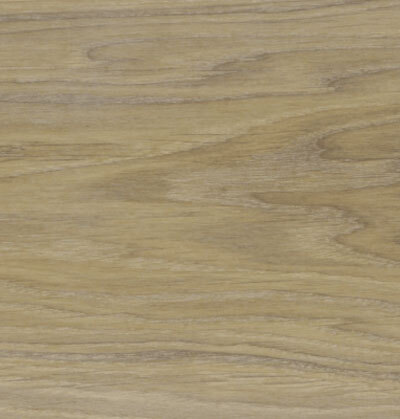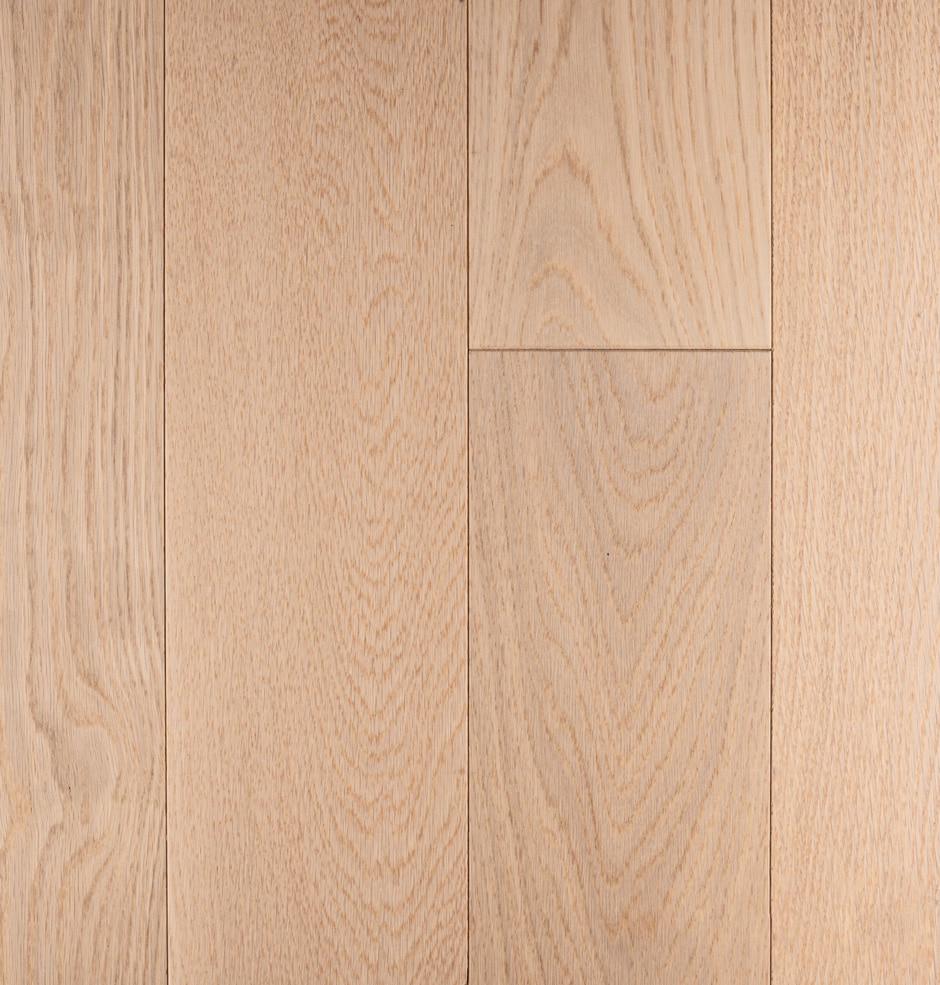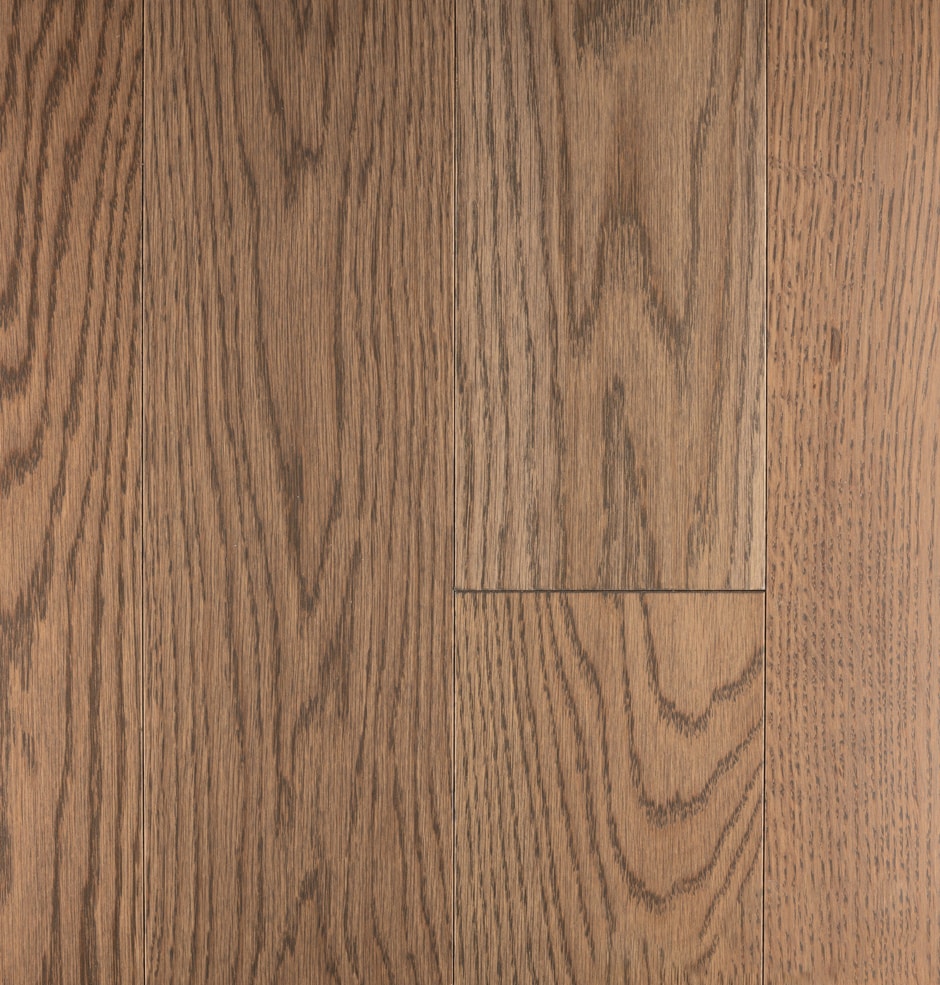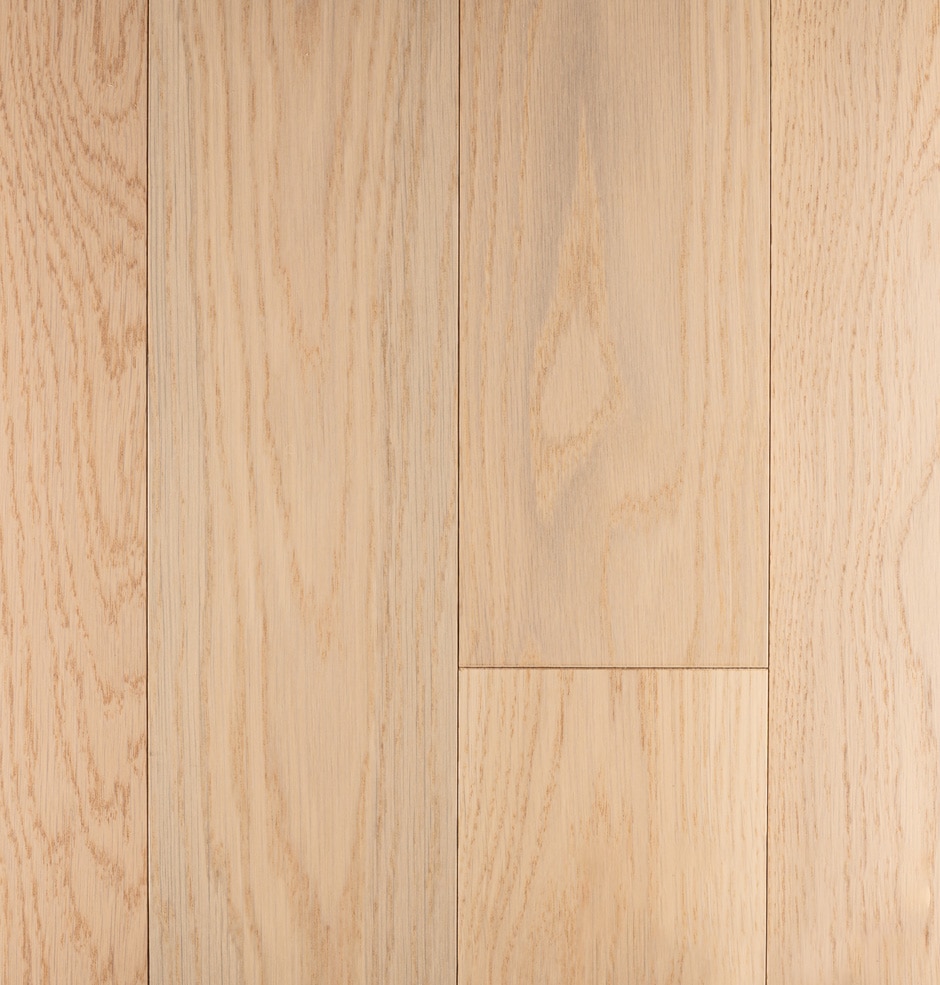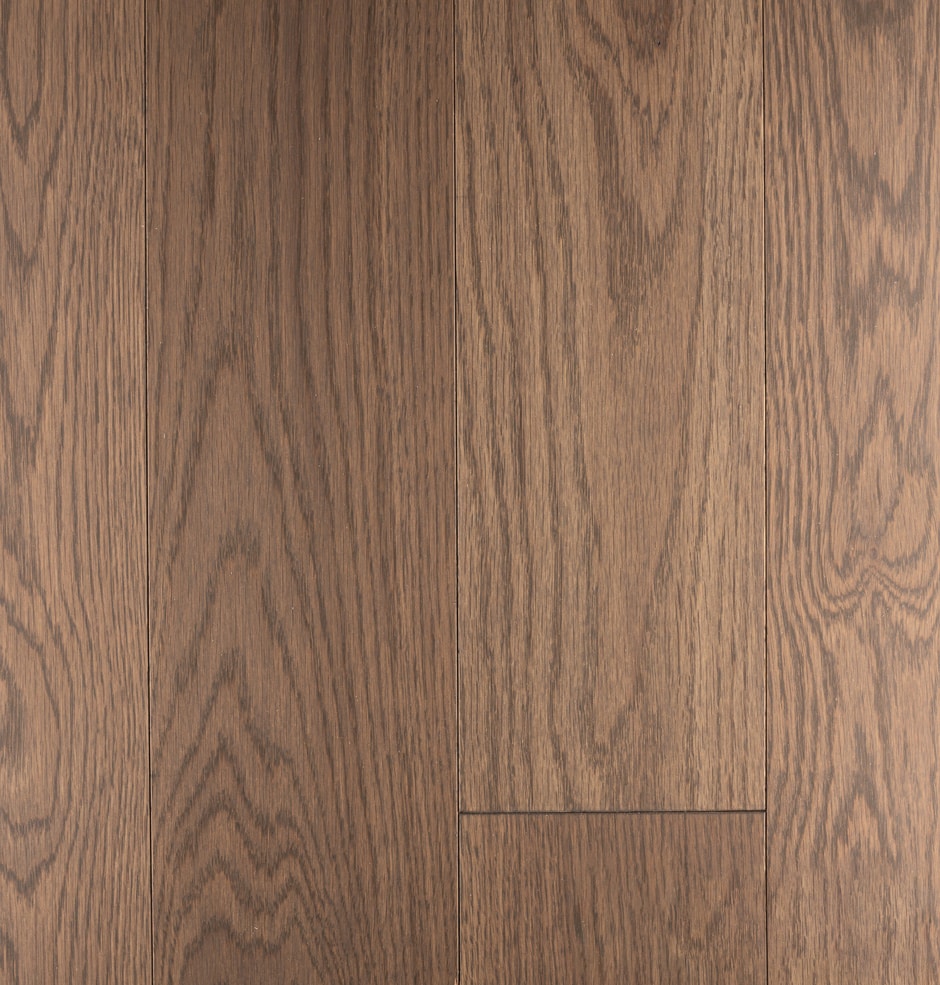

Engineered Hardwood
Rustic Wood Floor Supply is a trusted provider of premium engineered hardwood flooring in Atlanta, Georgia. Ideal for moisture-prone spaces like basements, engineered hardwood offers superior stability over solid wood, reducing warping and expansion caused by humidity. This flooring solution features a genuine hardwood surface atop a multi-layer core, ensuring durability and longevity. With a vast selection of colors, finishes, and textures—such as wire-brushed and distressed—homeowners can achieve a customized aesthetic that complements any interior. Unlike traditional hardwood, engineered options simplify installation, eliminating sanding and staining. Whether renovating a home or designing a new space, our expertly crafted flooring solutions provide lasting beauty and resilience, making us a top choice for quality wood flooring in Atlanta.
Cordalera Lakes Colletion – Engineered Hardwood
5/8″ Thick | 4mm Veneer | UV Finish
Why Choose Engineered Hardwood in Atlanta?
At Rustic Wood Floor Supply (RFWS), we are dedicated to providing engineered hardwood flooring that exceeds expectations in both performance and style. Our commitment to innovation, quality, and customer satisfaction makes us the ideal choice for homeowners and contractors alike.
Benefits of Engineered Hardwood in Atlanta:
Engineered hardwood flooring offers numerous advantages for homeowners in Atlanta. With its innovative construction and stylish design, this flooring option is an ideal choice for both modern and traditional homes. Discover the key benefits below:
Moisture Resistance
Engineered hardwood’s layered structure is designed to withstand high humidity and moisture levels, making it especially suitable for Atlanta’s varying climate conditions.
Enhanced Durability & Stability
The multi-layer construction provides increased stability, reducing the risk of warping or expansion over time, even in challenging environments like basements.
Versatile Aesthetic Appeal
Available in a variety of colors, textures, and finishes, engineered hardwood flooring allows for endless customization to match any decor style.
Easy Maintenance
Engineered hardwood requires minimal upkeep, with simple cleaning routines that keep your floors looking fresh and new.
Quick & Efficient Installation
The design of engineered hardwood facilitates a faster installation process, ensuring that your renovation project is completed with minimal disruption.
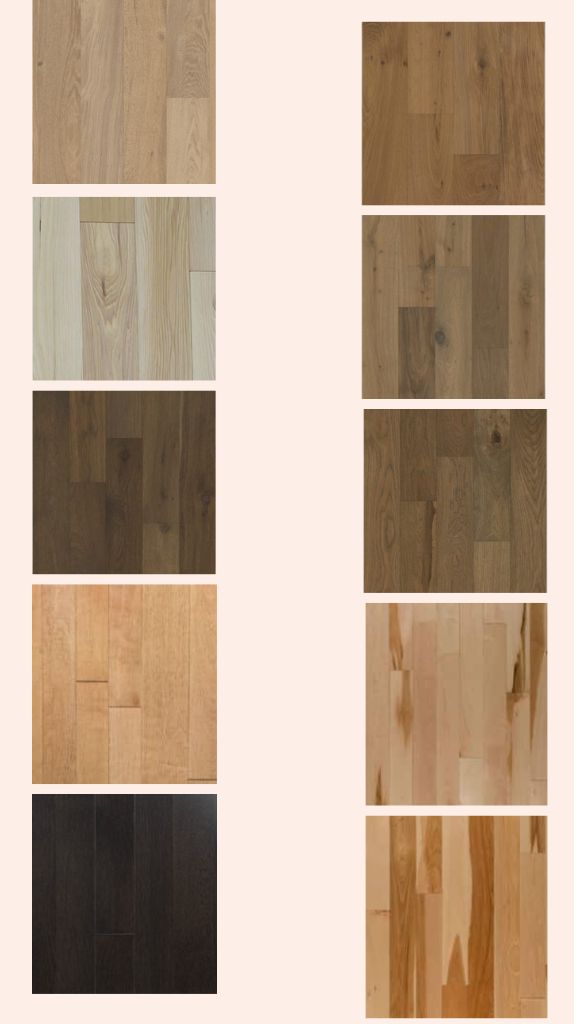
Which Engineered Hardwood Brands Do We Offer in Atlanta?
At flooring store Atlanta, we proudly offer a carefully curated selection of engineered hardwood flooring brands that meet the highest standards of quality, durability, and aesthetic appeal. We source from trusted manufacturers like WD and Ten Oaks, ensuring our customers have access to premium options that suit a range of styles and budgets.
Our partnered mills are known for their precision milling, innovative construction, and long-lasting performance. Many of our engineered hardwood selections are crafted in the USA, while we also provide select exotic species from globally recognized suppliers. Each brand we carry is a member of the National Wood Flooring Association (NWFA), ensuring proper wood grading and ethical production practices.
To guarantee longevity and stability, we conduct rigorous quality checks, including moisture level inspections, ensuring that our engineered hardwood flooring maintains its structural integrity over time. Whether you’re a contractor seeking reliable materials or a homeowner looking for beautiful and resilient flooring, our collection offers the perfect blend of craftsmanship, style, and performance.

Naturale Elegance is a brand celebrated for its remarkable fusion of performance, aesthetics, and simplicity. The company offers a diverse selection of engineered hardwood flooring options designed to cater to the requirements of a wide range of customers. Naturale Elegance prioritizes crafting products that resonate with both consumers and contractors, and its engineered hardwood flooring exemplifies this commitment. It delivers outstanding quality while remaining budget-friendly, making it a popular choice among consumers. The brand’s unwavering dedication to producing high-quality products that seamlessly combine practicality with style has been instrumental in establishing its reputation in the flooring industry.
Naturale Elegance places a strong emphasis on environmentally conscious practices, including responsible tree harvesting methods employed in crafting its engineered hardwood flooring. This approach helps prevent over-harvesting and promotes sustainable forestry practices. Furthermore, the veneer finishes utilized are water-based, resulting in reduced emissions of volatile organic compounds (VOCs) during the manufacturing process. These practices underscore Naturale Elegance’s commitment to environmental protection and the promotion of a sustainable future for generations to come.
Roosevelt
Lena
Broadleaf
Hickory Engineered Hardwood
Maple Engineered Hardwood
Red Oak Engineered Hardwood
White Oak Engineered Hardwood
Available Styles of Engineered Hardwood Cuts in Atlanta
- Plain Sawn Flooring:
The most traditional and efficient cutting method, plain-sawn flooring maximizes usable wood from each log, yielding approximately 80-85% of the log. This style features mixed growth rings throughout the board, creating the signature cathedral arches on the surface.
- Live Sawn Flooring:
A growing favorite, live-sawn flooring offers more character and variation compared to plain-sawn cuts. Popular in Europe and Asia, this method cuts straight through the log, utilizing nearly 90% of the material. It retains the cathedral pattern in the center of the plank while displaying more straight grain along the edges, giving each board a unique aesthetic.
- Quarter Sawn Flooring:
By quartering the log before cutting, this method produces boards with a distinctive flecked grain pattern. Quarter-sawn wood is highly stable and resistant to warping, but it only yields about 50-60% of the log, making it more expensive due to increased waste during production. Unlike plain or live-sawn cuts, it lacks the cathedral grain.
- Rift Sawn Flooring:
Cut from the outer edge of the log at a 30- to 60-degree angle, rift-sawn flooring delivers a clean, uniform appearance with minimal grain variation. This method produces only 30-50% usable wood, making it the most expensive cut. The precise cutting technique creates a sleek, linear grain pattern, making it a refined choice for modern and elegant spaces.

TESTIMONIAL
Frequently Asked Questions
Yes, most engineered hardwood floors come pre-sealed with a factory-applied finish, making them ready to install without additional sealing.
Yes and no. Engineered hardwood is wood, so, it is as durable as solid hardwood. However, you are unlikely to be able to refinish it so you need to be sure to maintain the floor and buff & coat if possible every few years to ensure your investment lasts a long time.
Following are the top advantages:
- Colors – You will notice that engineered flooring has more color options than maybe you are used to. Not that site finish on solid hardwood flooring you can’t get these colors – it is usually hard and can be time-consuming. Most engineered flooring has multi-layered colors that are not easily reproducible with stains.
- No sanding – While sanding does take an extra day or 2 engineered flooring allows for anyone to install and be done after installation
- Cheaper price points – While cheaper isn’t always better, not everyone has money for solid hardwood. However, cheaper usually has more issues so be careful which cheap option you choose.
Coming from an industry professional, below are real disadvantages of engineered hardwood flooring that traditional flooring stores will not tell you or warn you about prior to buying flooring. Remember, we sell every flooring – we just make sure to fully educate our client’s customers to the fullest for the most informed decision before spending thousands to only find out the choice was wrong for them.
- Unable to refinish – most engineered flooring has small wear layers, hand scraping, or something else that does not allow for resanding. ONLY 4mm with no distressing can really be truly refinished 1-2 times.
- Delamination – these products use many layers of wood to create their product. You need to understand this is not one solid piece of wood and glue can and will fail.
- Different cuts expand and contract differently – Different manufacturers to get certain price points will use cheap wood that produces issues when it gets cold or heats up.
- More noise – You are putting many layers down that are thin. The nail that goes through these materials usually does not set correctly, why we recommend a glue assist. These nails will produce noise if not set correctly. Pops are within spec.
I mean, this one is impossible to truly answer. However, Ideally, even if you do not believe it solid hardwood is probably better overall. That does not mean that engineered flooring is not ideal for certain applications or homes. Solid hardwood is longer lasting since you are able to refinish it. Engineered is possibly better for you if you desire a very specific color, the flooring is going below grade and your timeline is very slim.
Engineered hardwood typically lasts between 20 and 30 years.
Because they do have a top layer of hardwood, like solid hardwood, they are susceptible to scratches.
If scratch resistance is important to you, look for engineered hardwood floors with a scratch-resistant top coat. Small scratches on engineered hardwood can be repaired a wax repair kit or a cotton cloth and some rubbing alcohol.
Since the popularity of engineered hardwood has grown, solid hardwood is generally on par with most higher end engineered floors. Cheaper floors like 3/8″ flooring will still be cheaper.
While engineered hardwood may look similar to laminate flooring, they are not the same.
Engineered hardwood contains a top layer of solid wood, while laminate flooring has a photographic layer coated with a wear-layer that appears to look like a wood surface.
In addition, laminate flooring is usually thinner than engineered hardwood.
This question really depends on a lot of factors. First and foremost, if you have major water damage the floor is ruined. Usually engineered floors are unable to be sanded since there is distressing, bevels and other things making sanding impossible. If you have no major damage a floor should last 20-30 years if maintained and you buff and coat the floor.
Engineered flooring is typically between 3/8” to 3/4” thick, whereas solid hardwood is 1/2” to 3/4“ thick.
When compared to other flooring options, engineered hardwood floors offer the following advantages:
- Affordability: Engineered hardwood flooring falls on the lower end of the wood flooring price scale, typically ranging from $4–$10 per square foot depending on thickness and species.
- Moisture-resistant: Although standard engineered hardwood isn’t waterproof, it does boast excellent water resistance, making it a better choice for moist environments such as kitchens and bathrooms.
- Easy to maintain: Engineered wood floors simply need regular sweeping or gentle vacuuming to maintain, and may occasionally be mopped with a wet mop and neutral cleaner to restore shine to their surface.
- Quick installation: The click-and-lock system offered by engineered wood flooring allows for a quick and easy installation.

